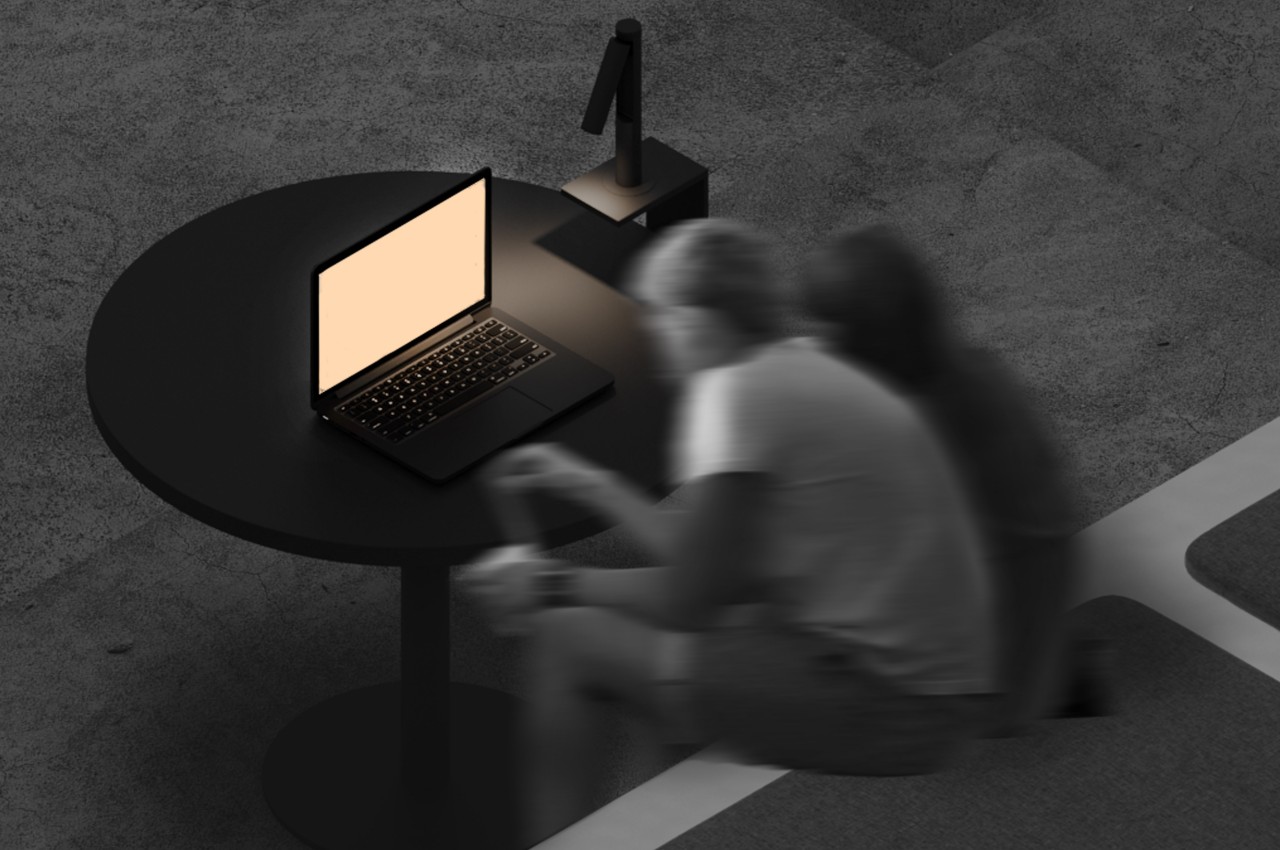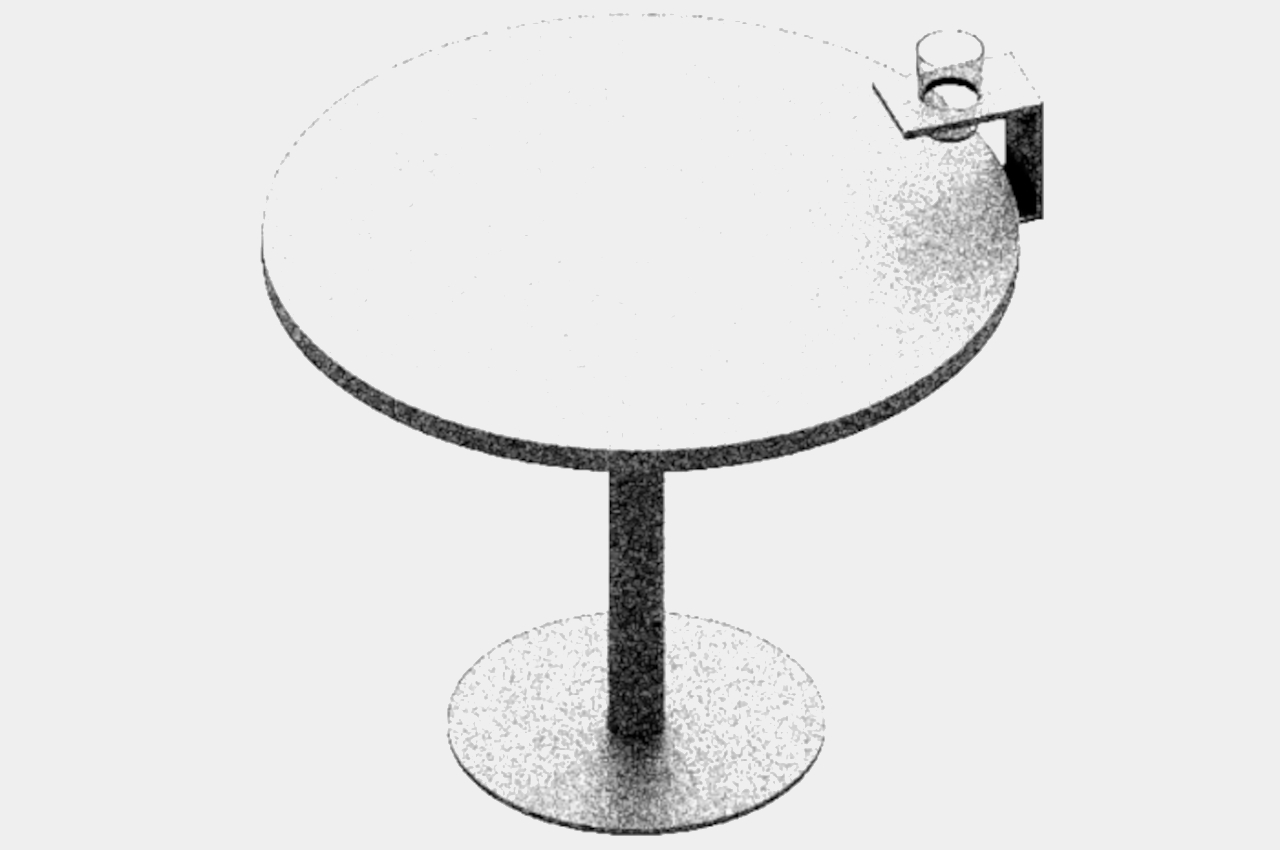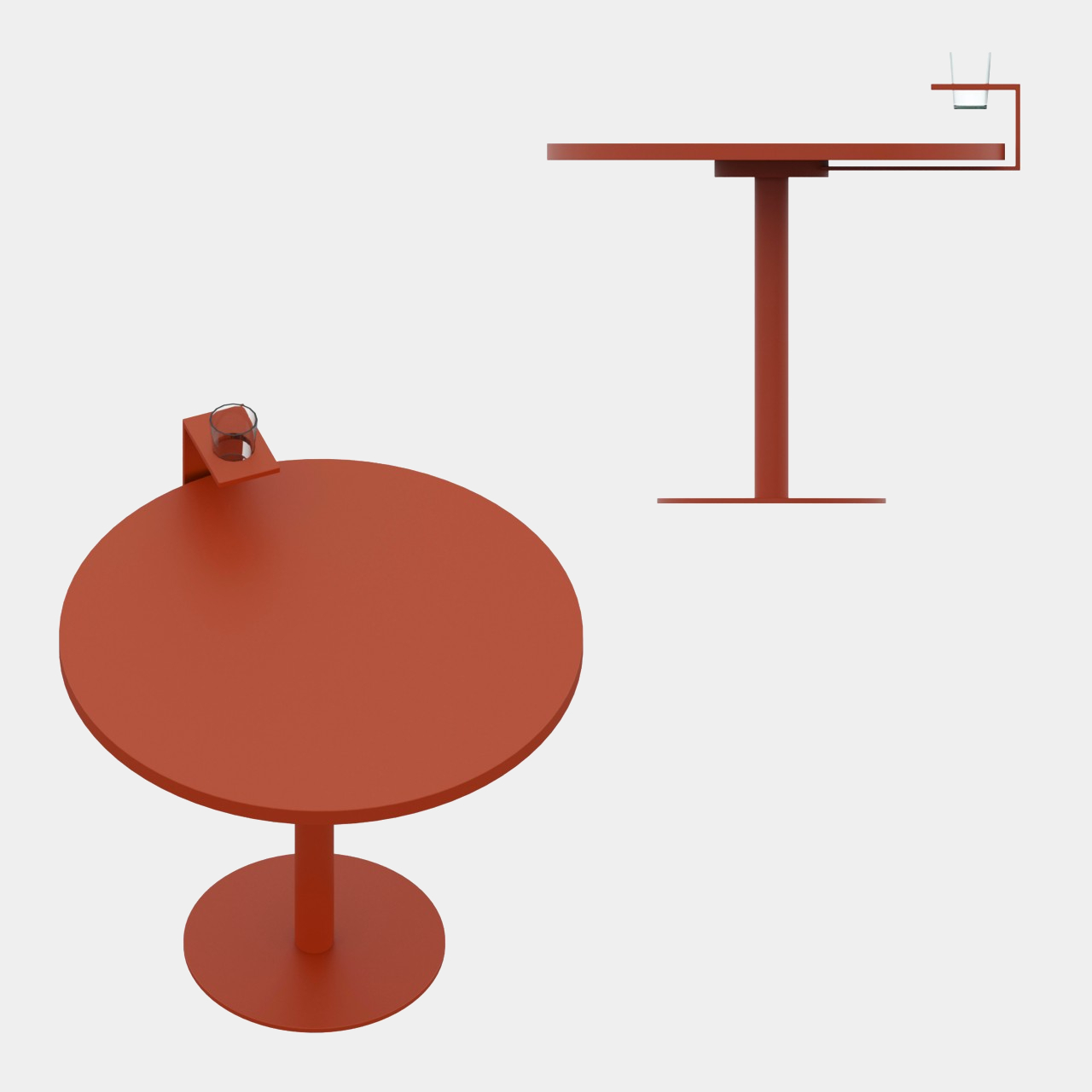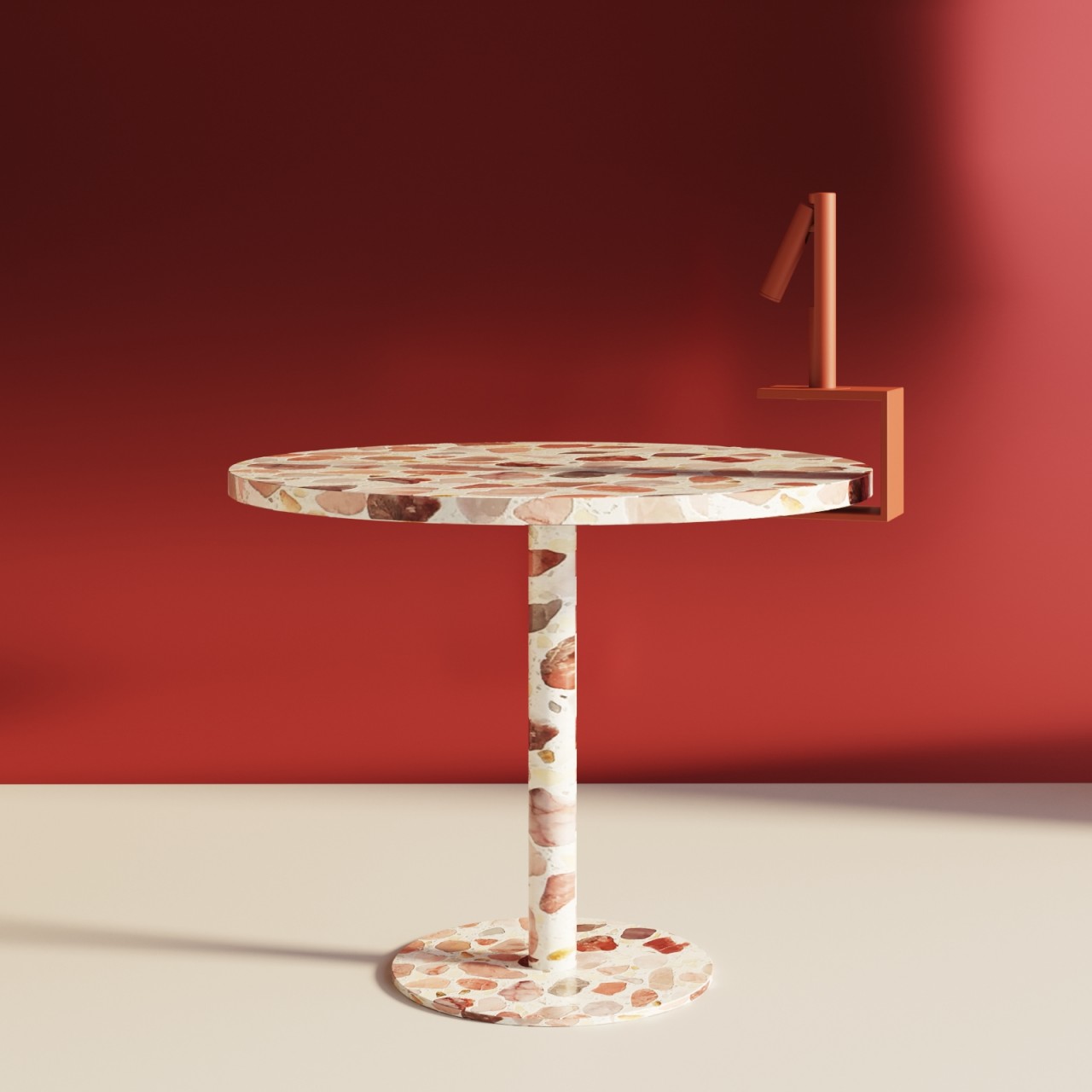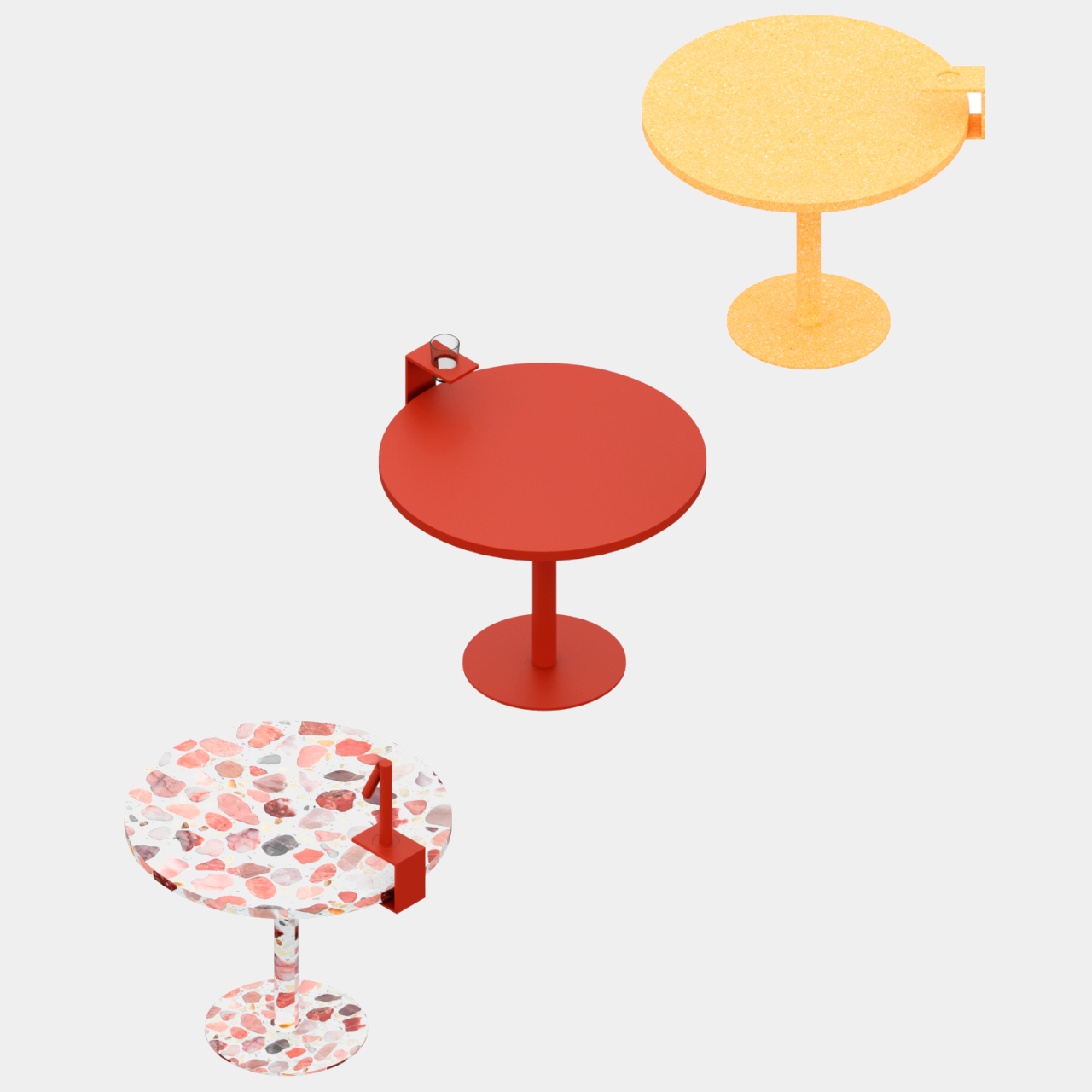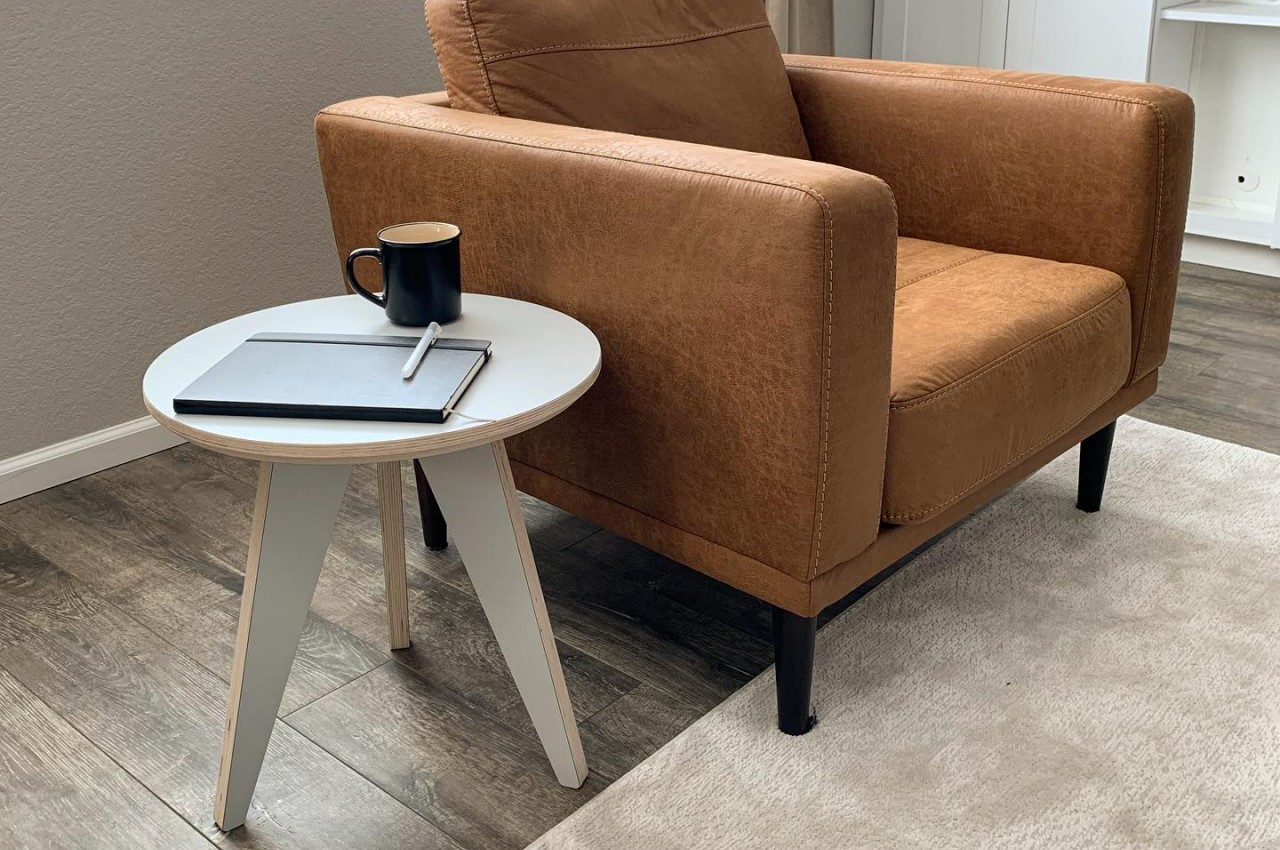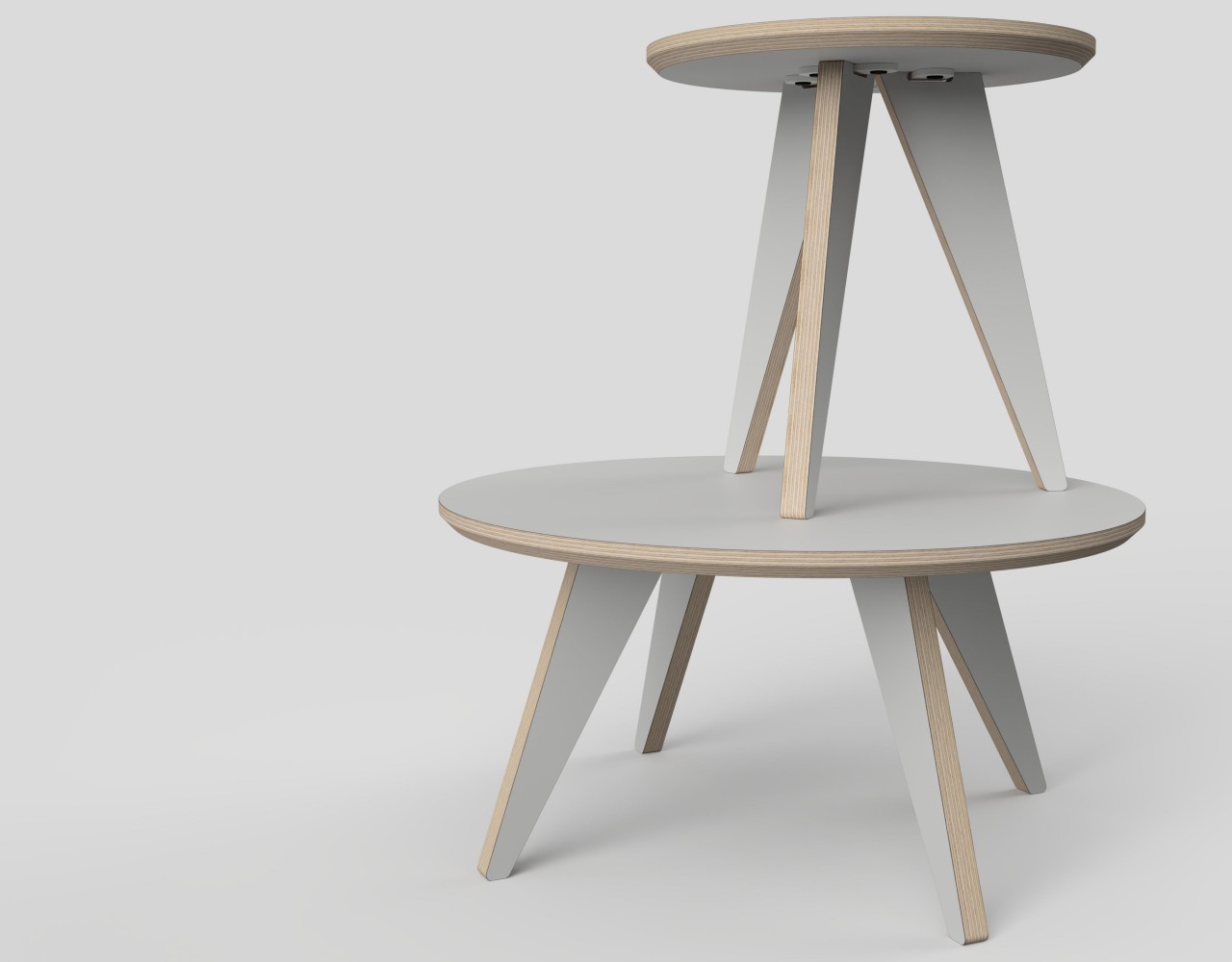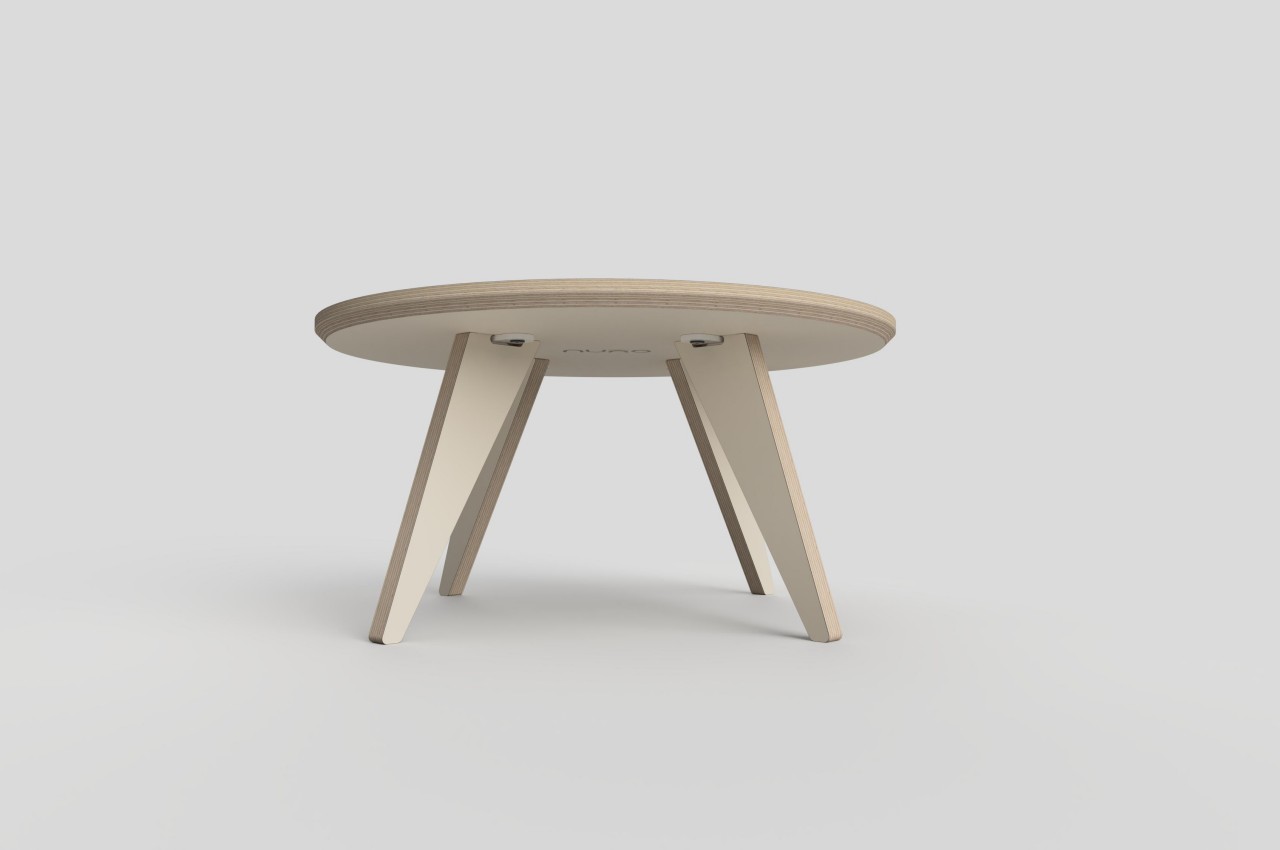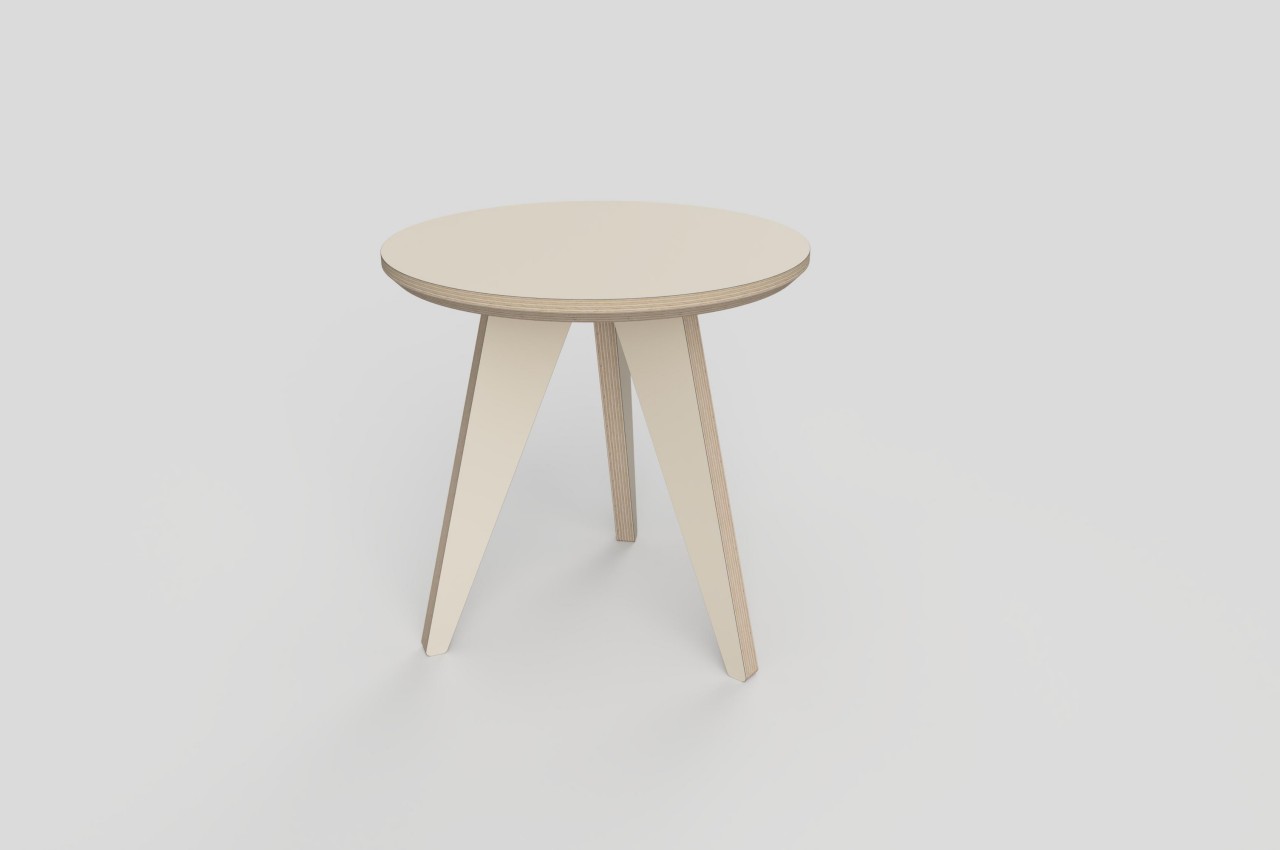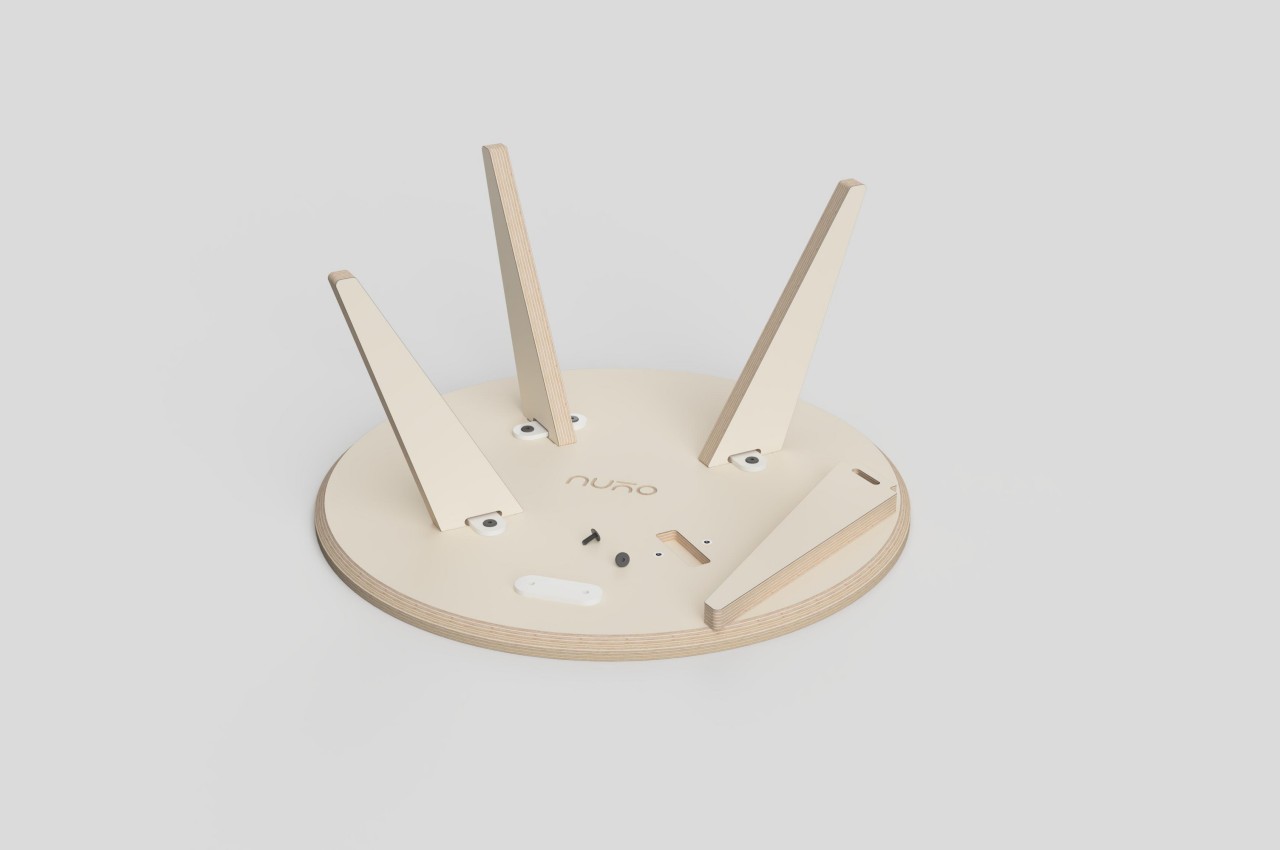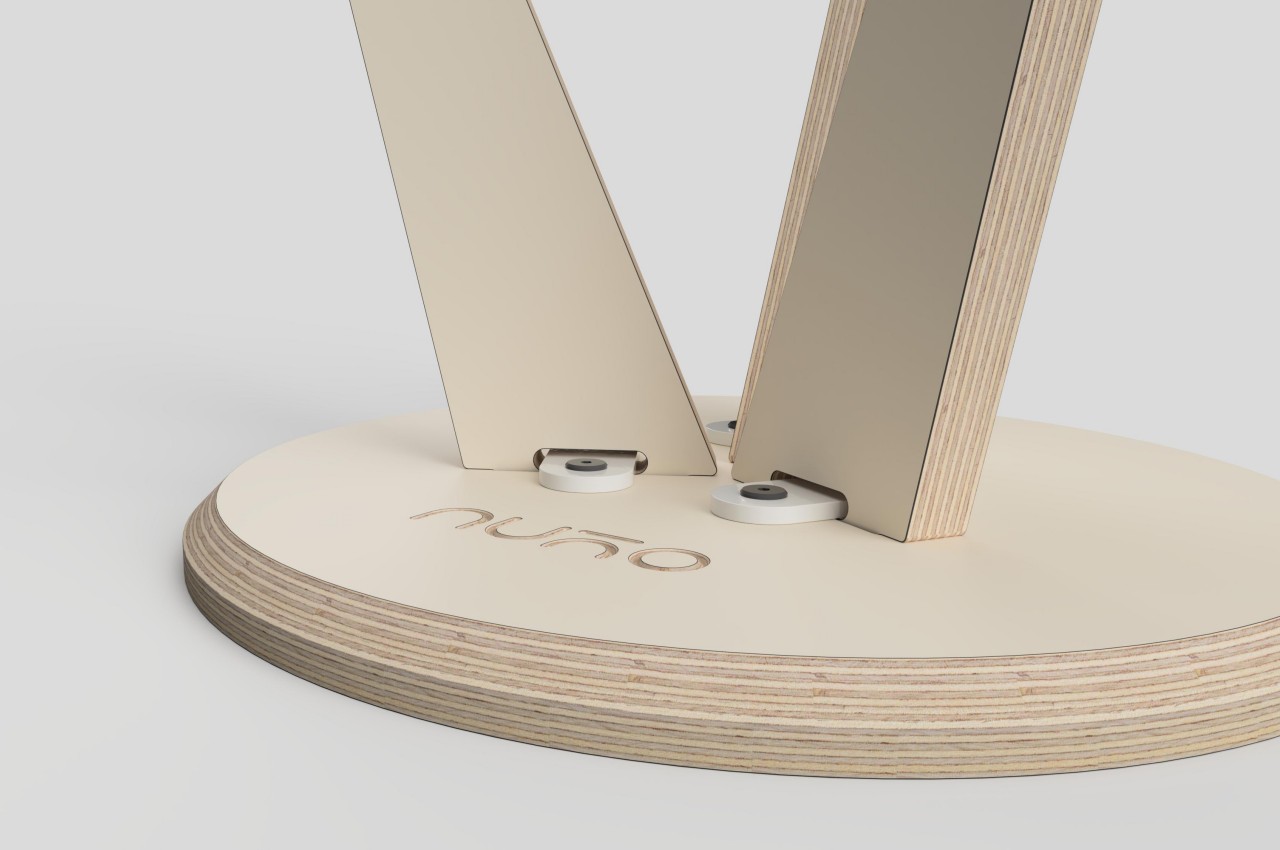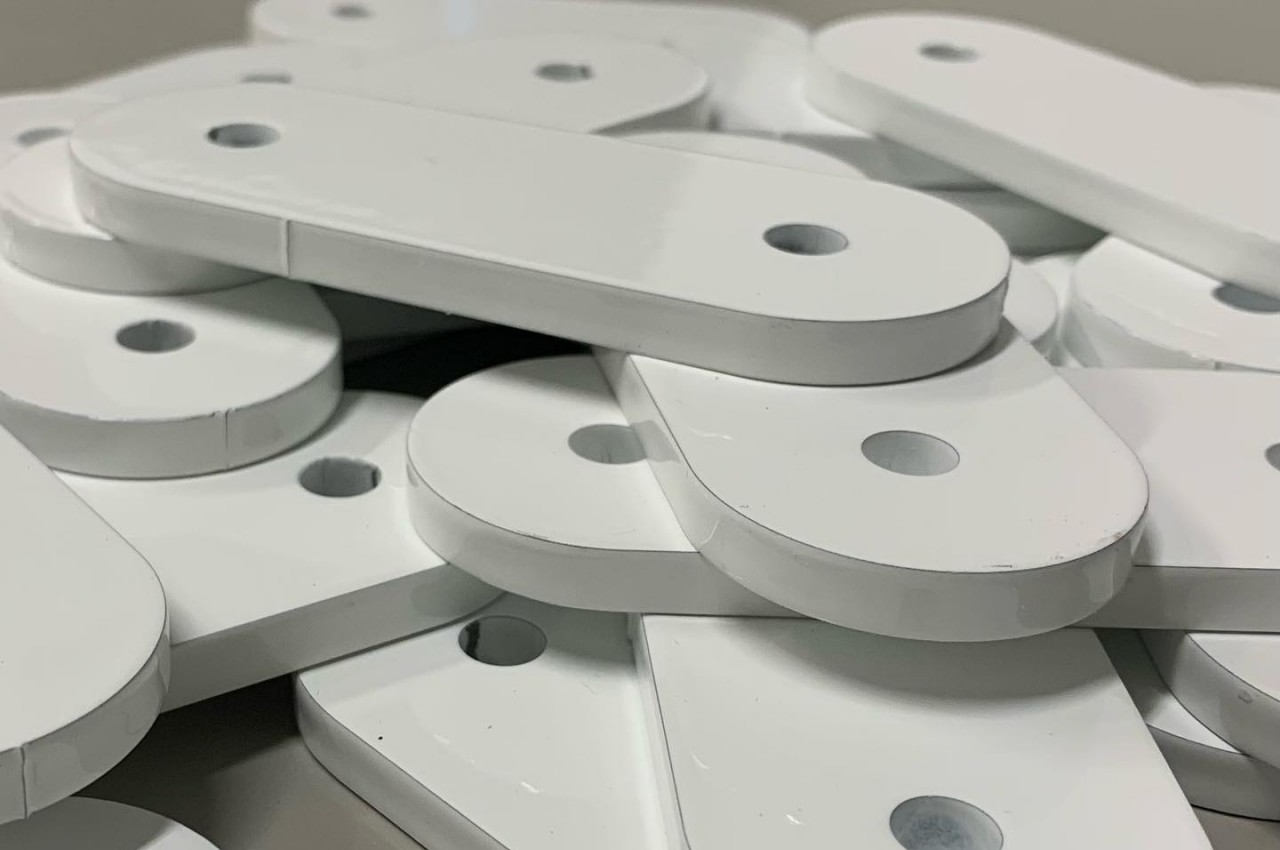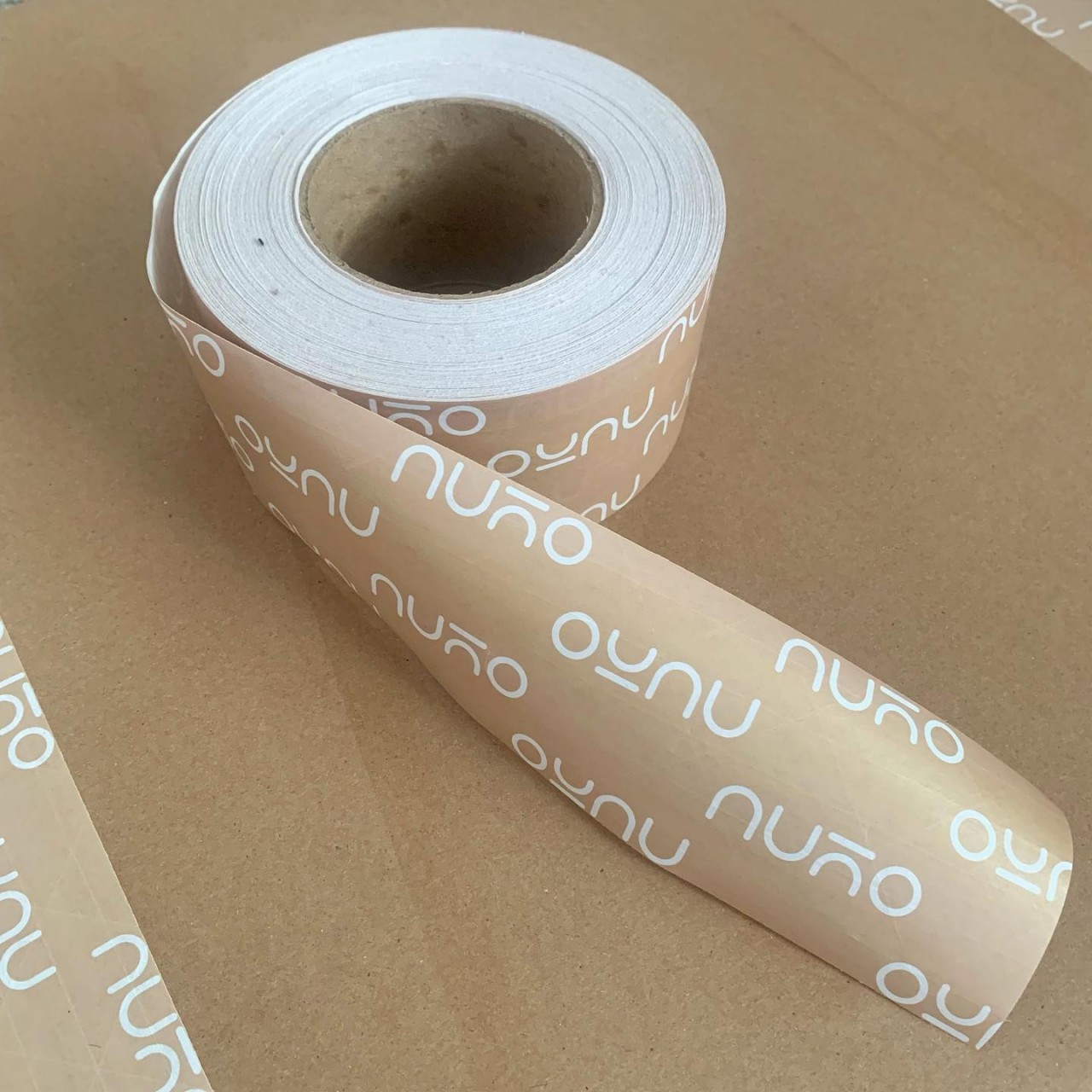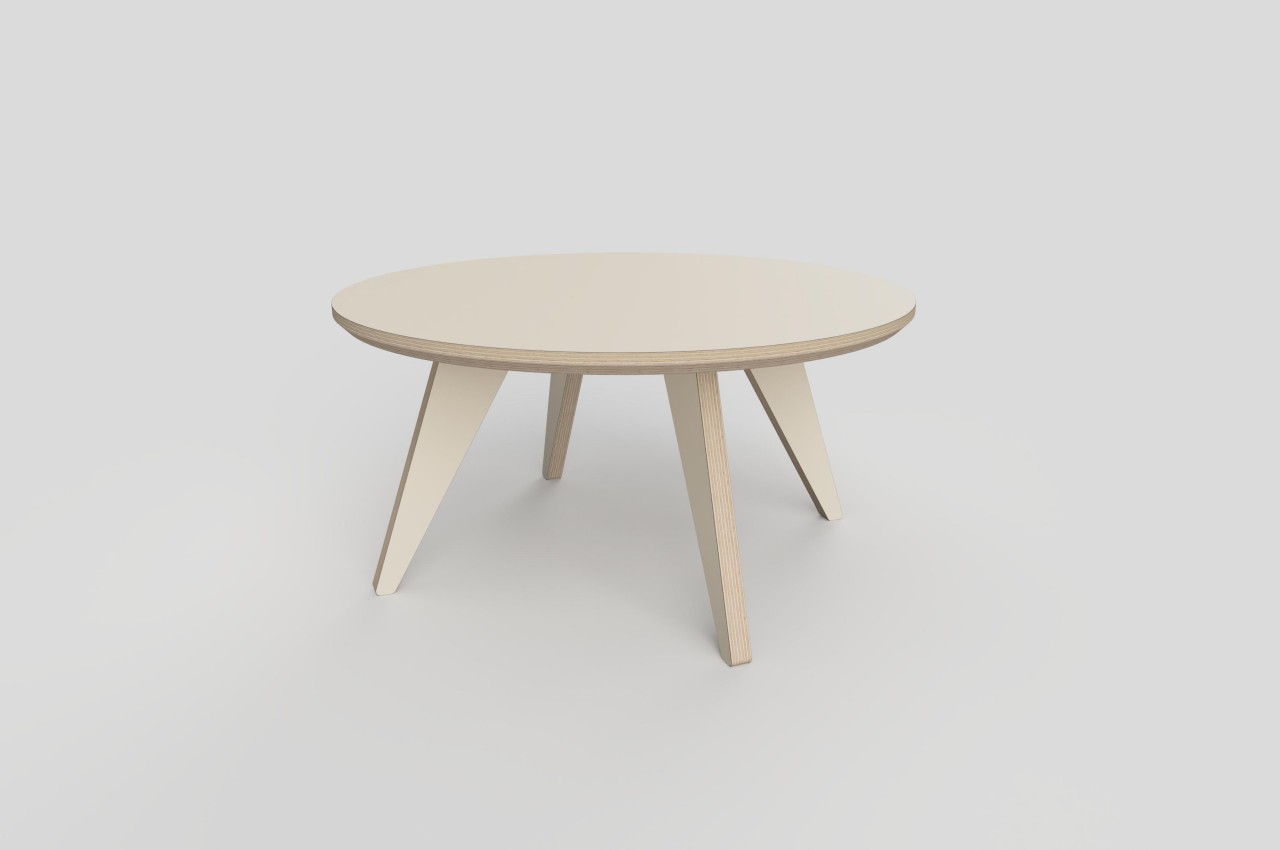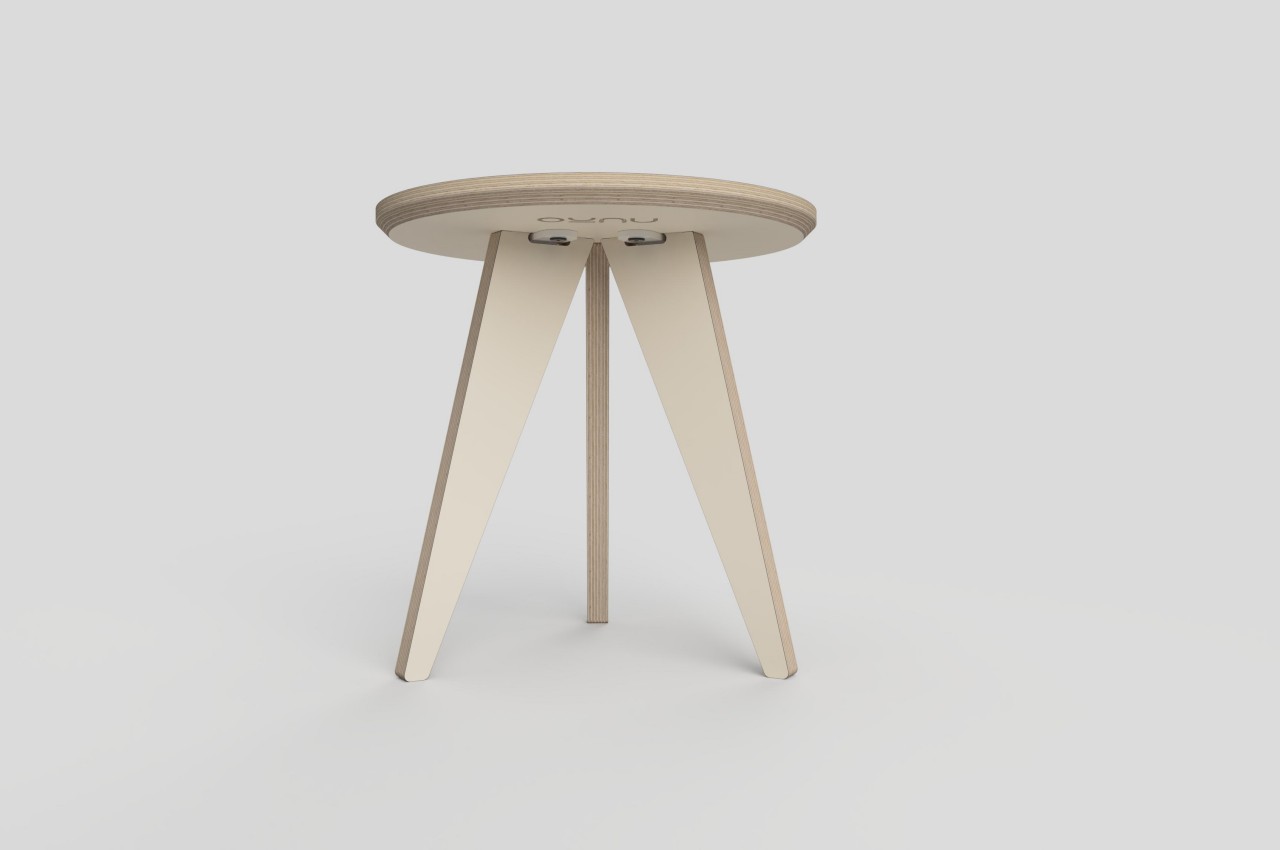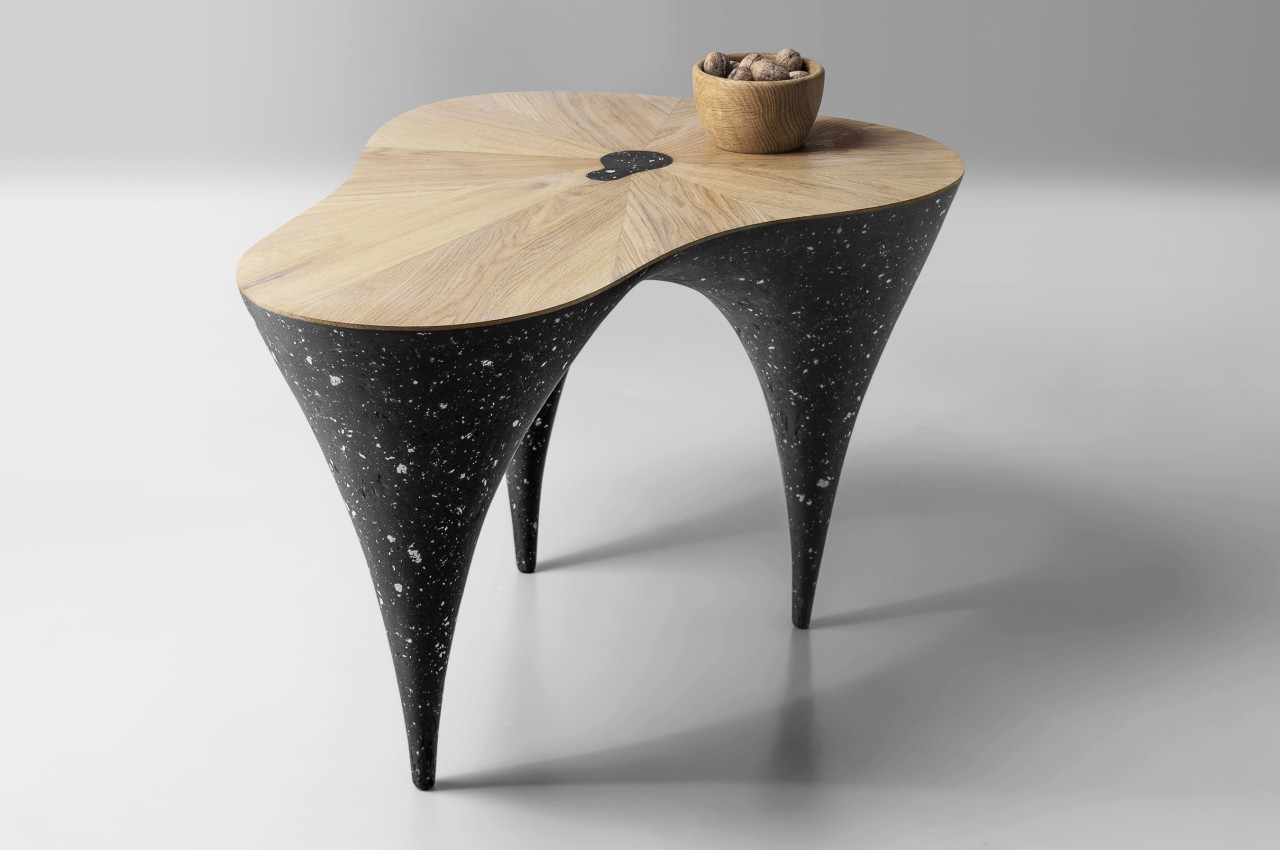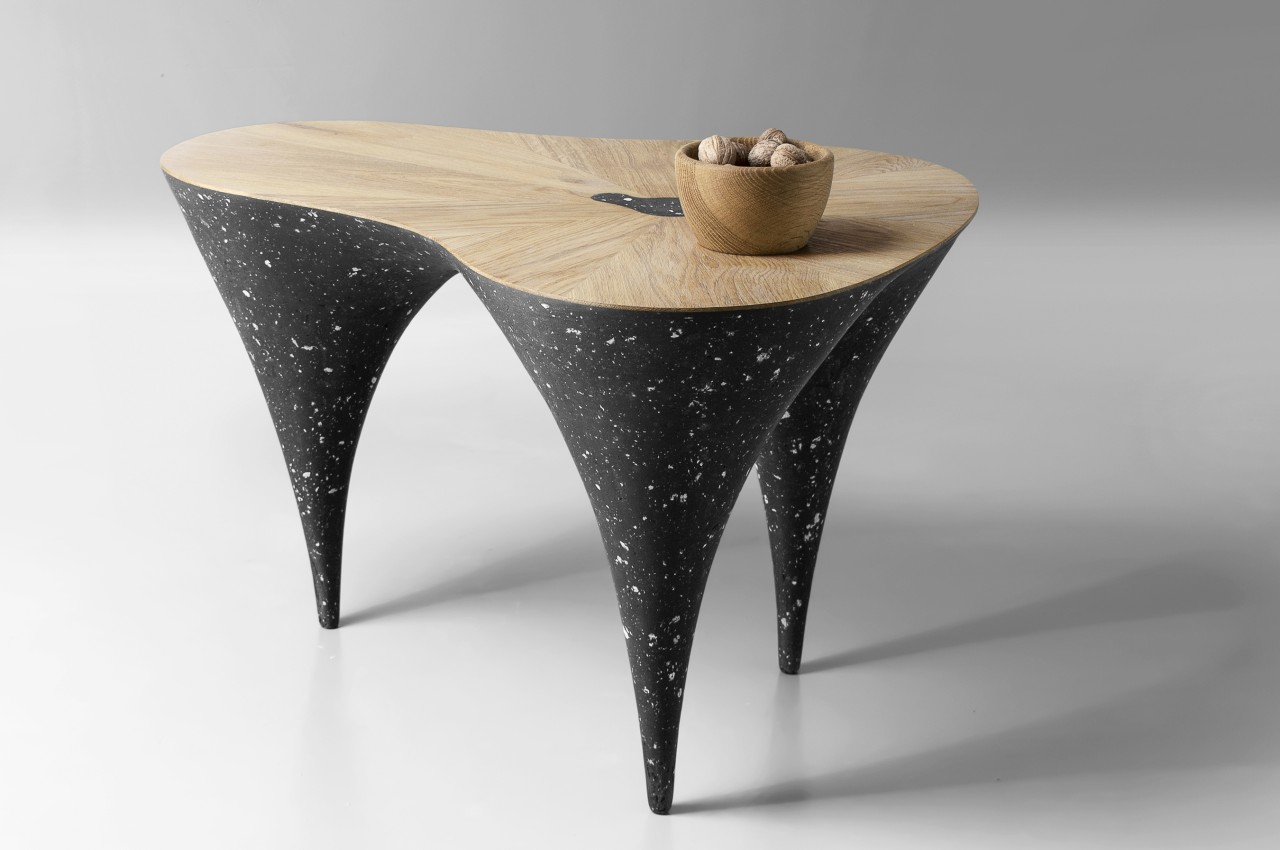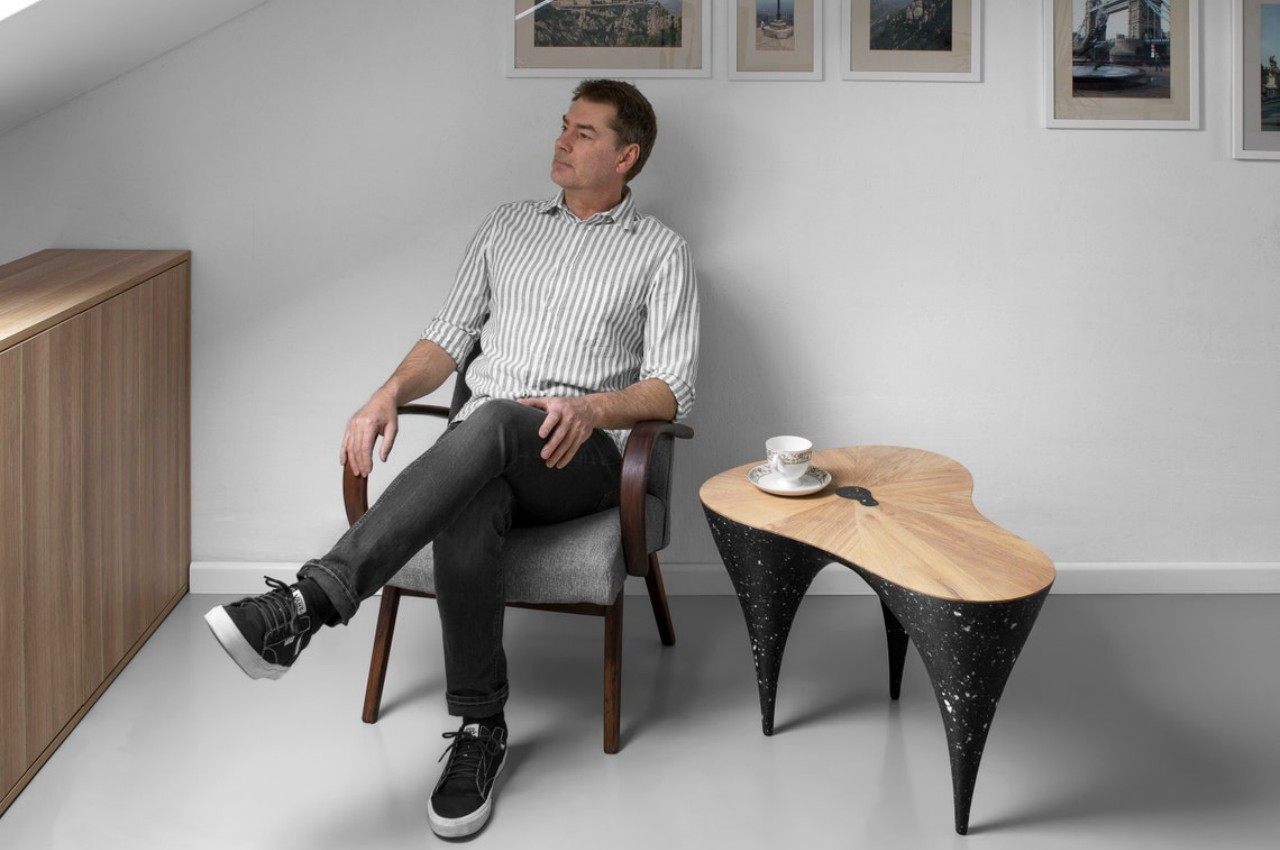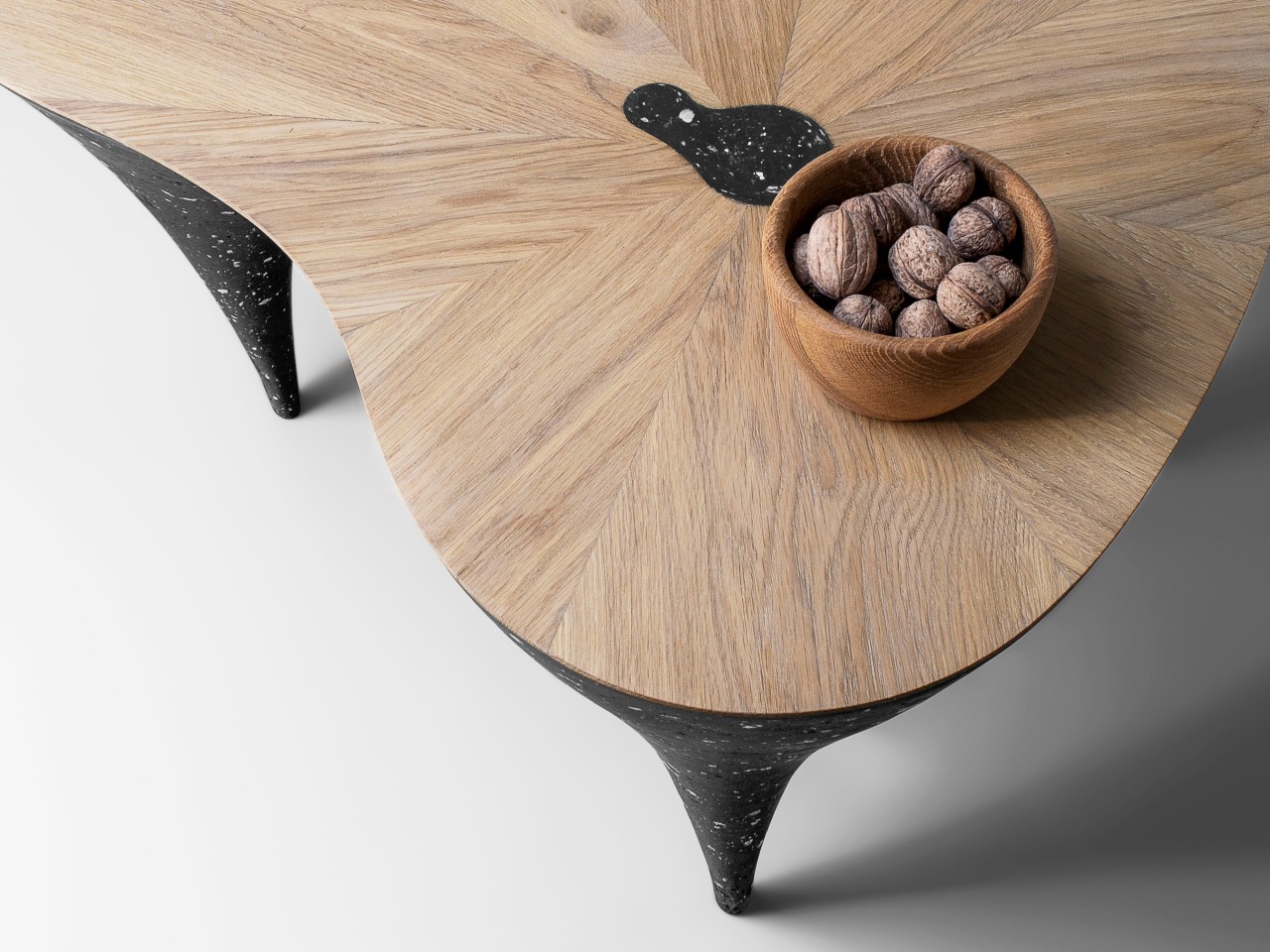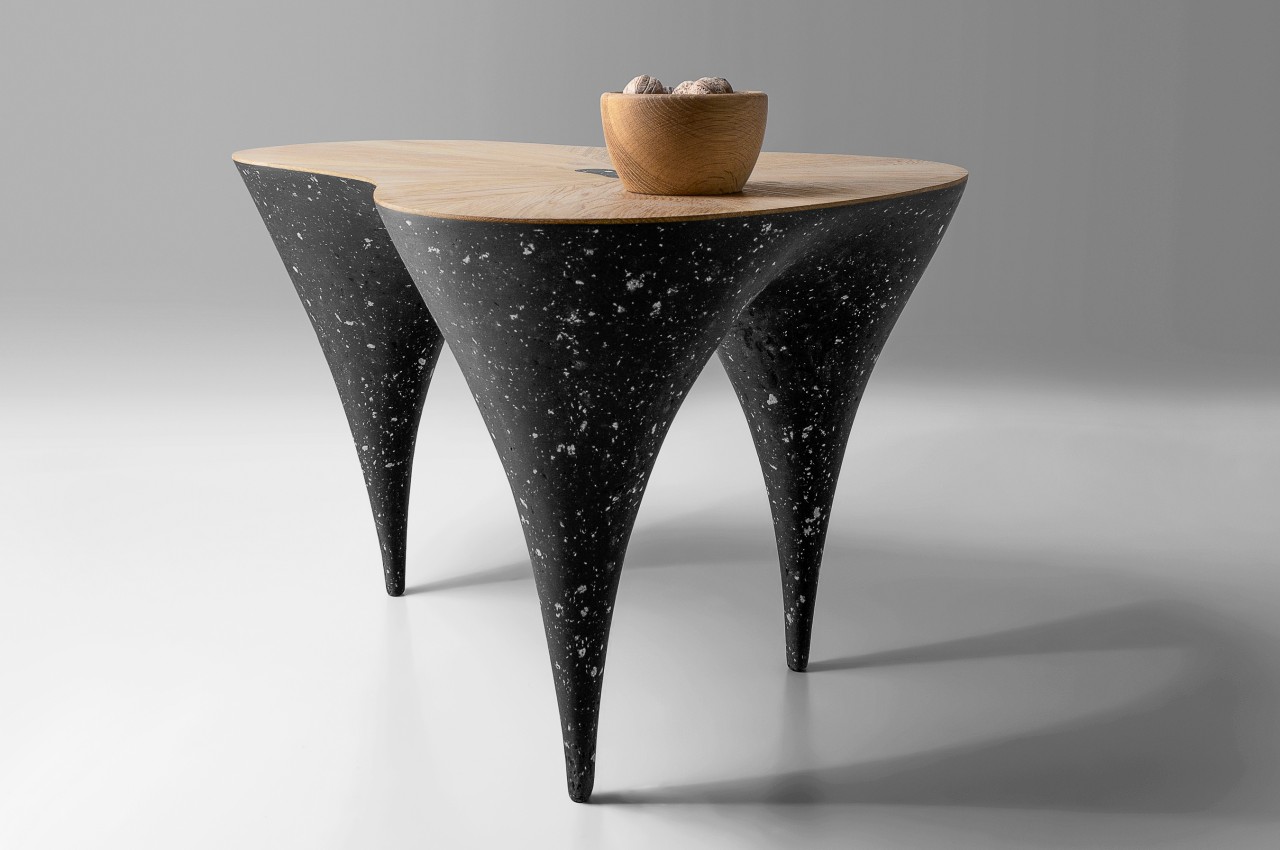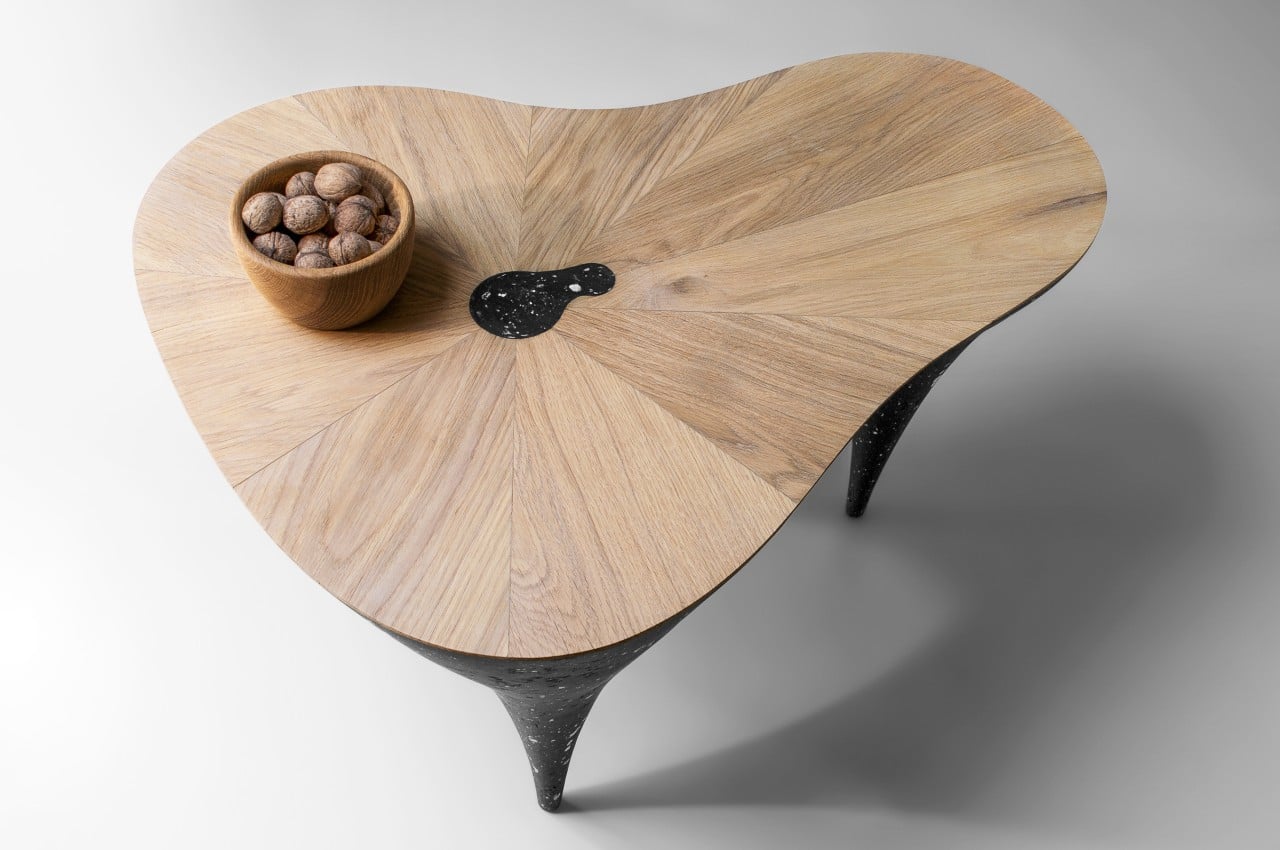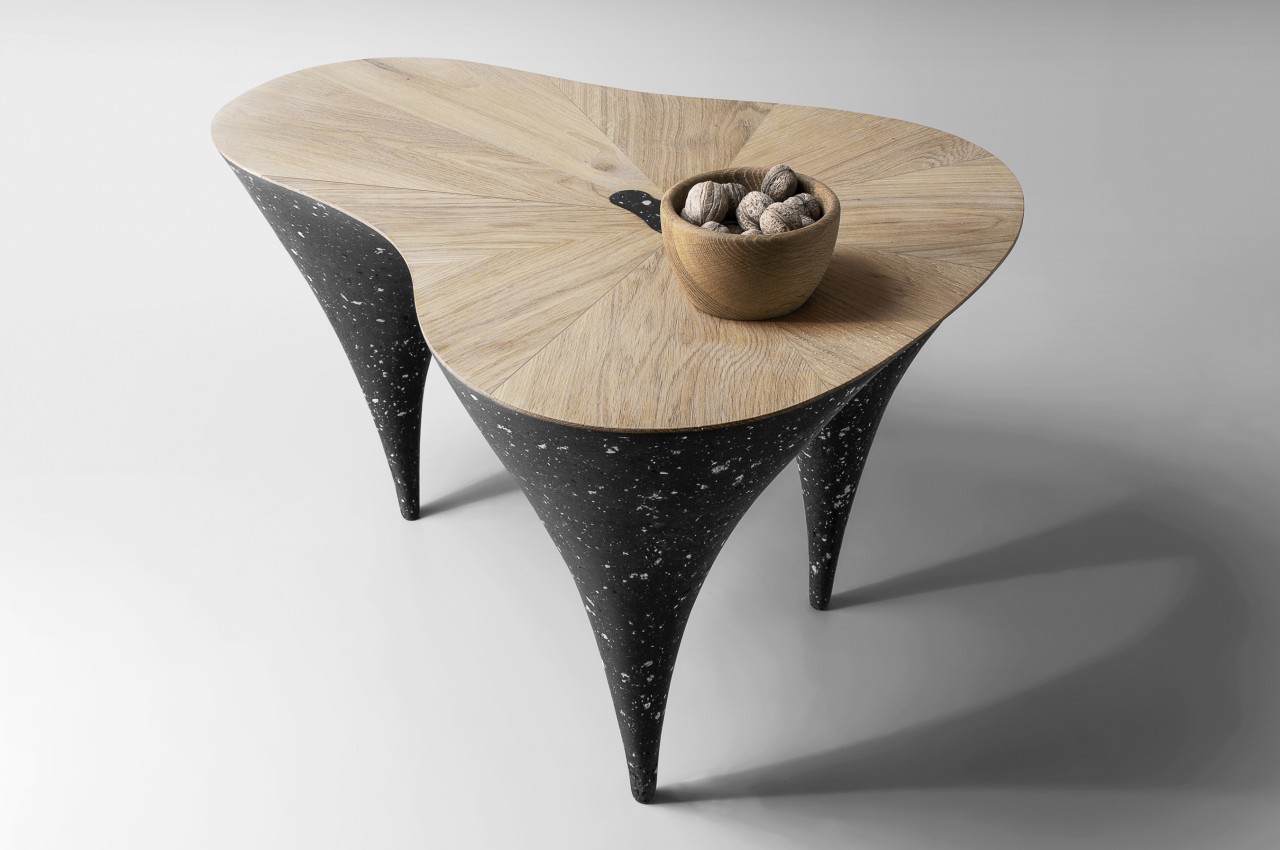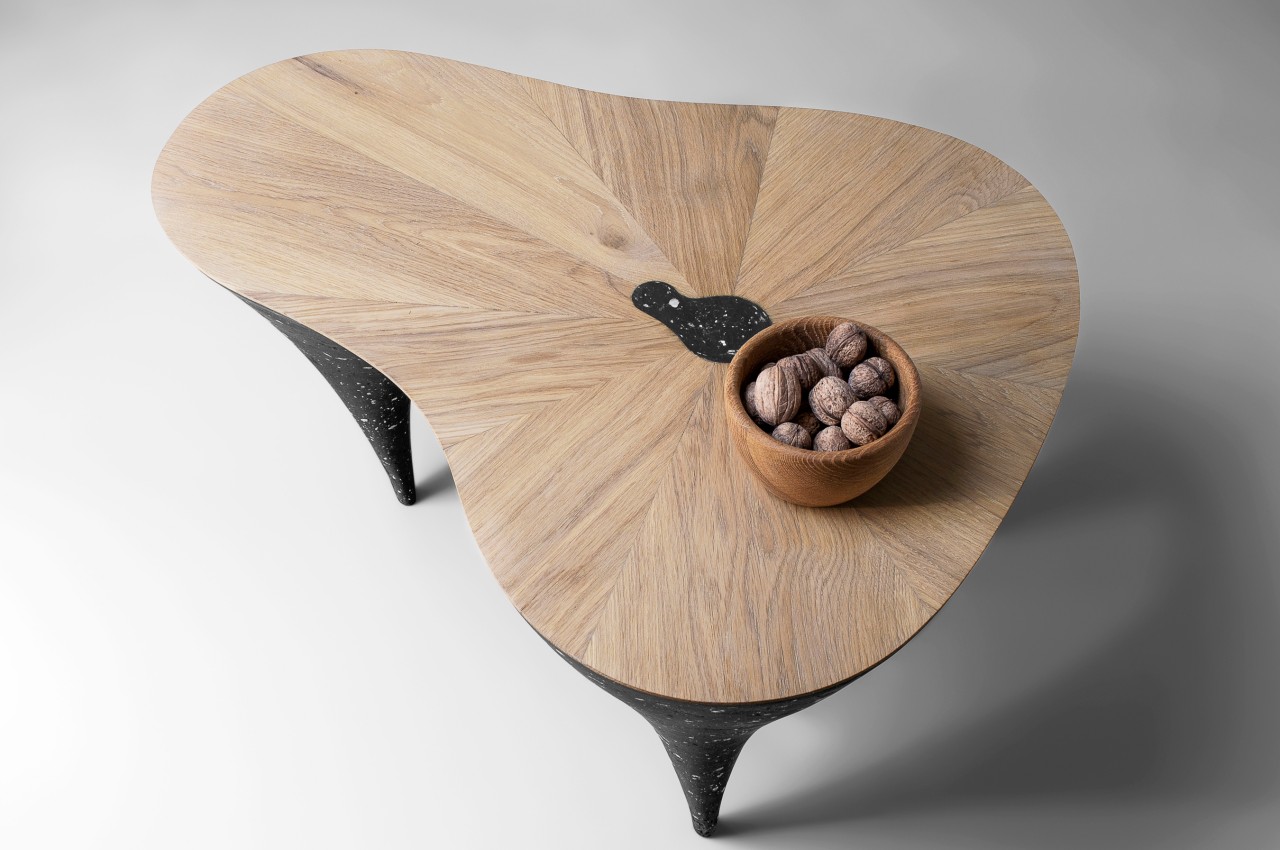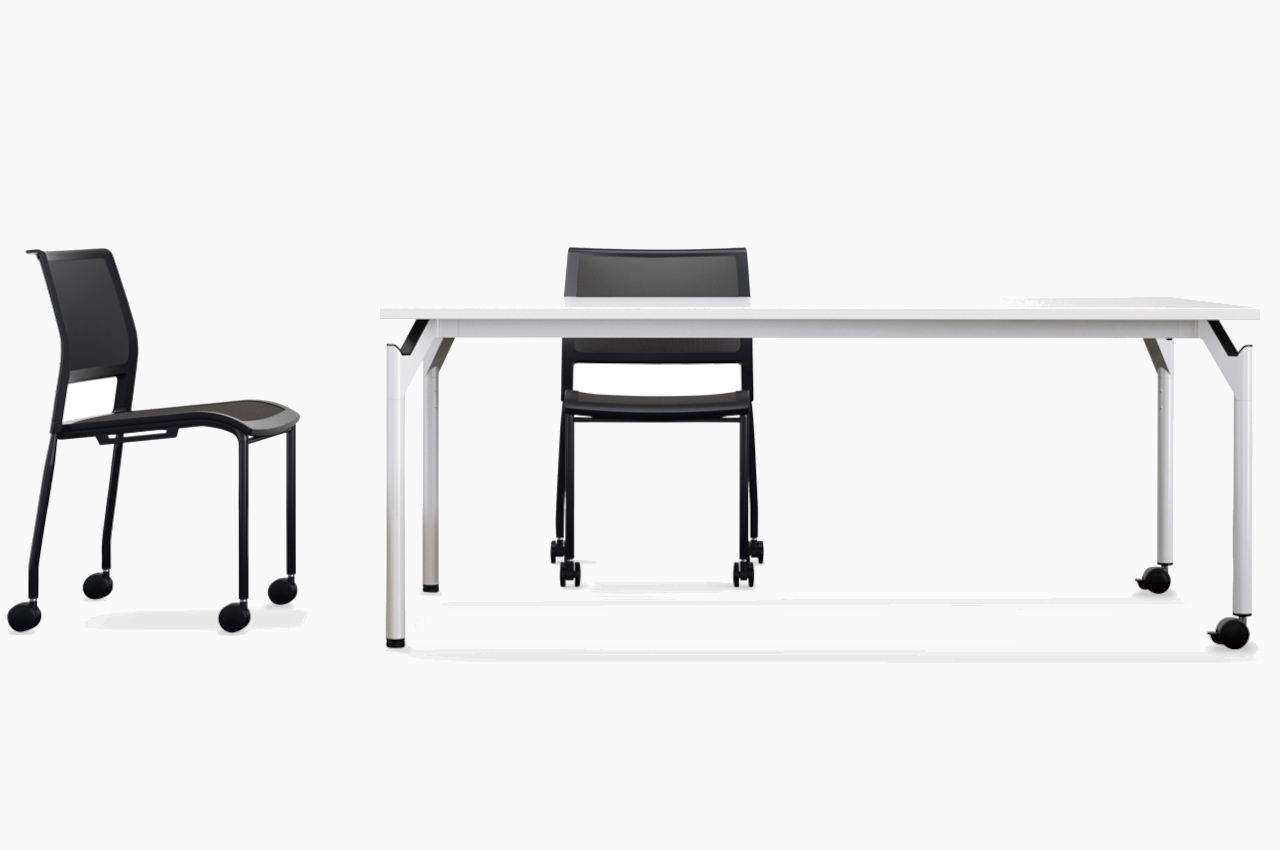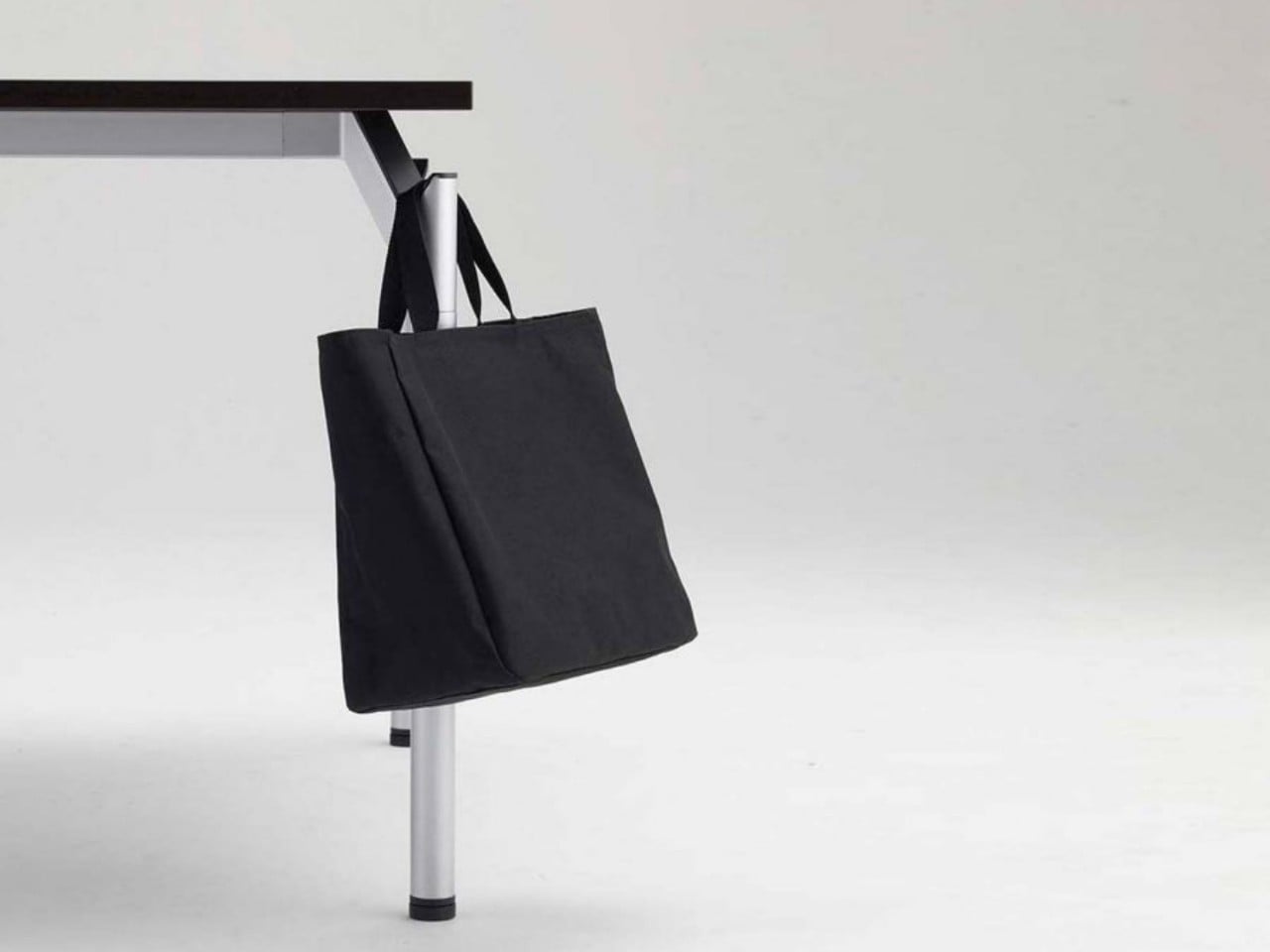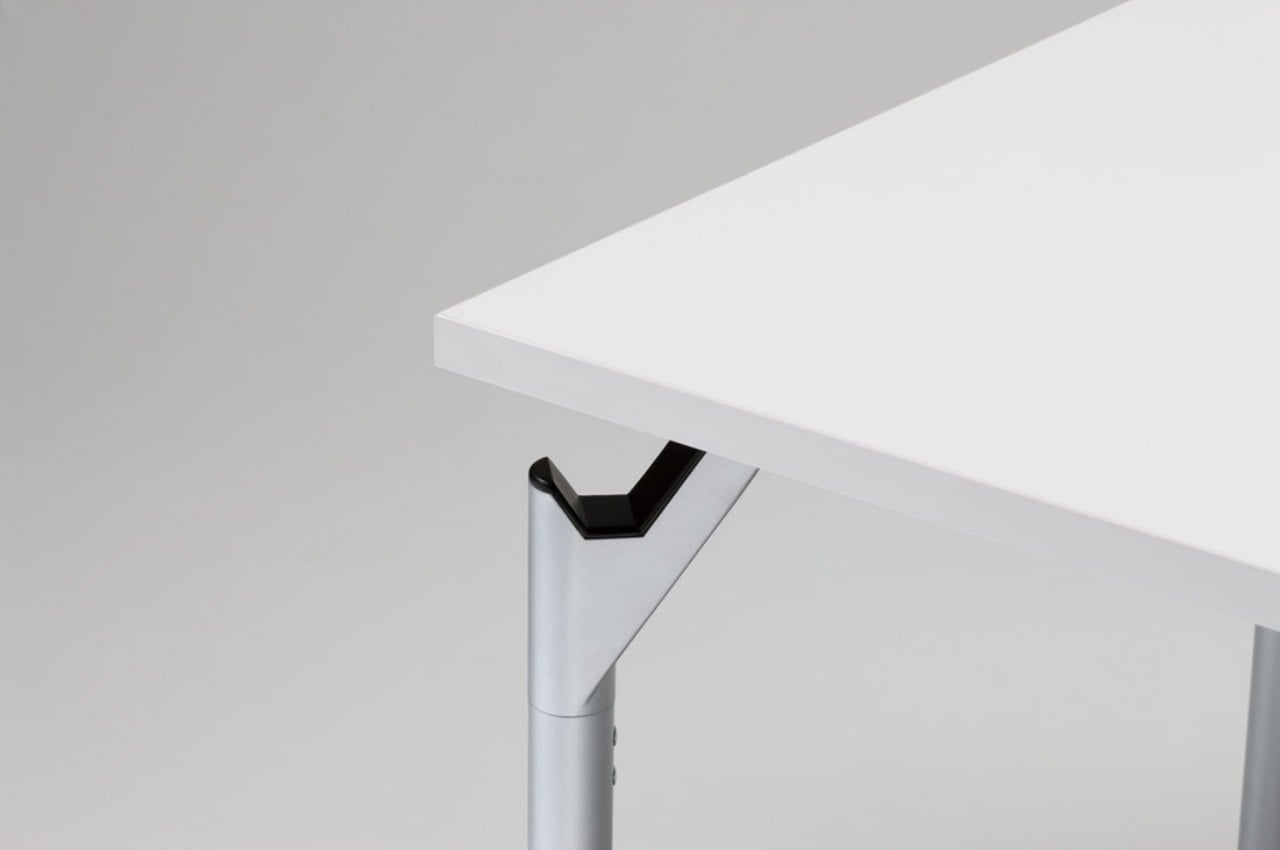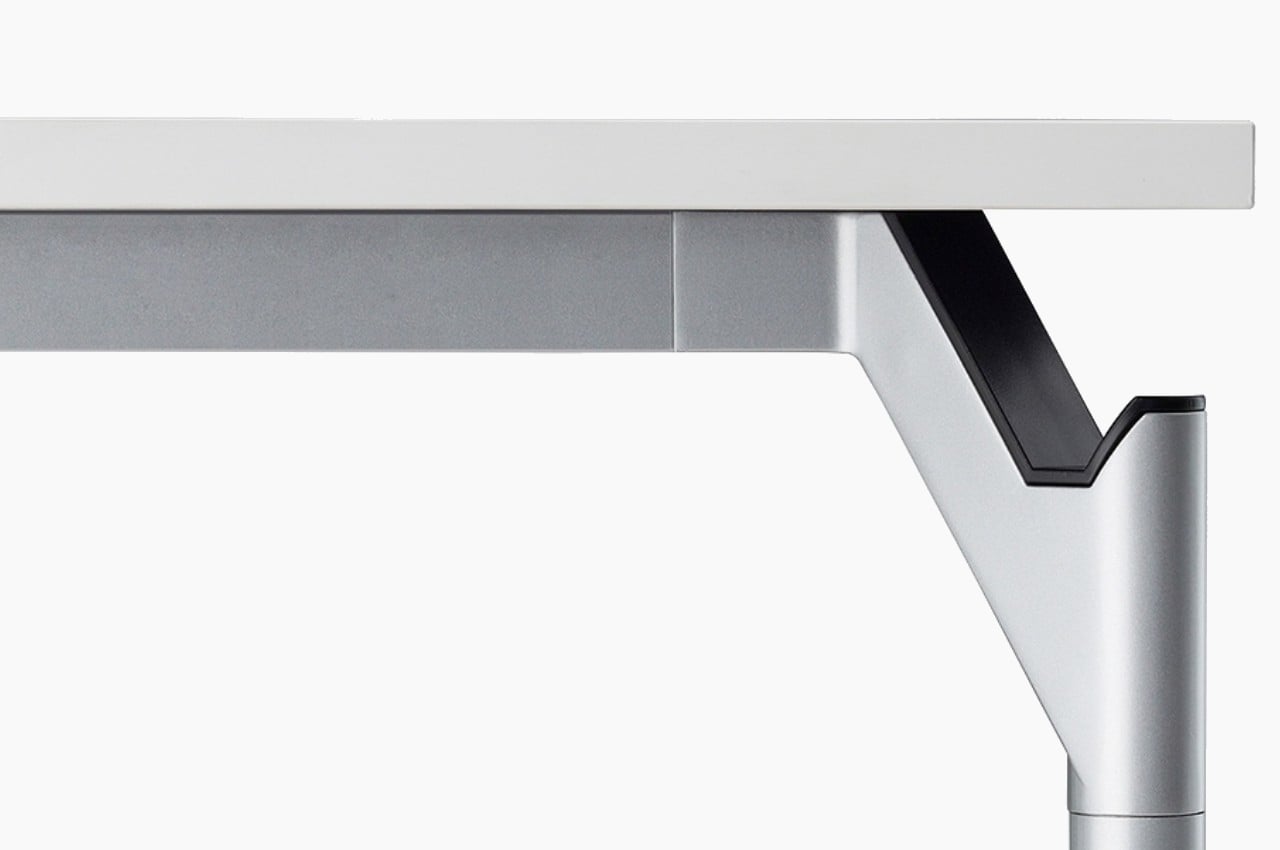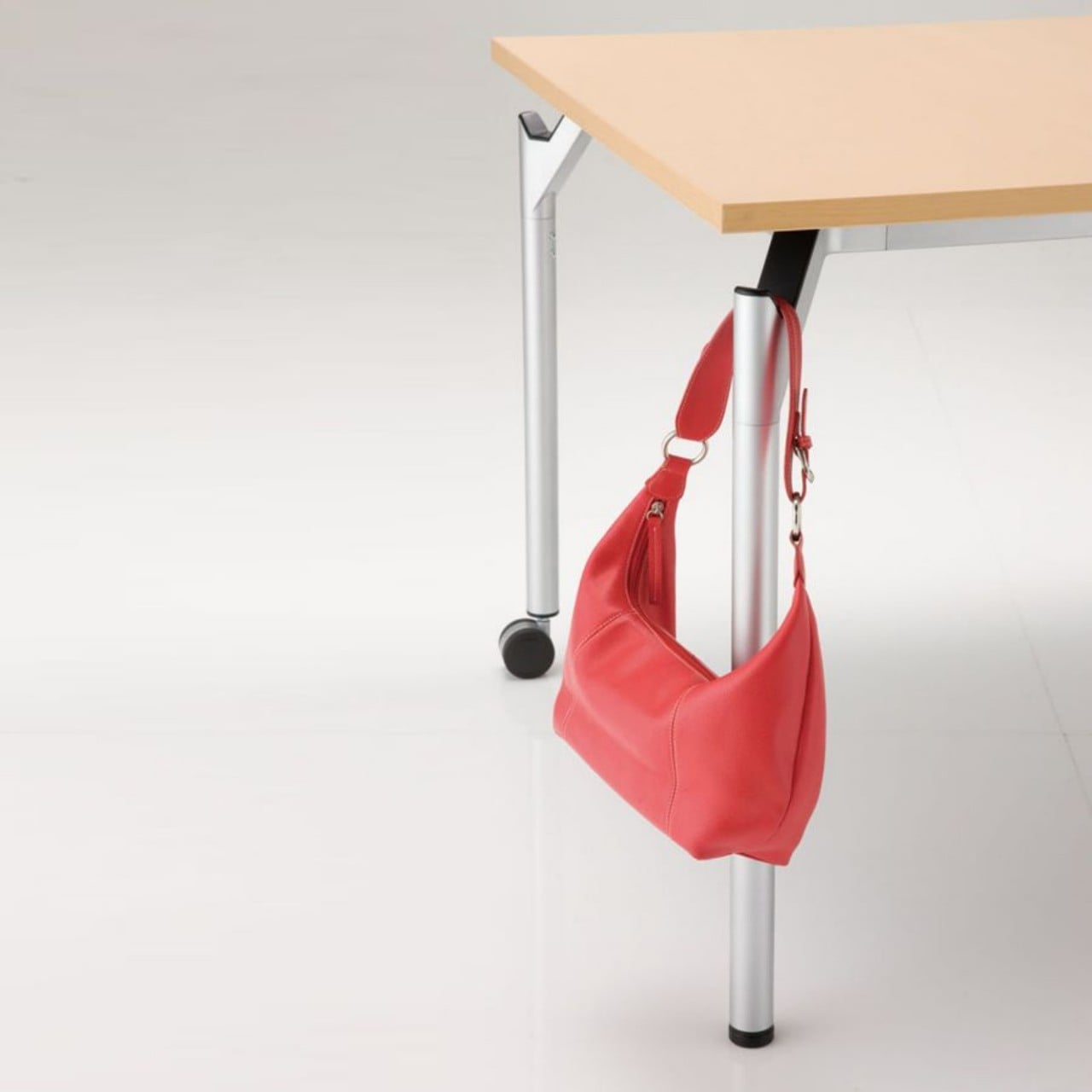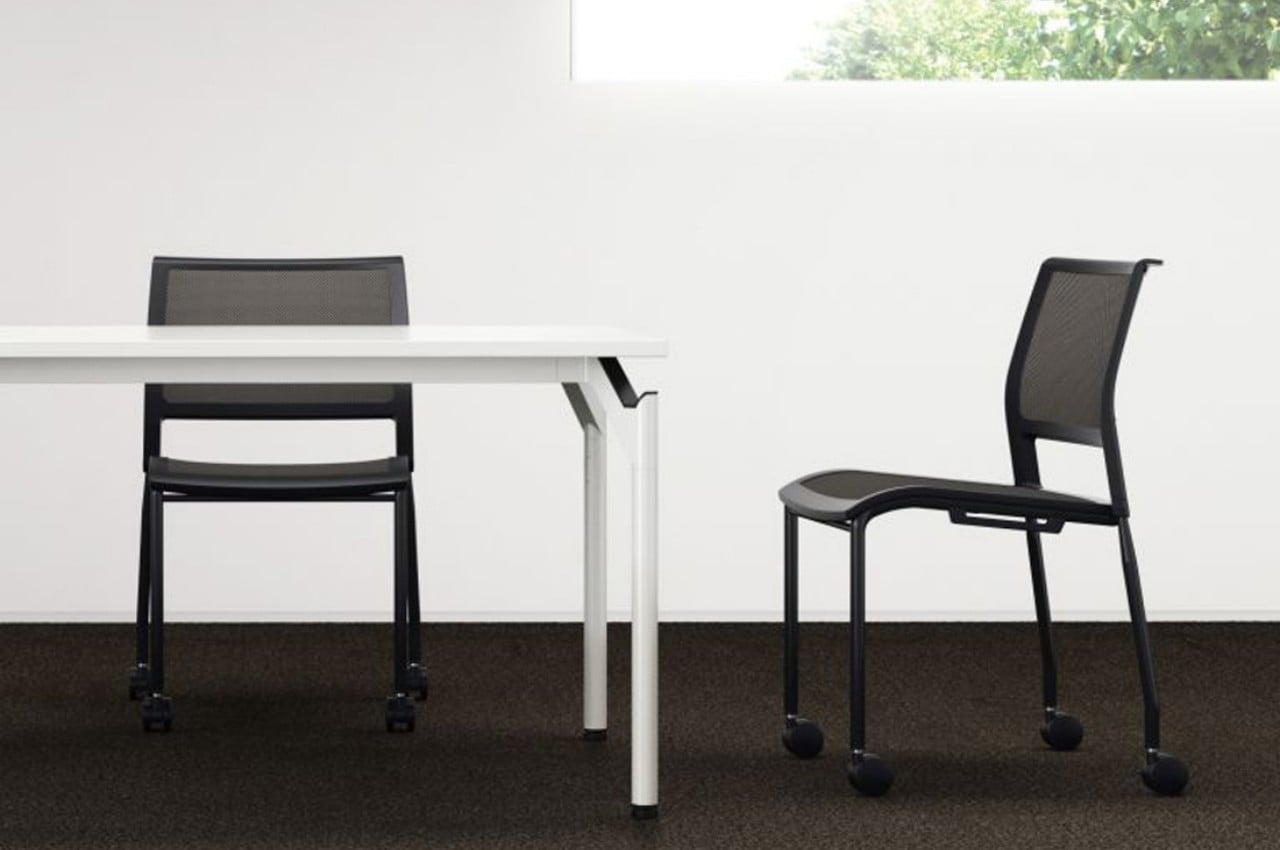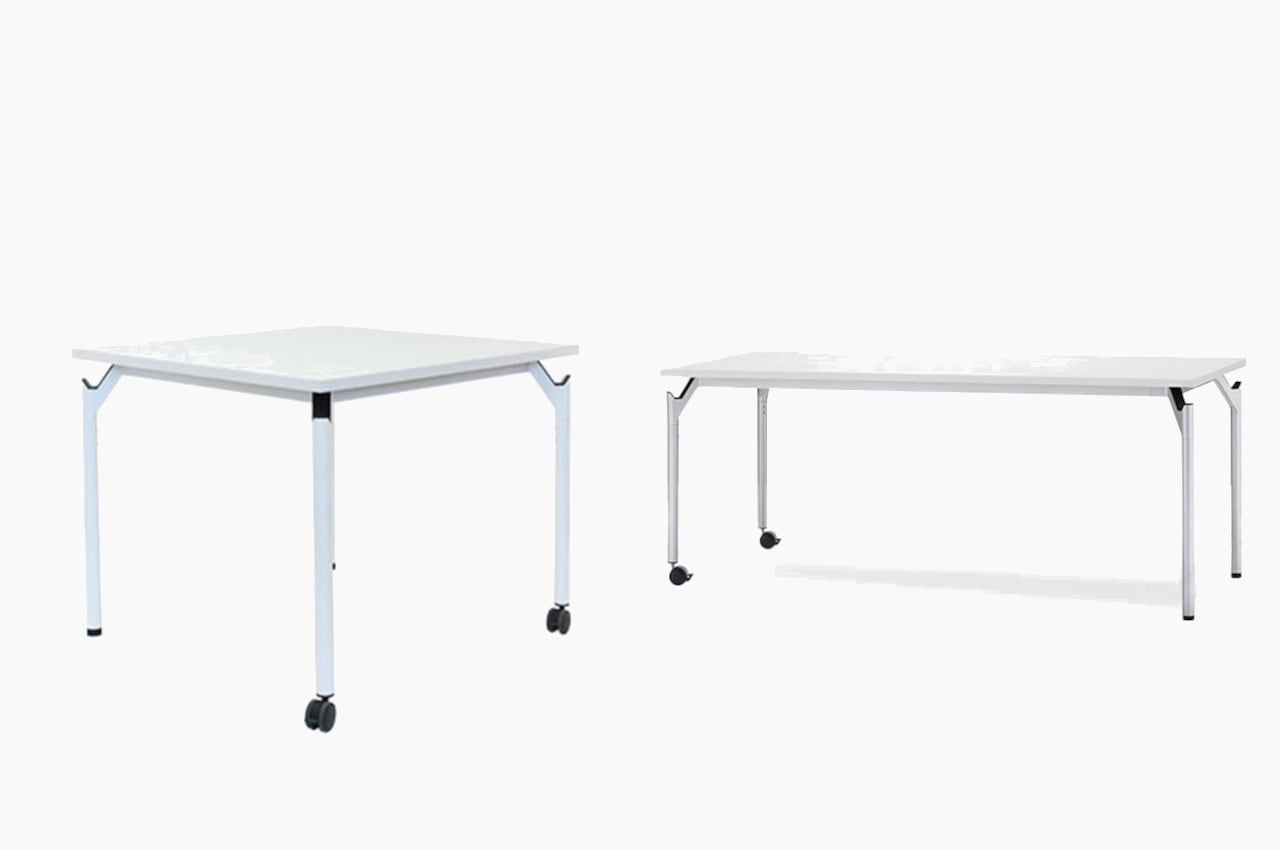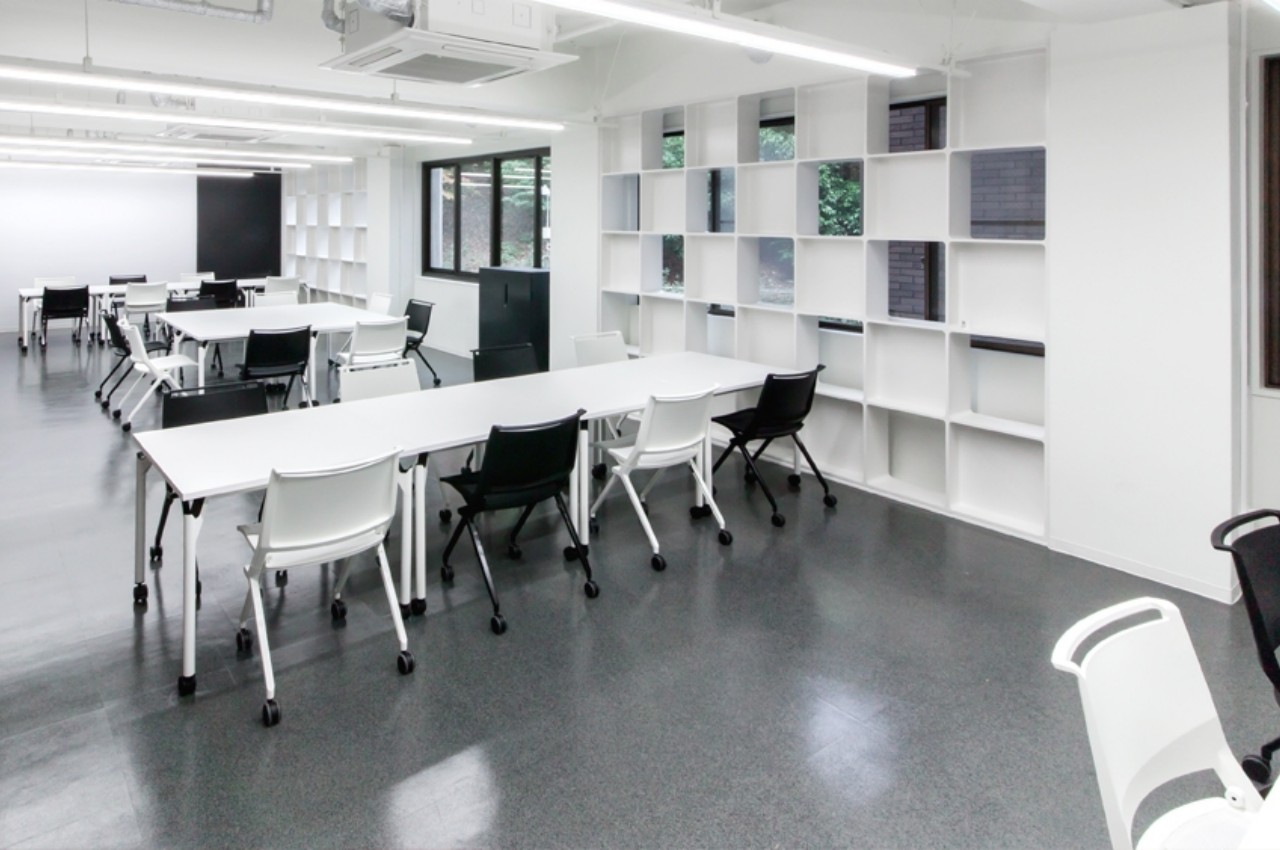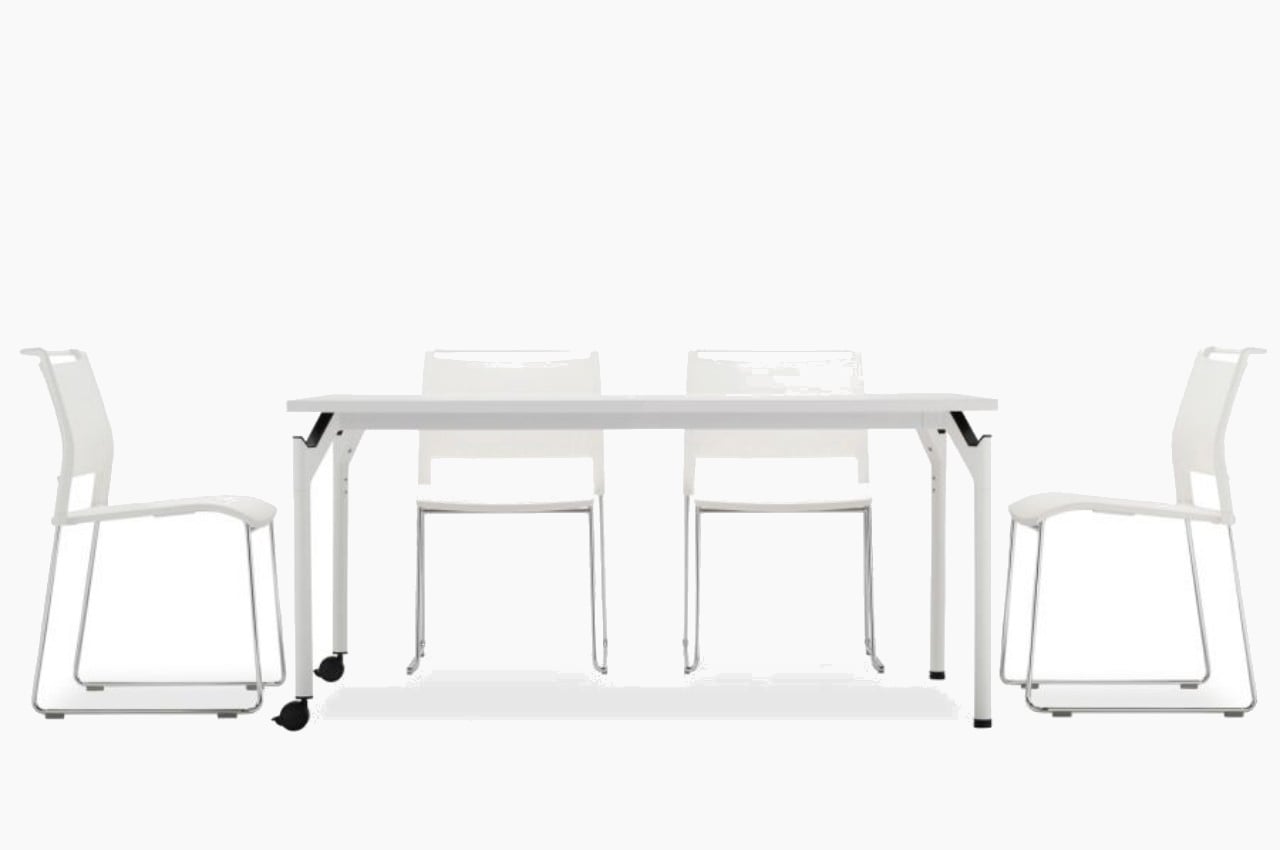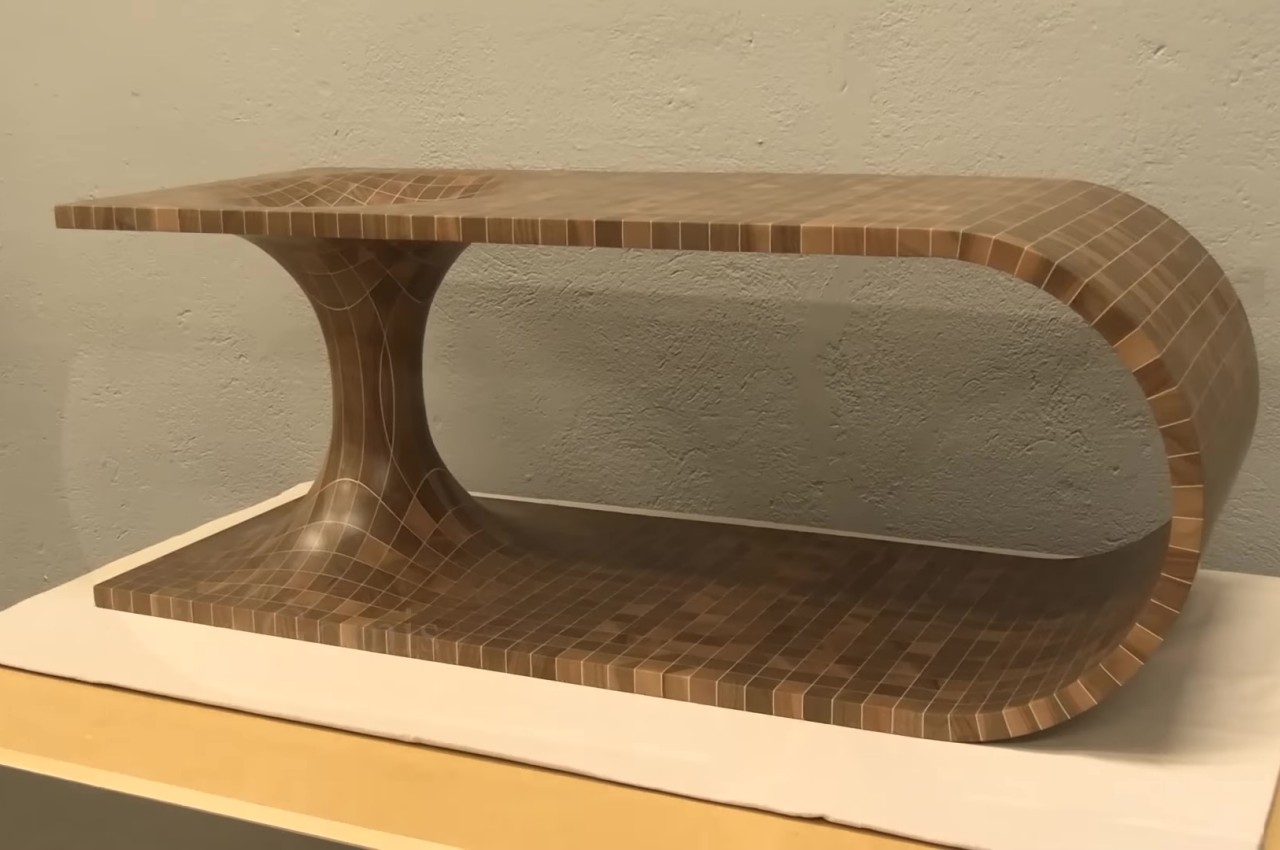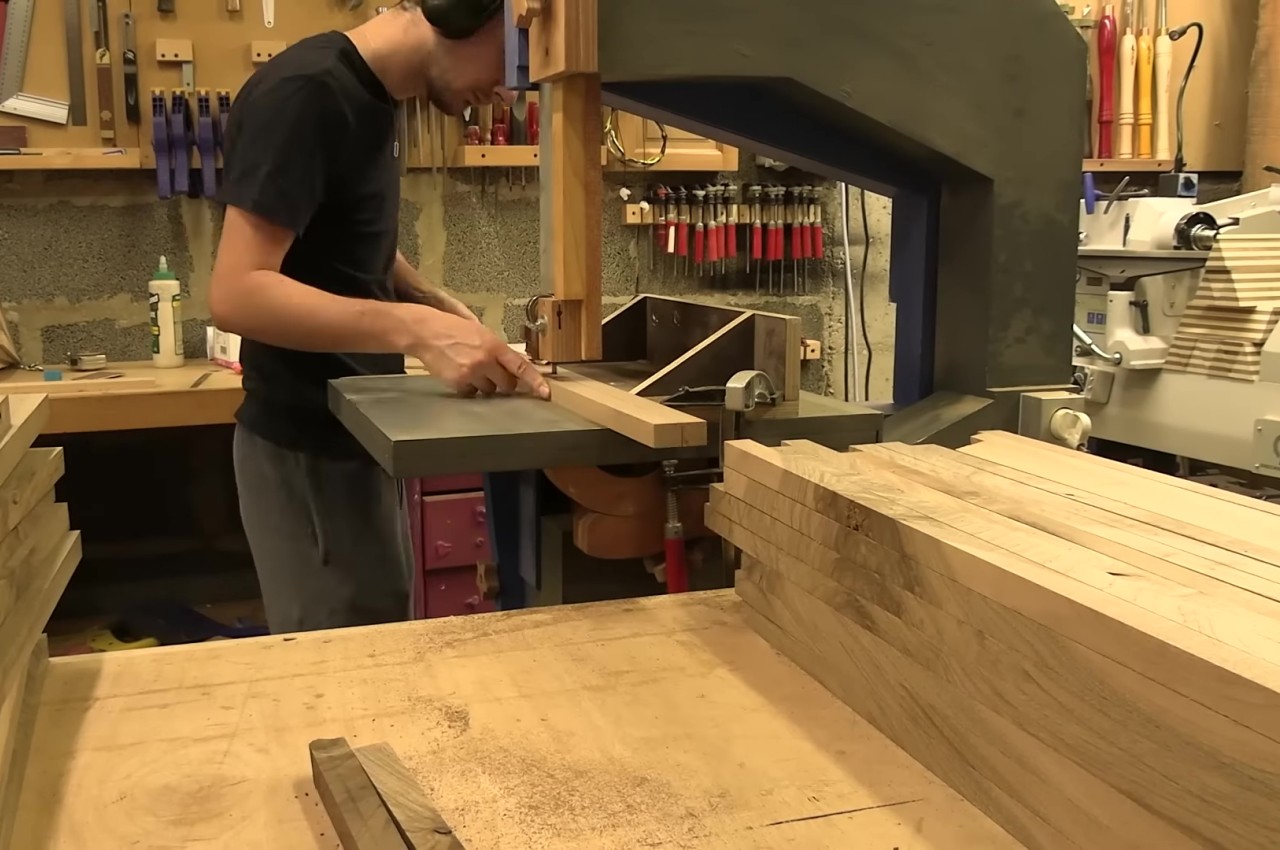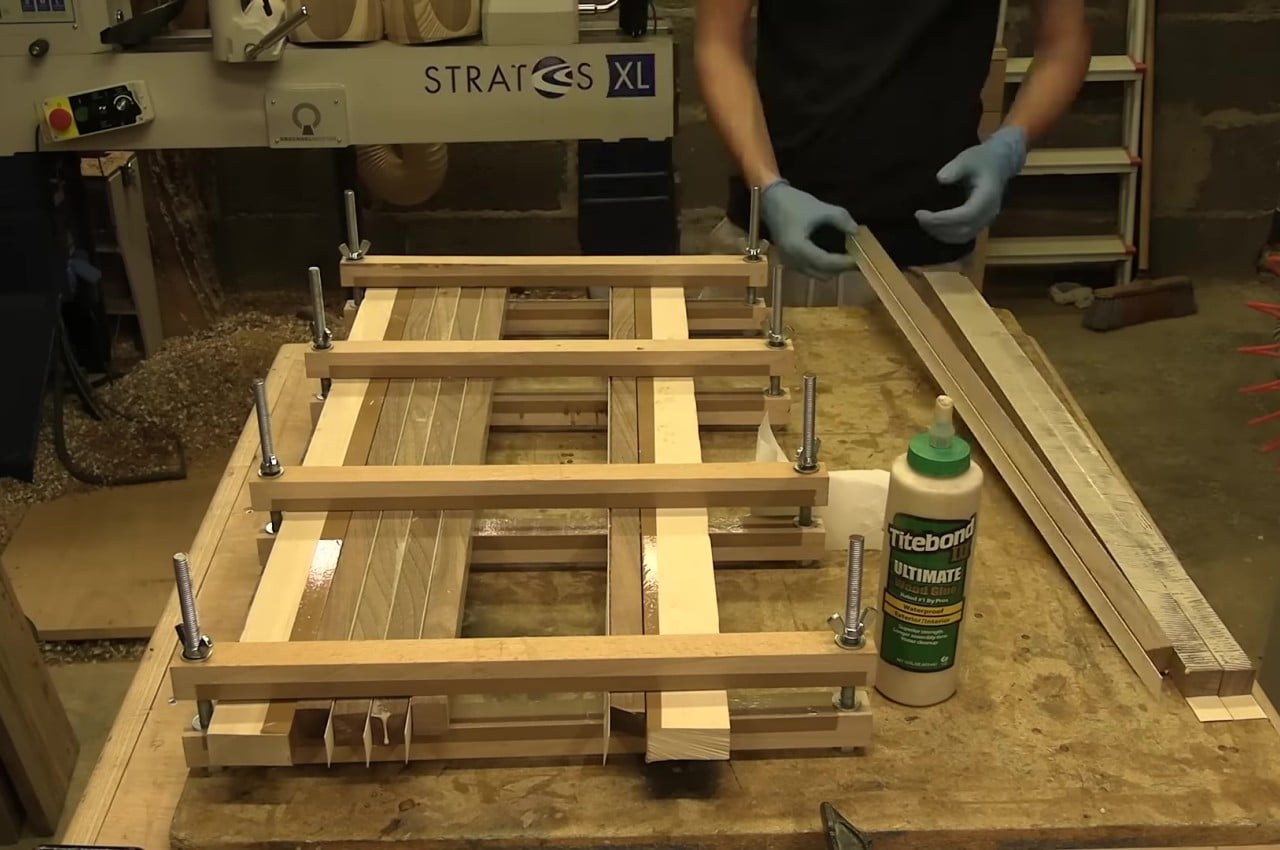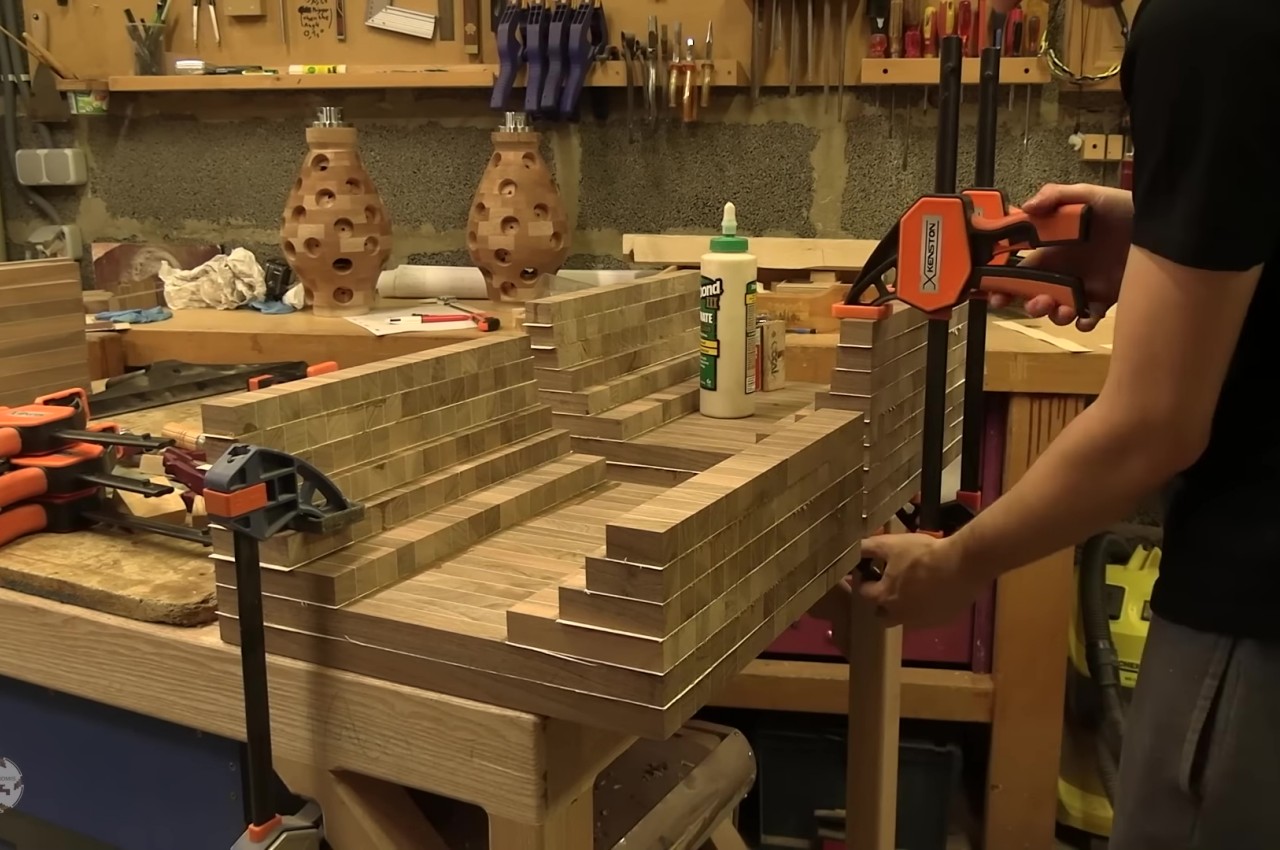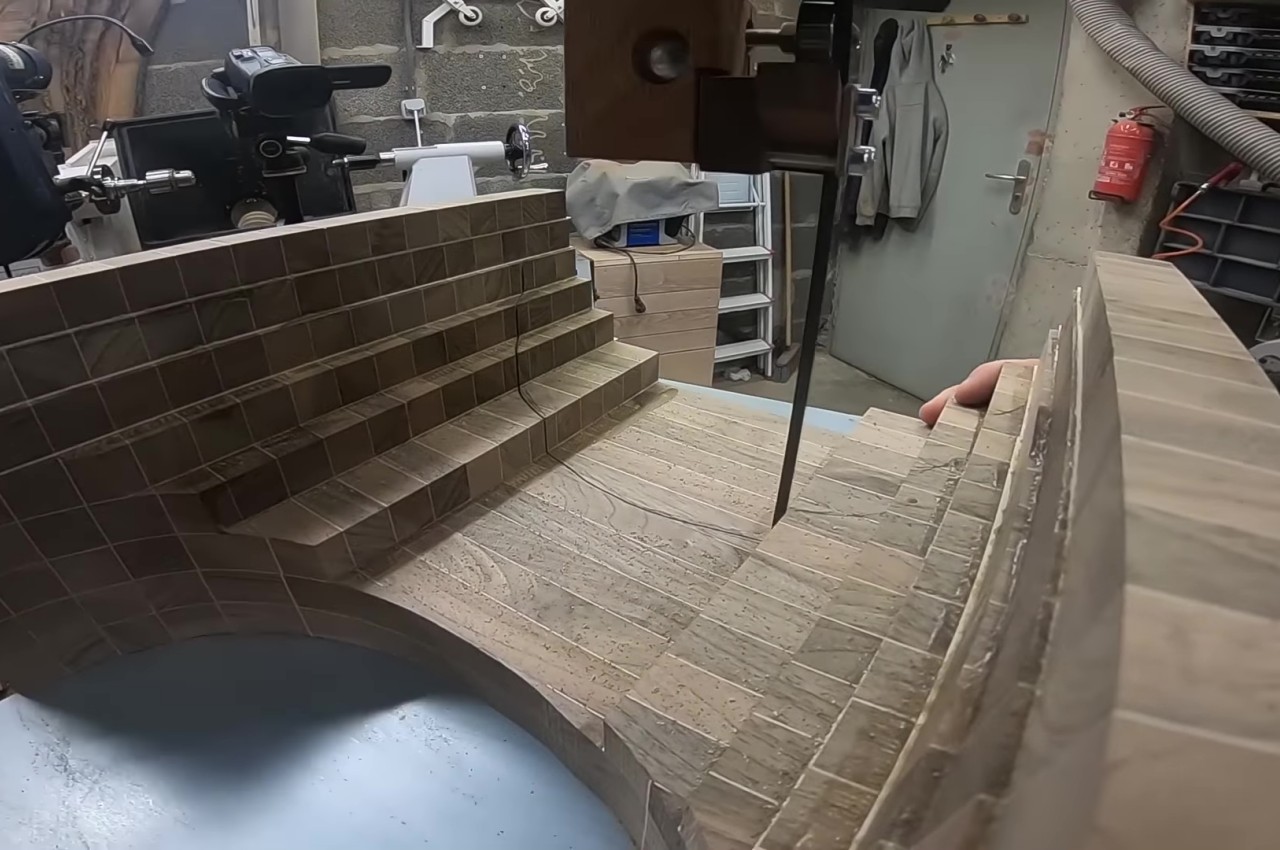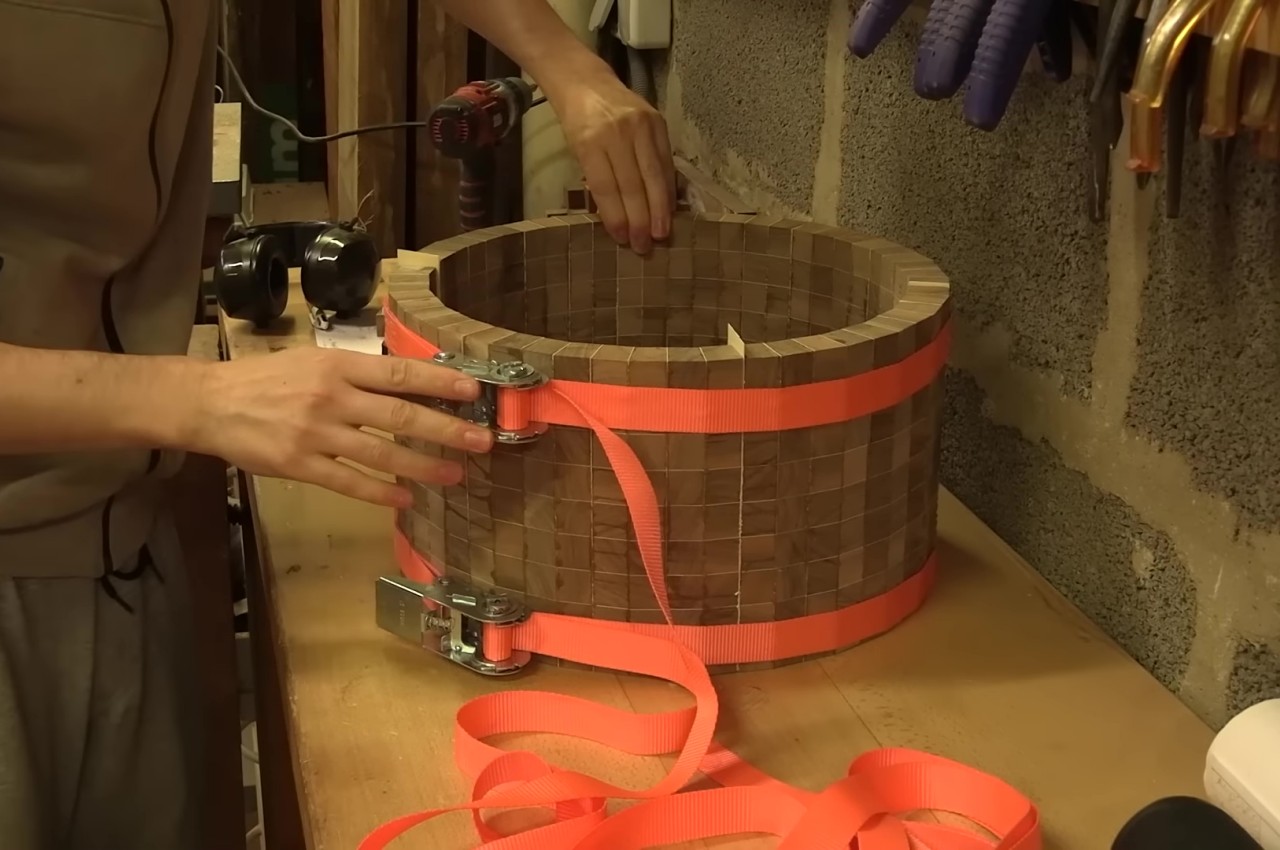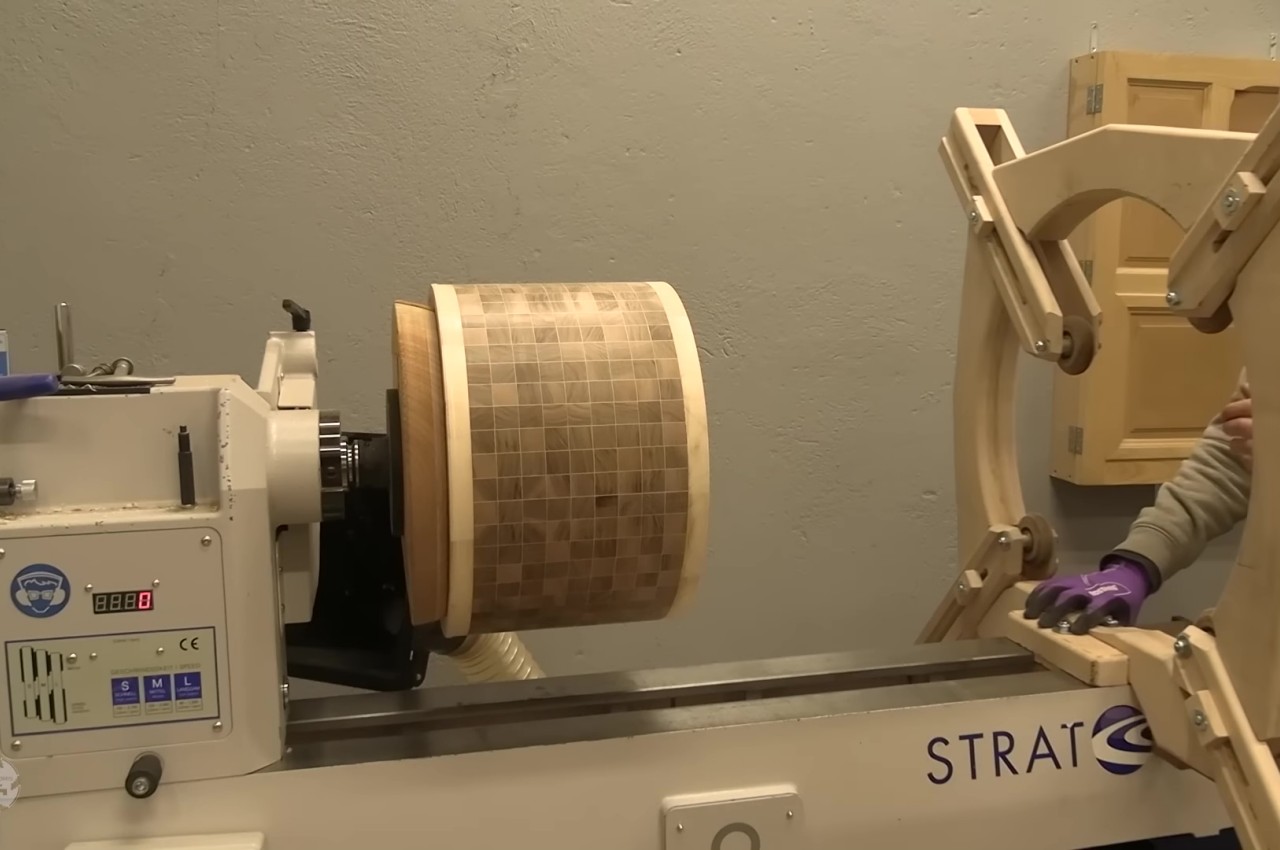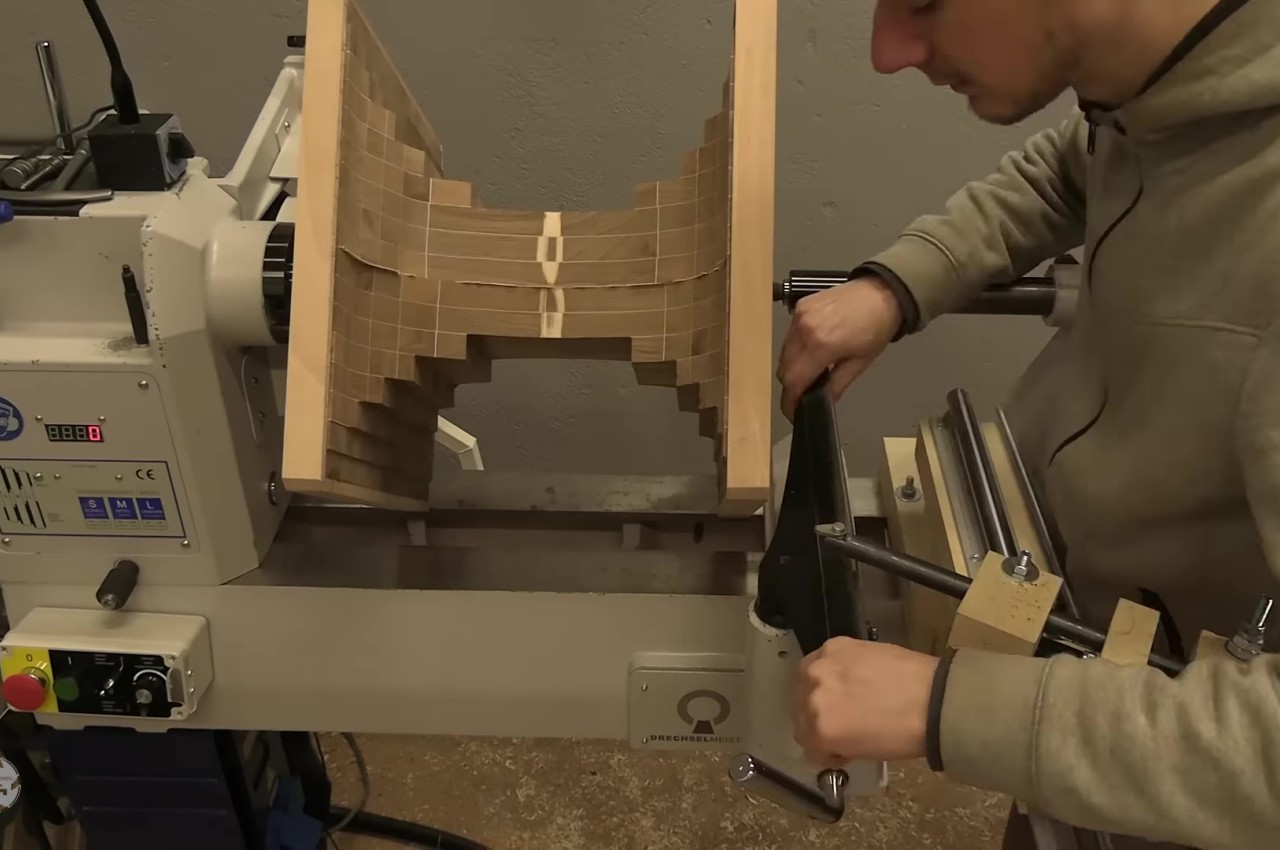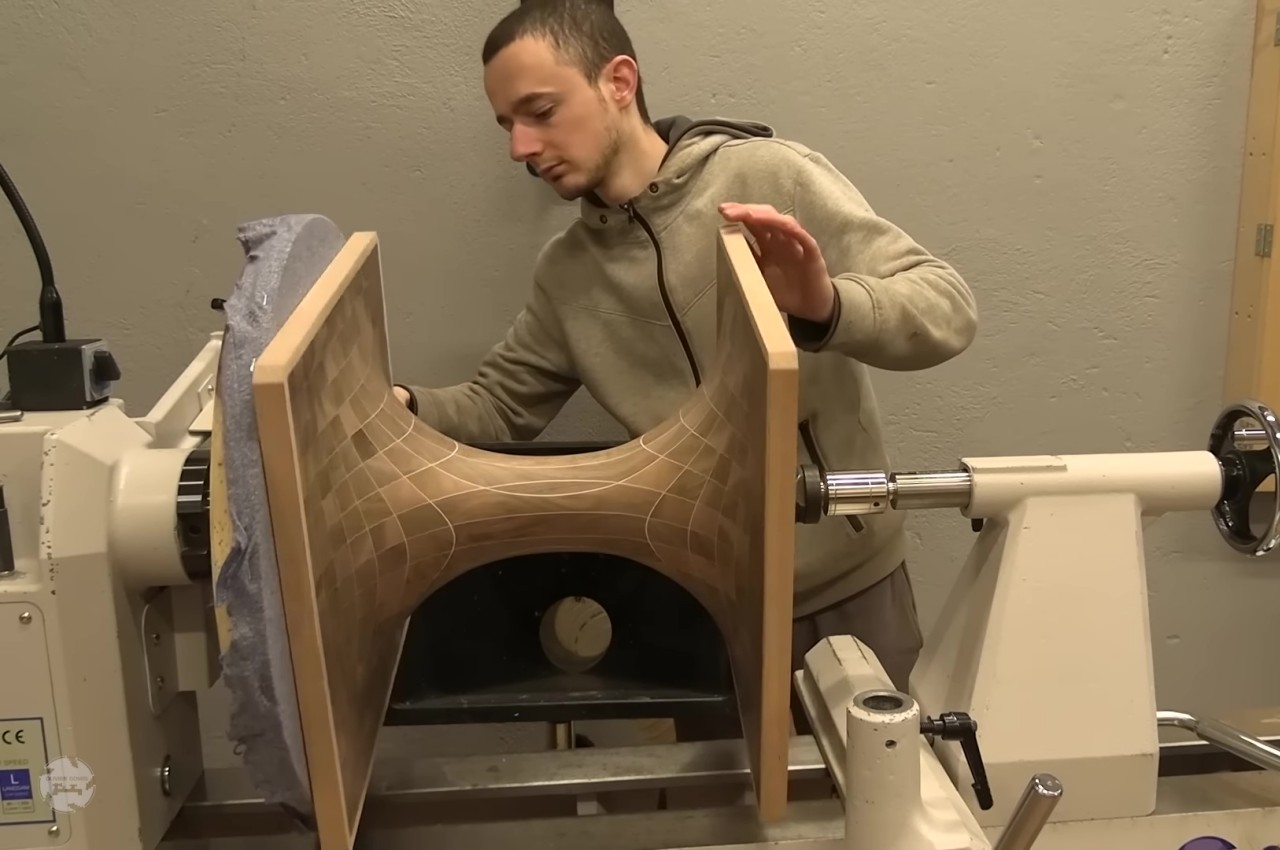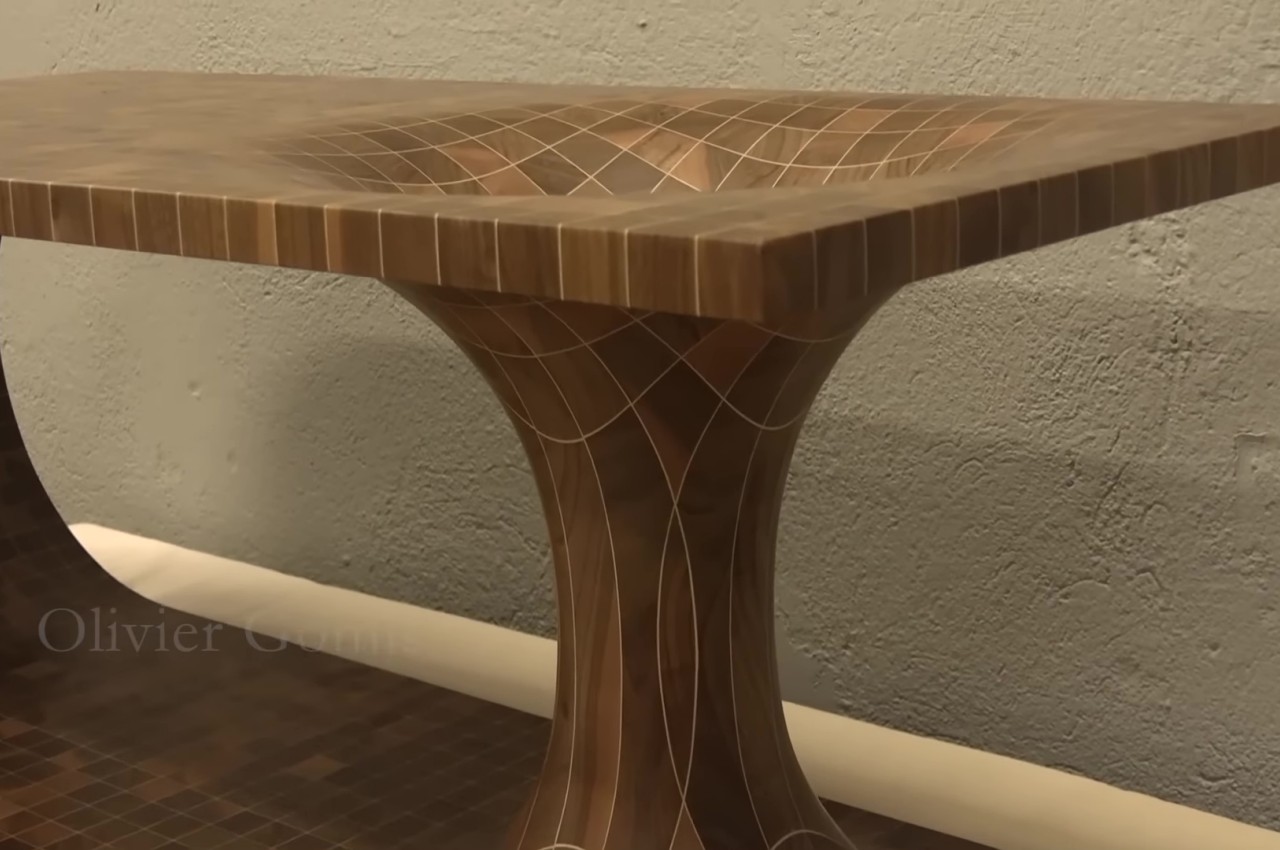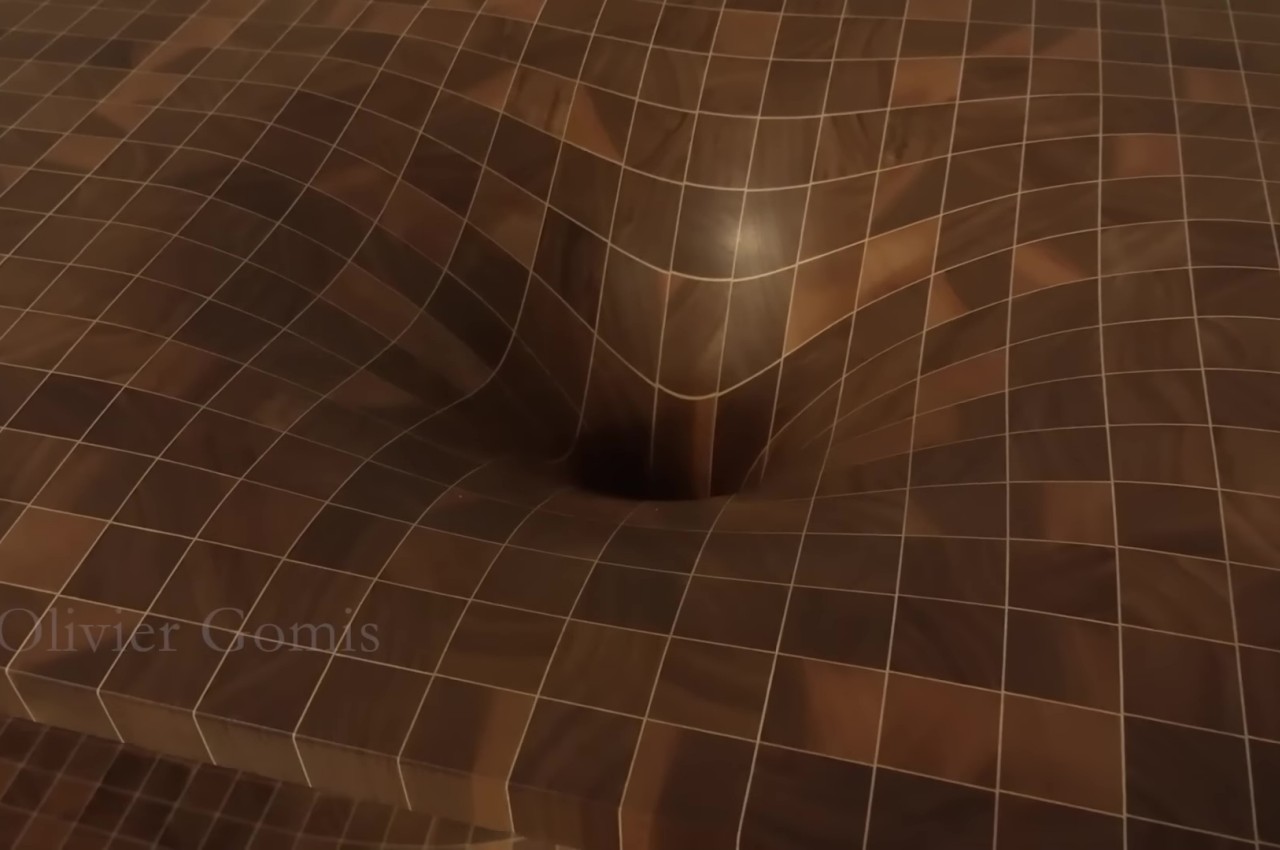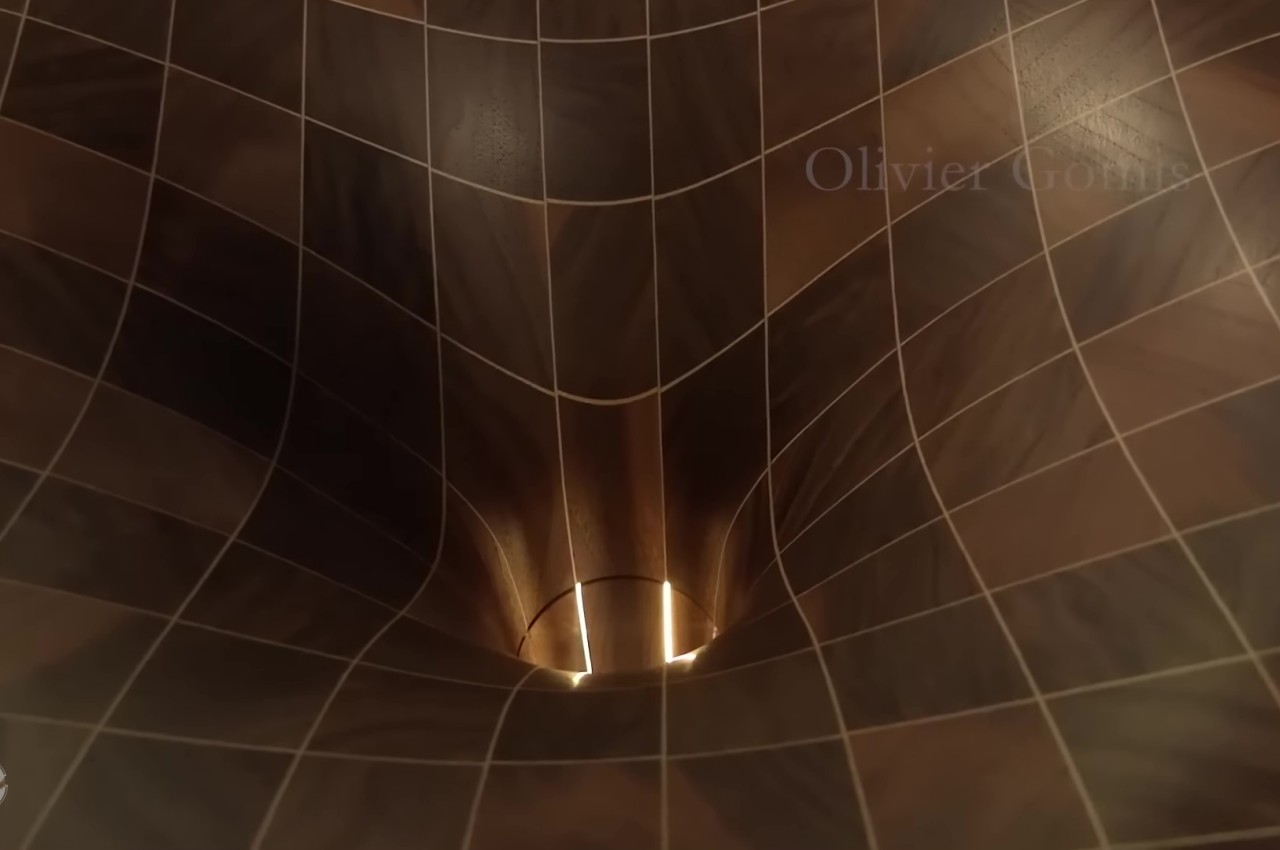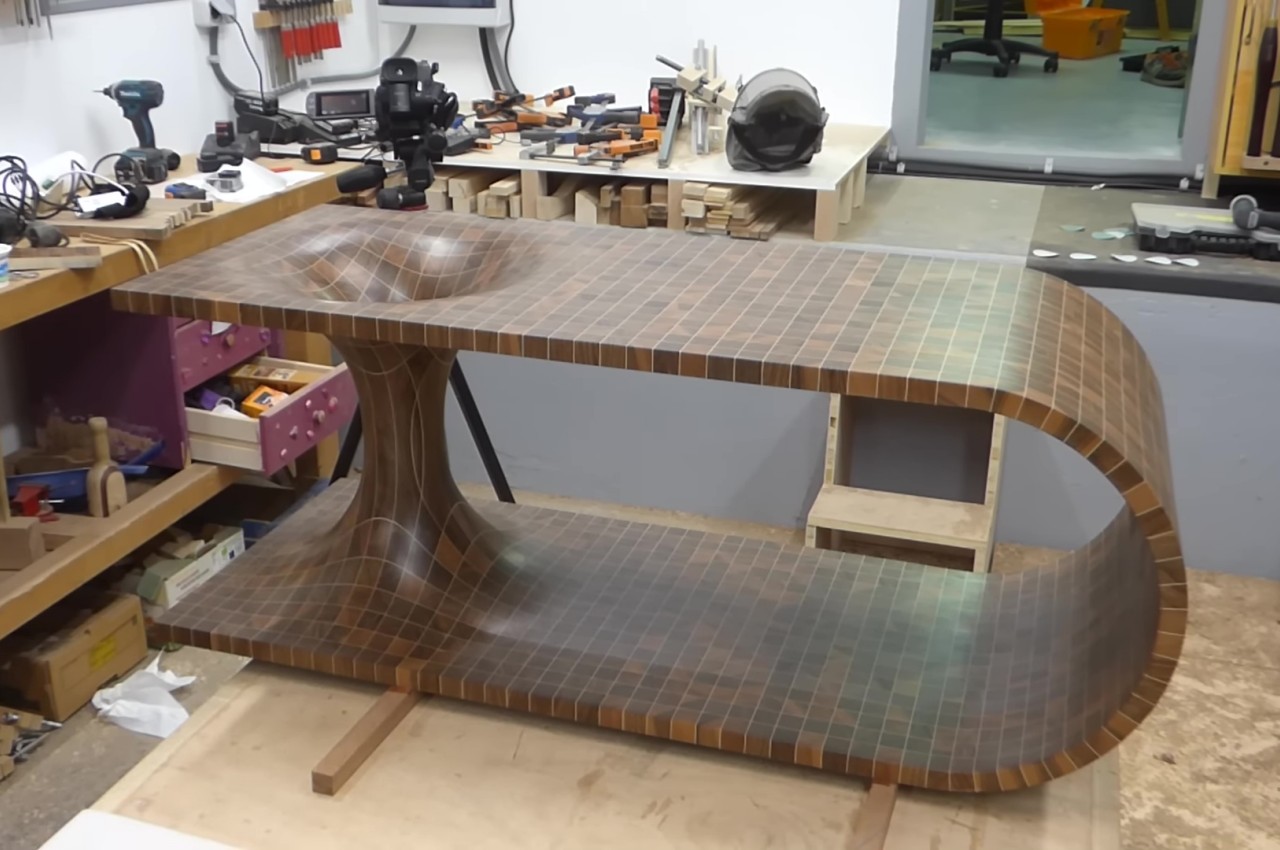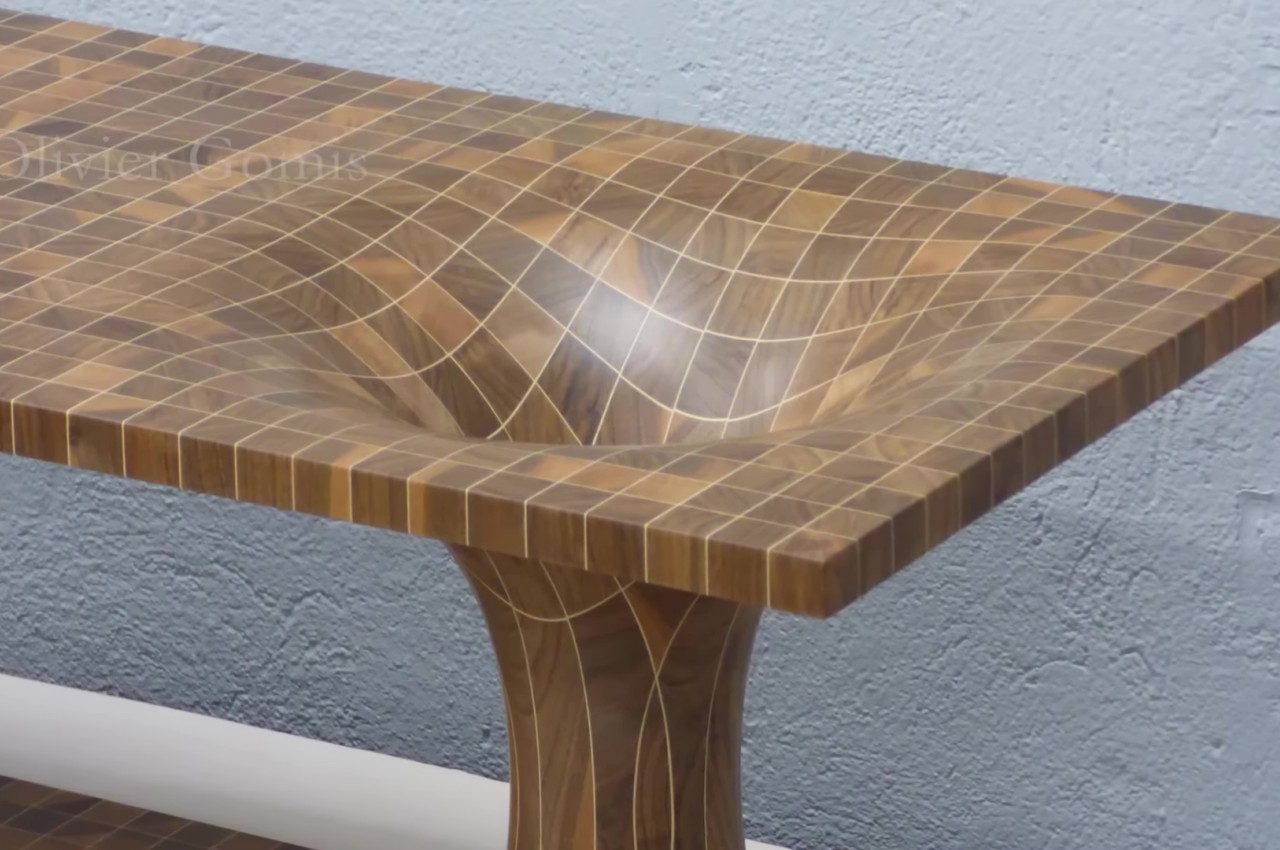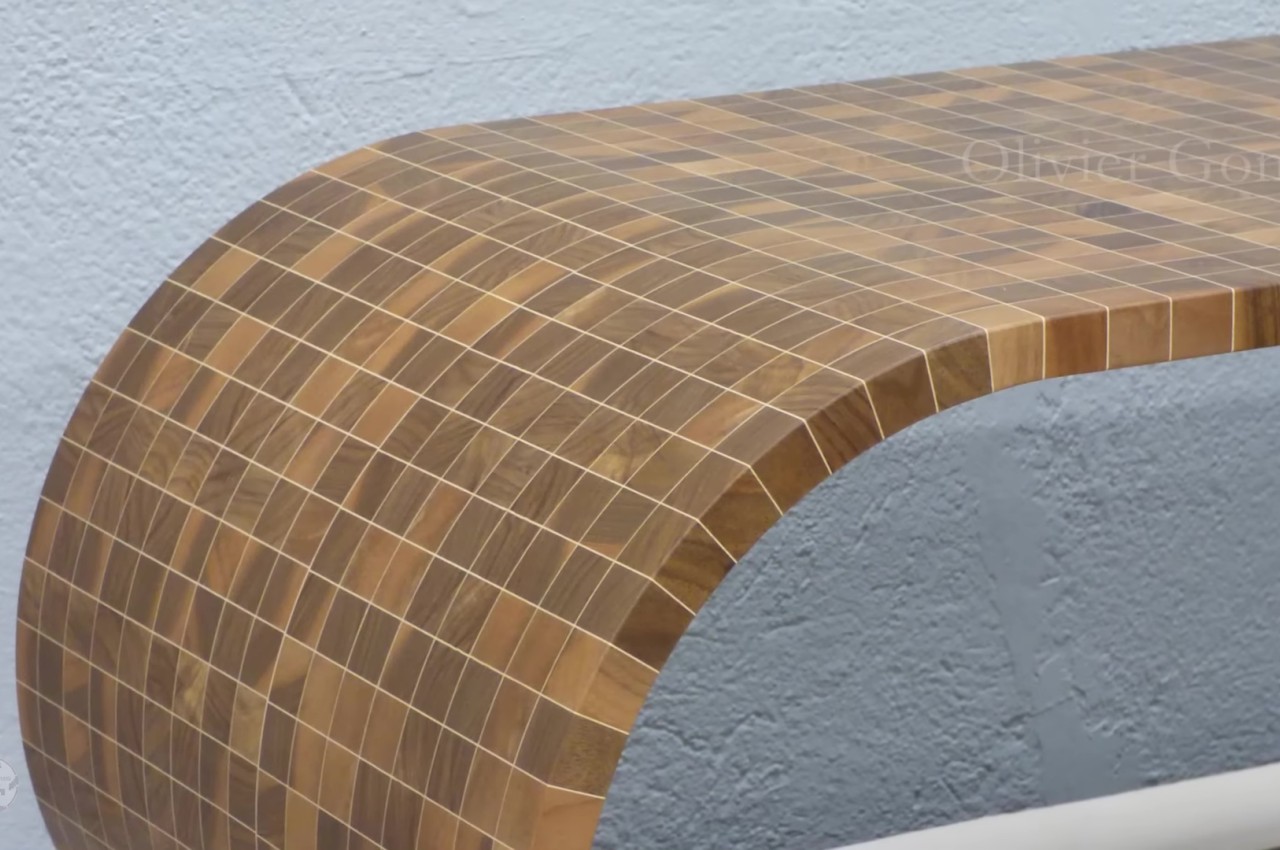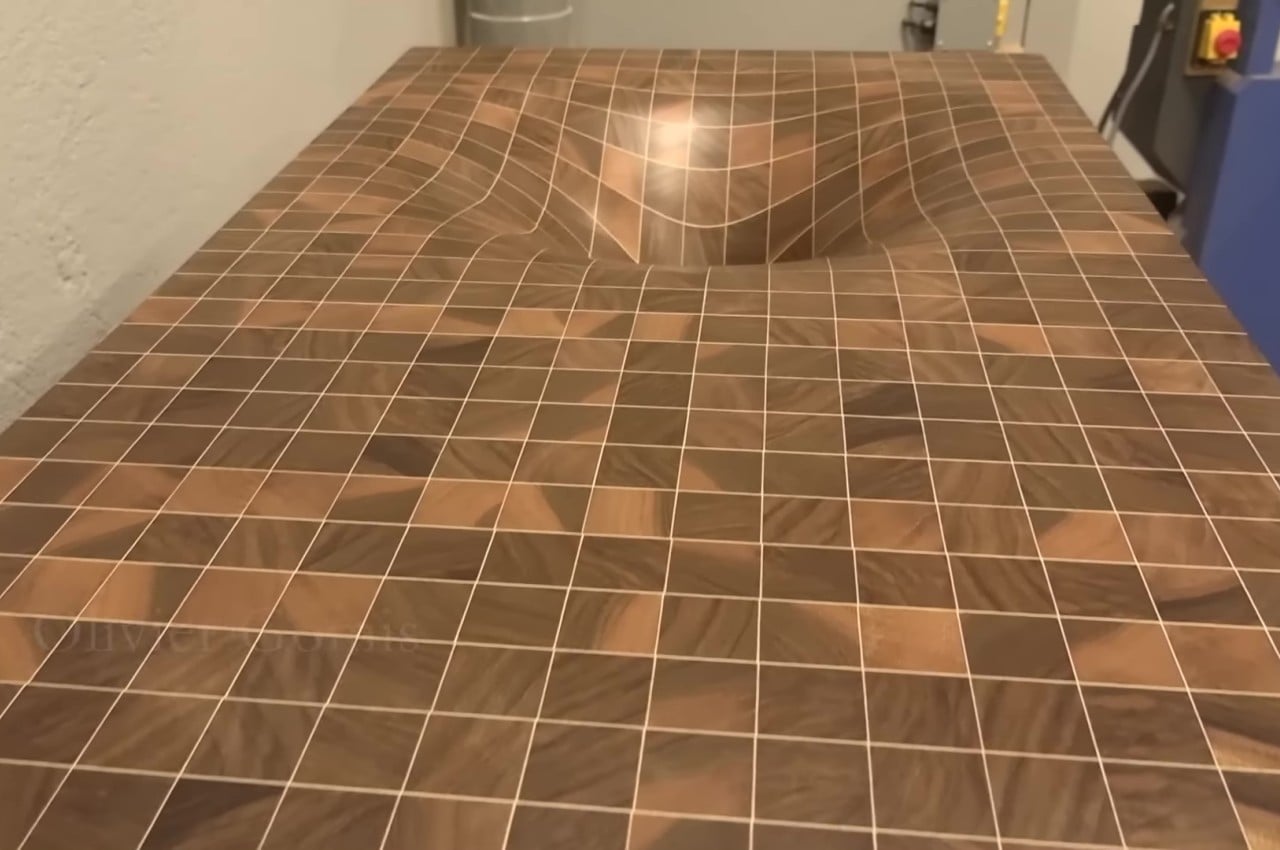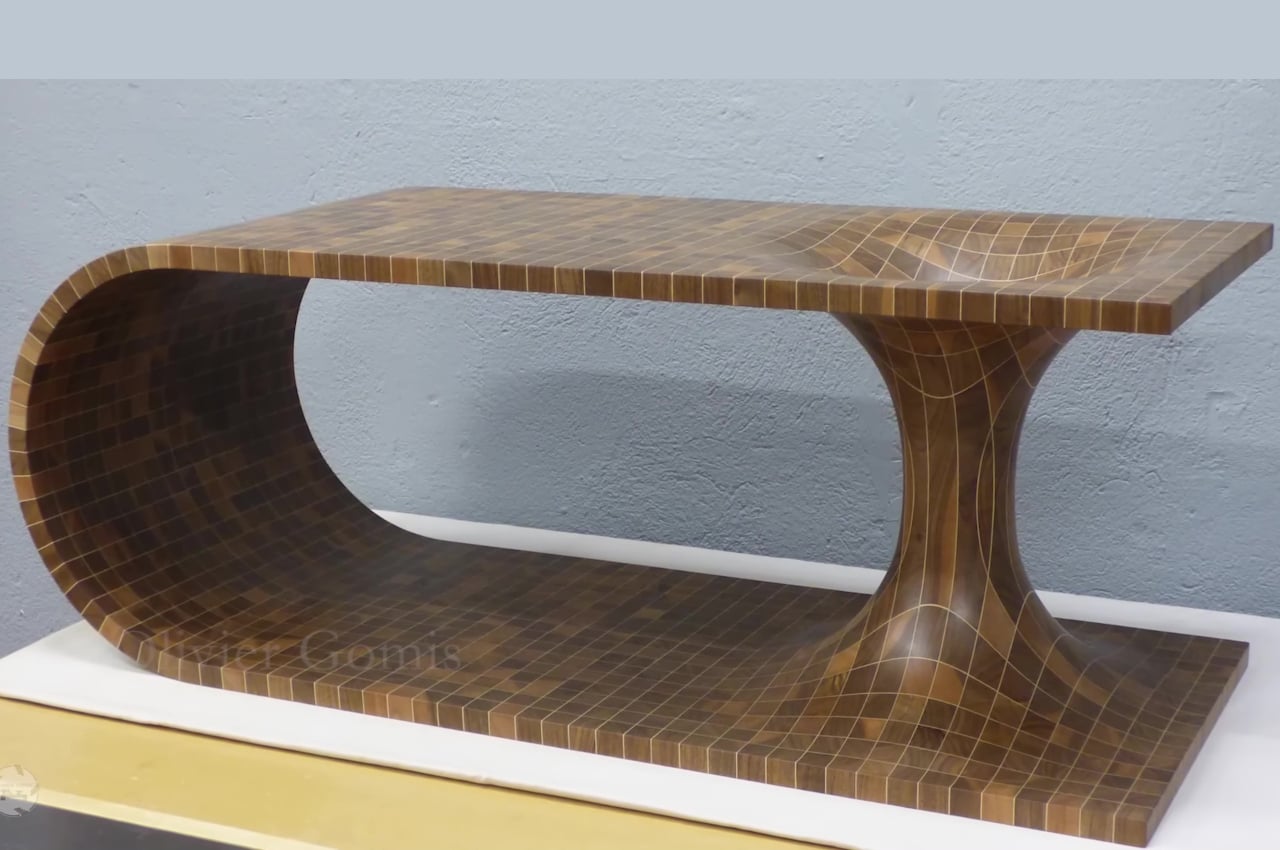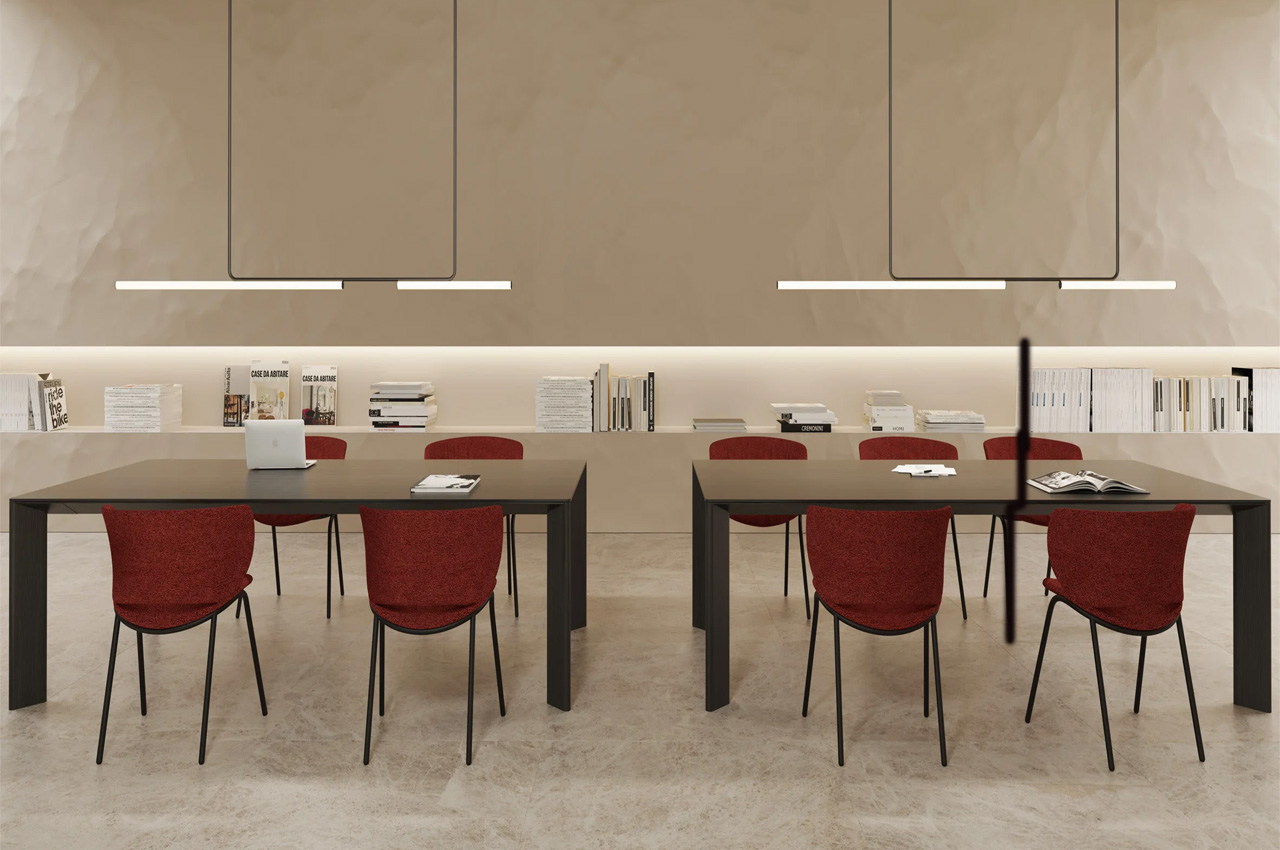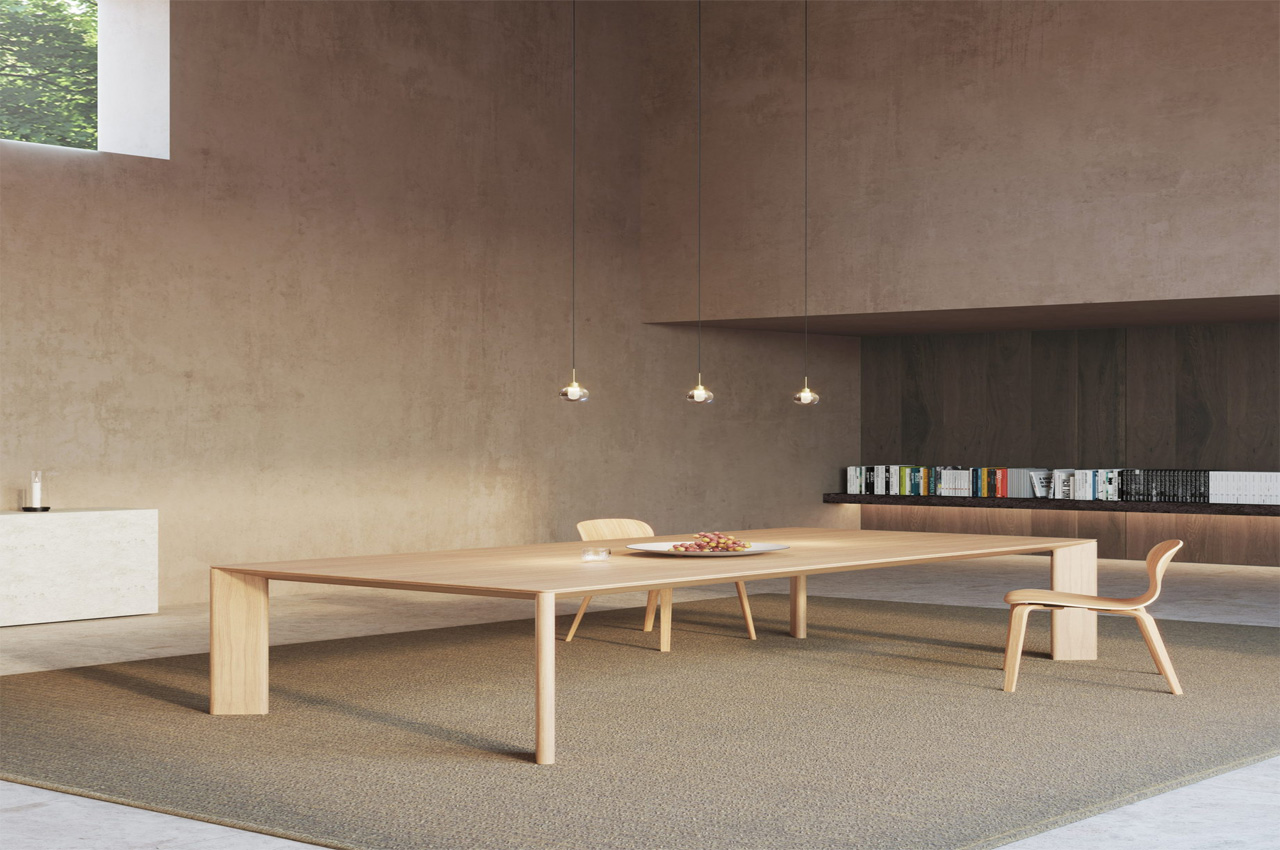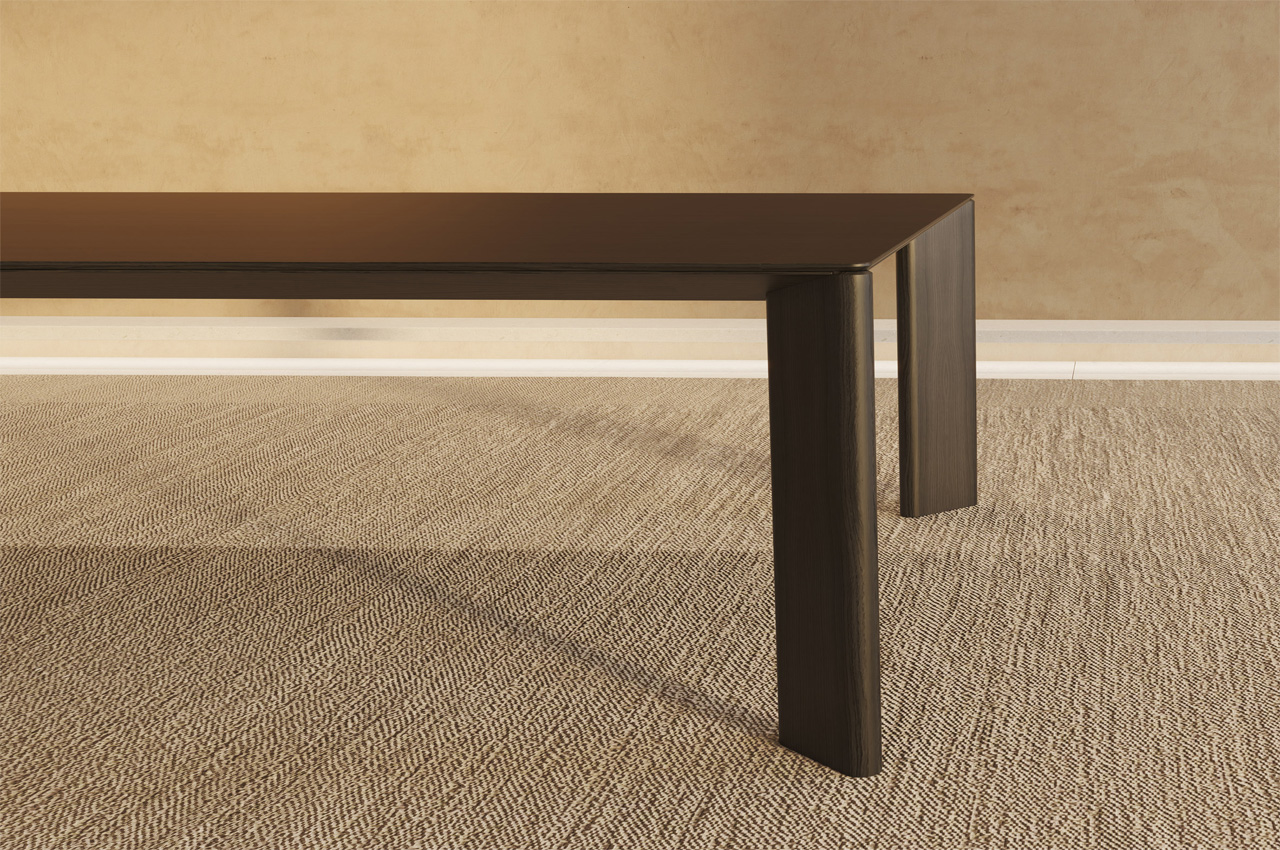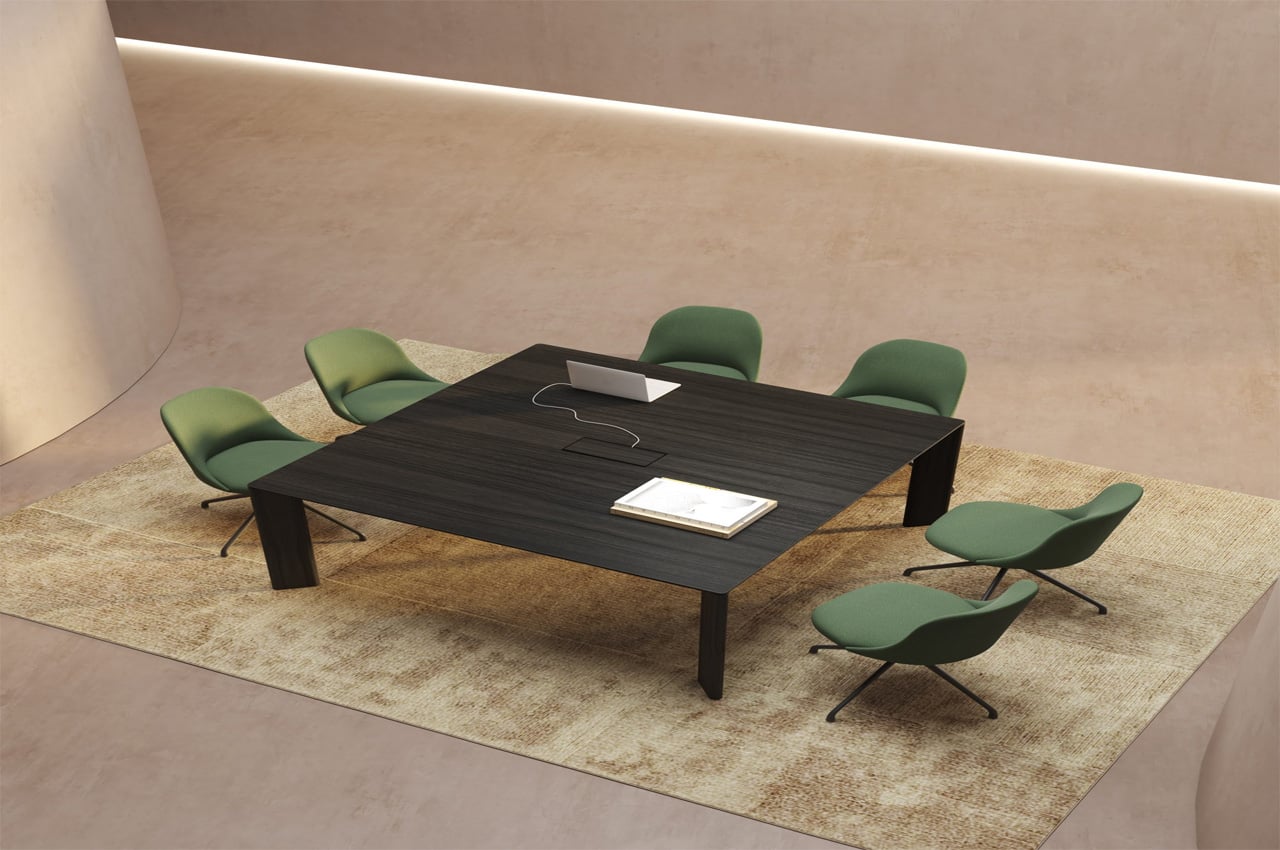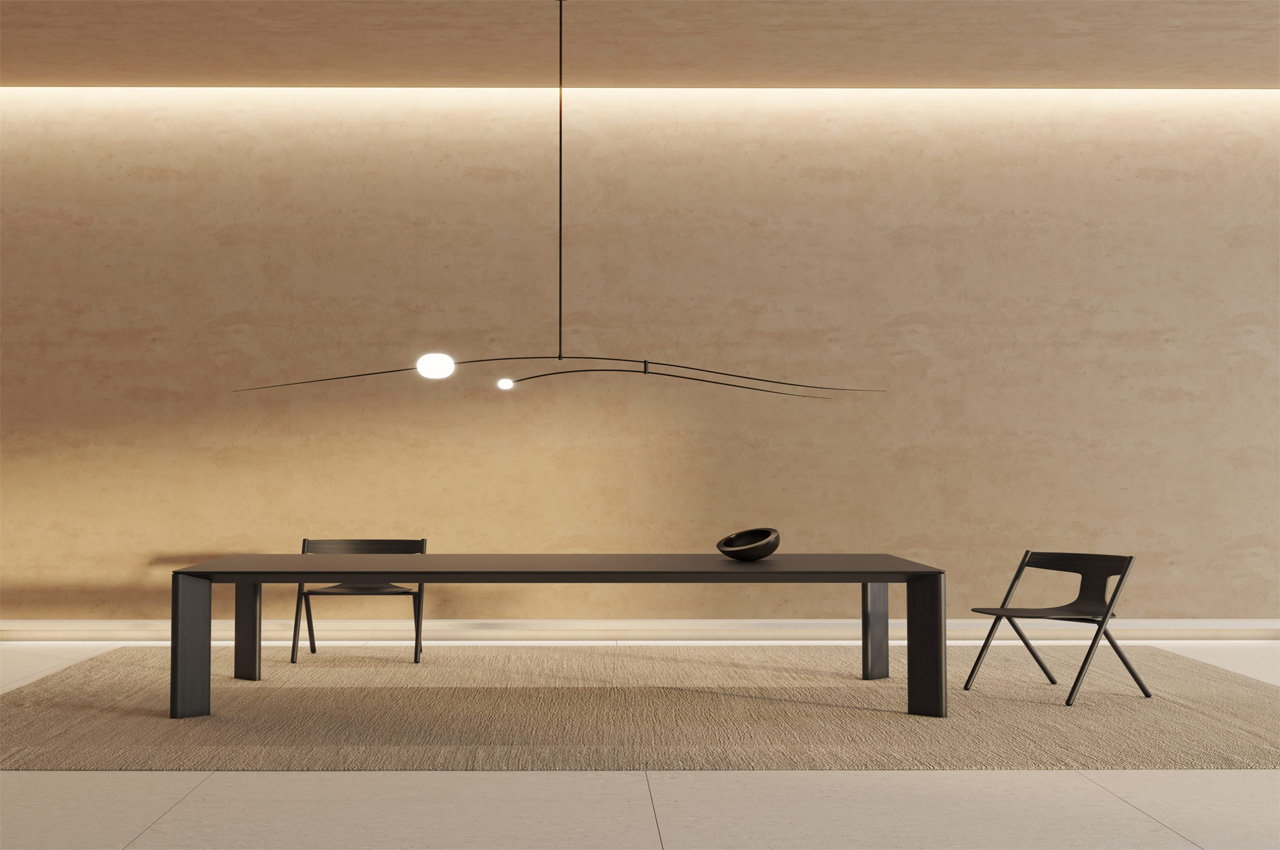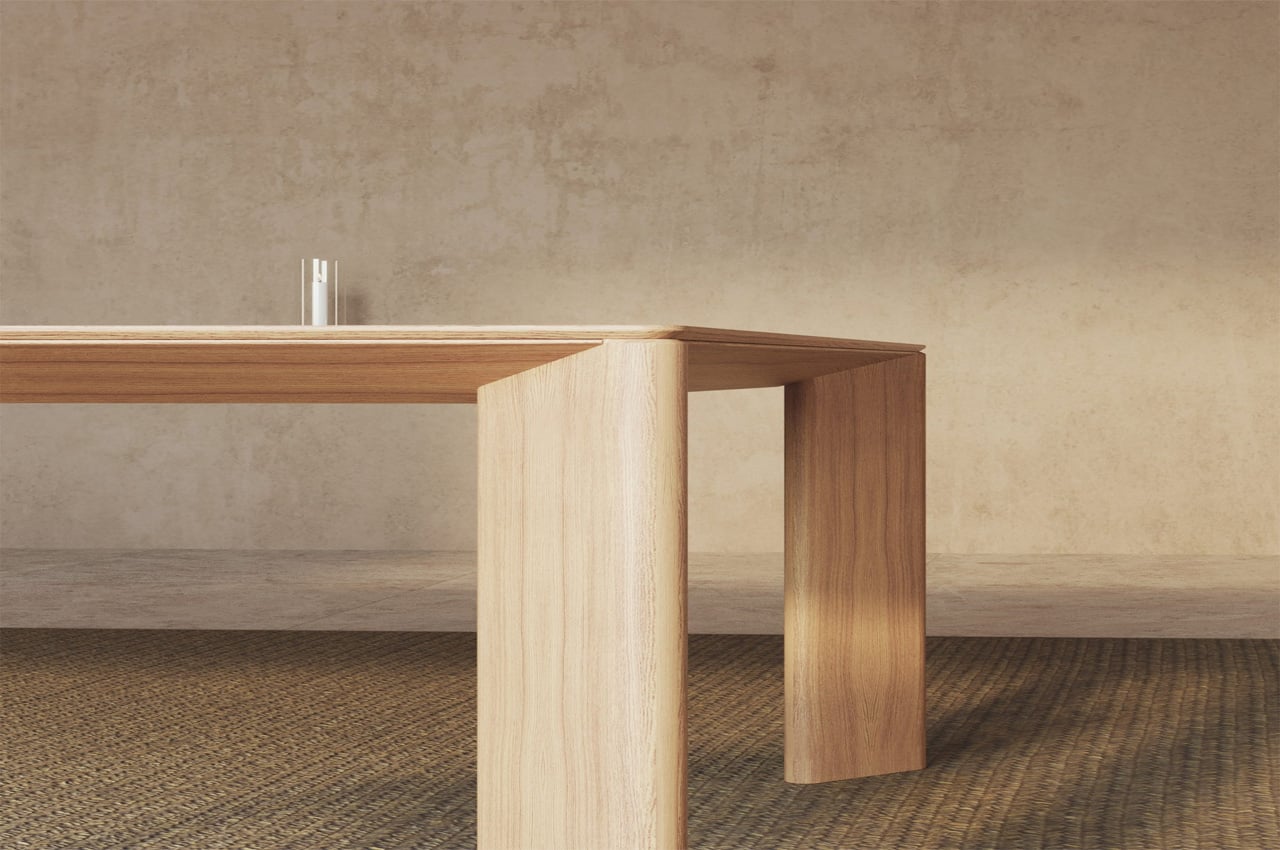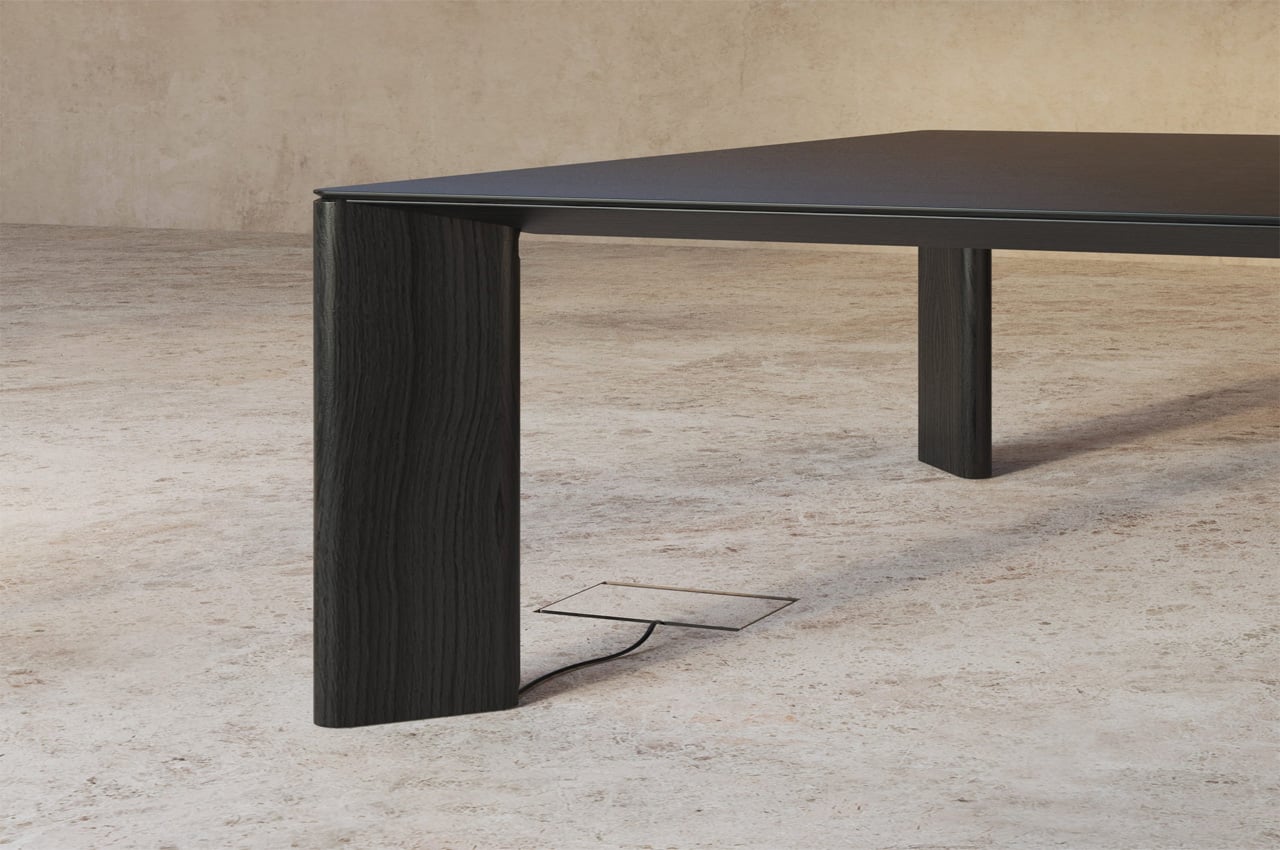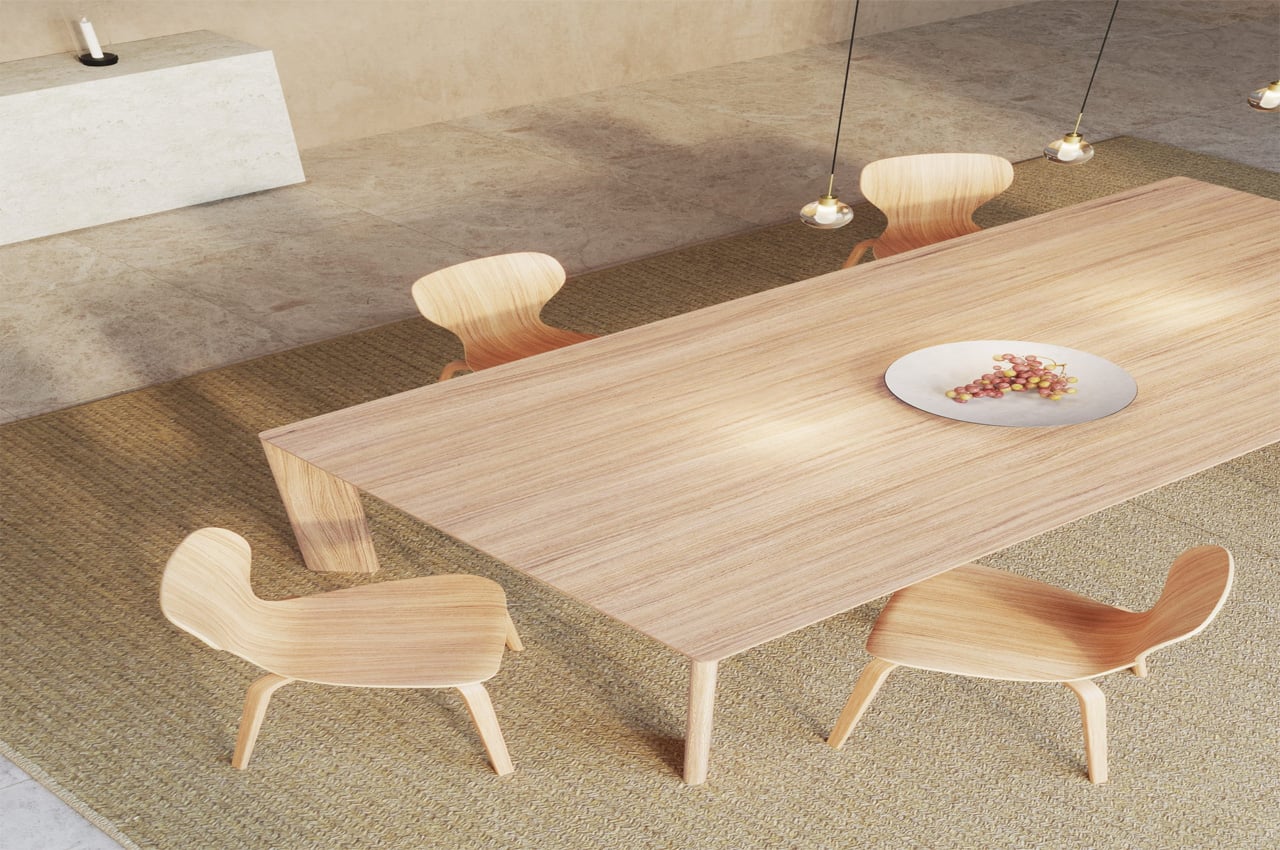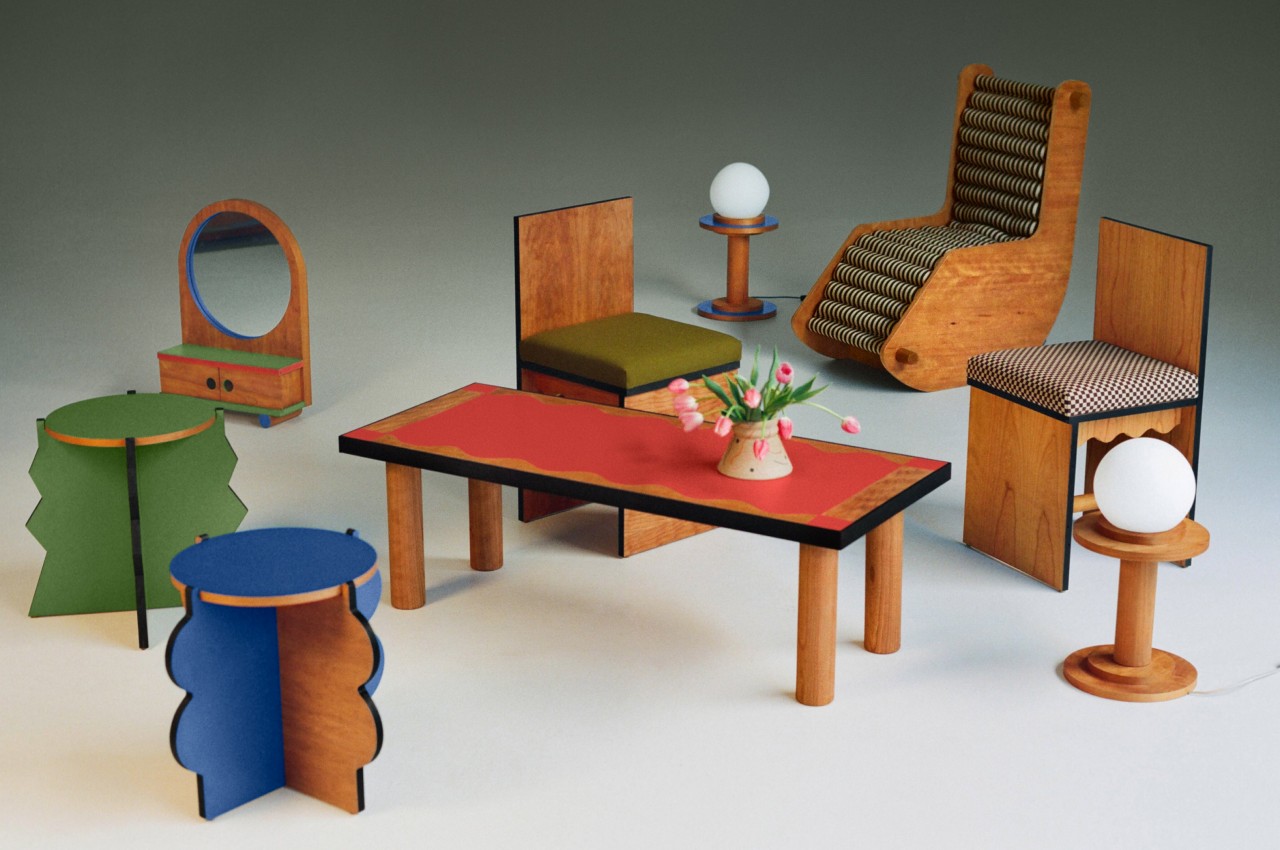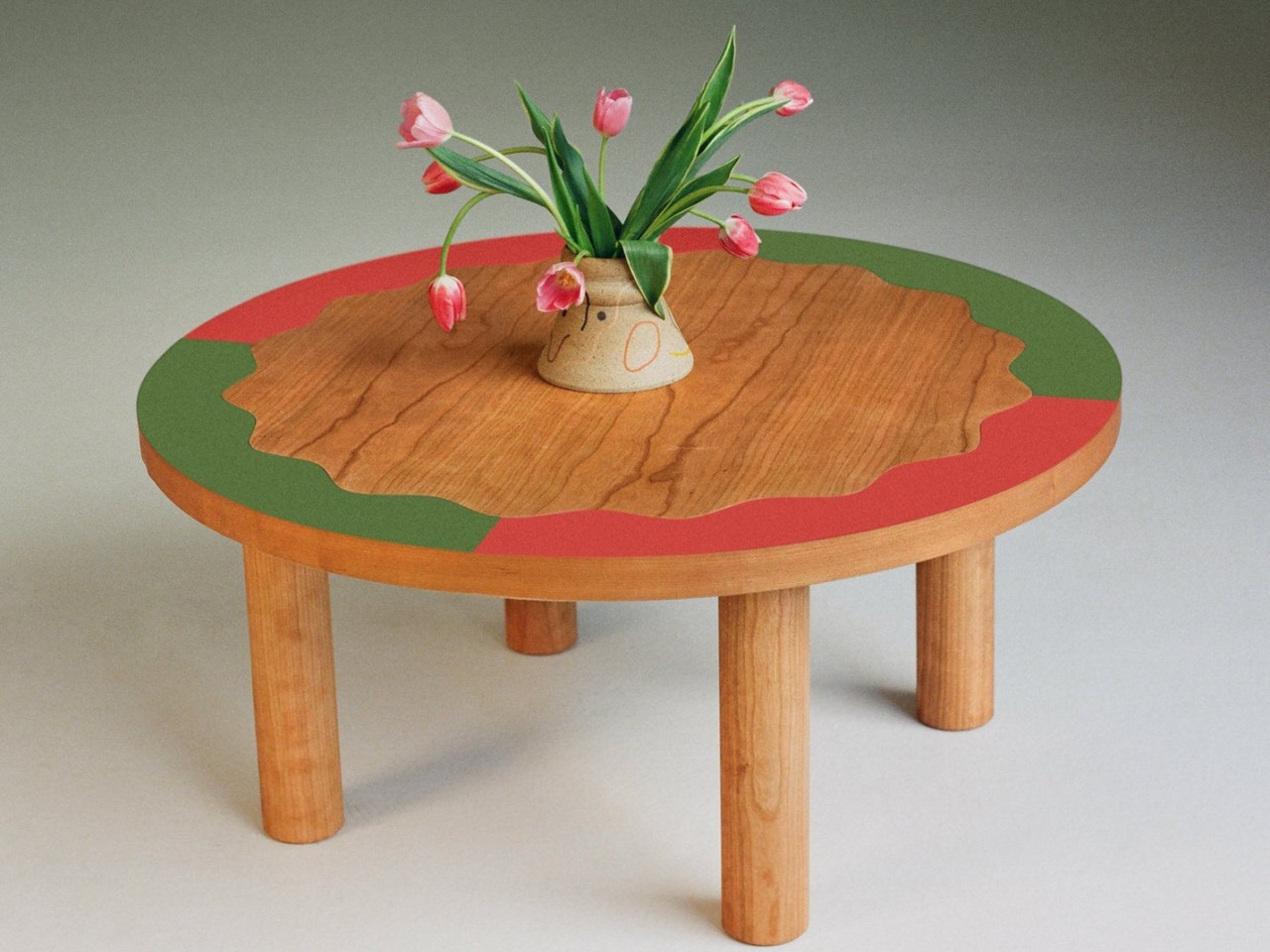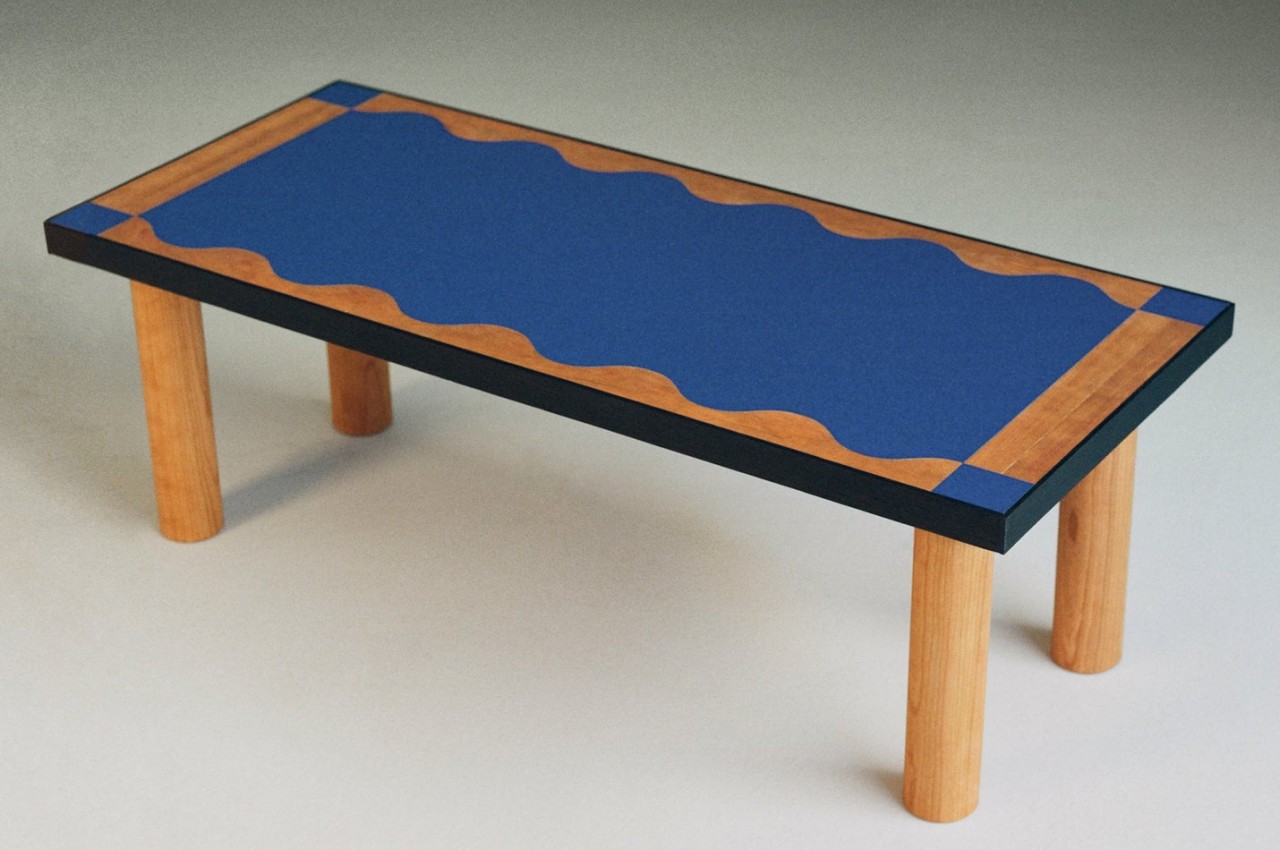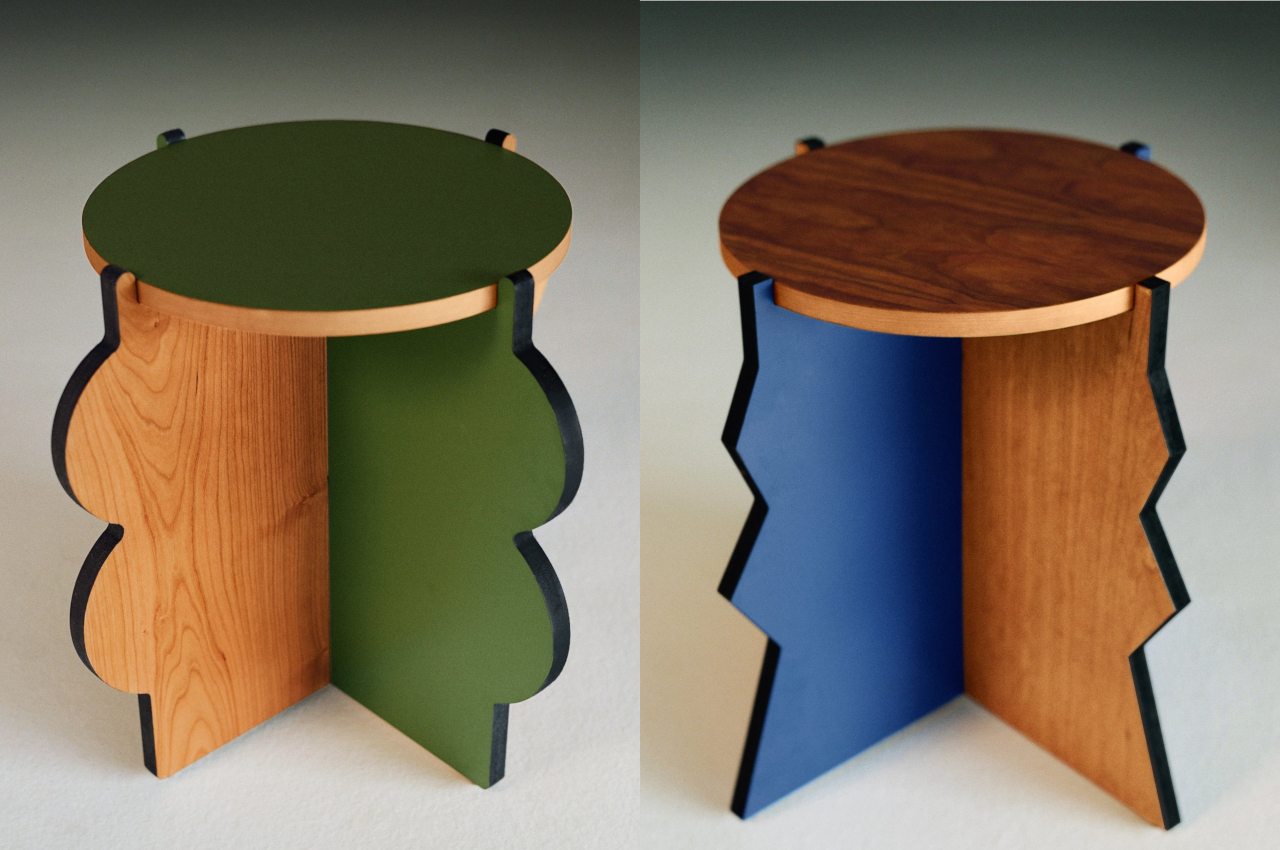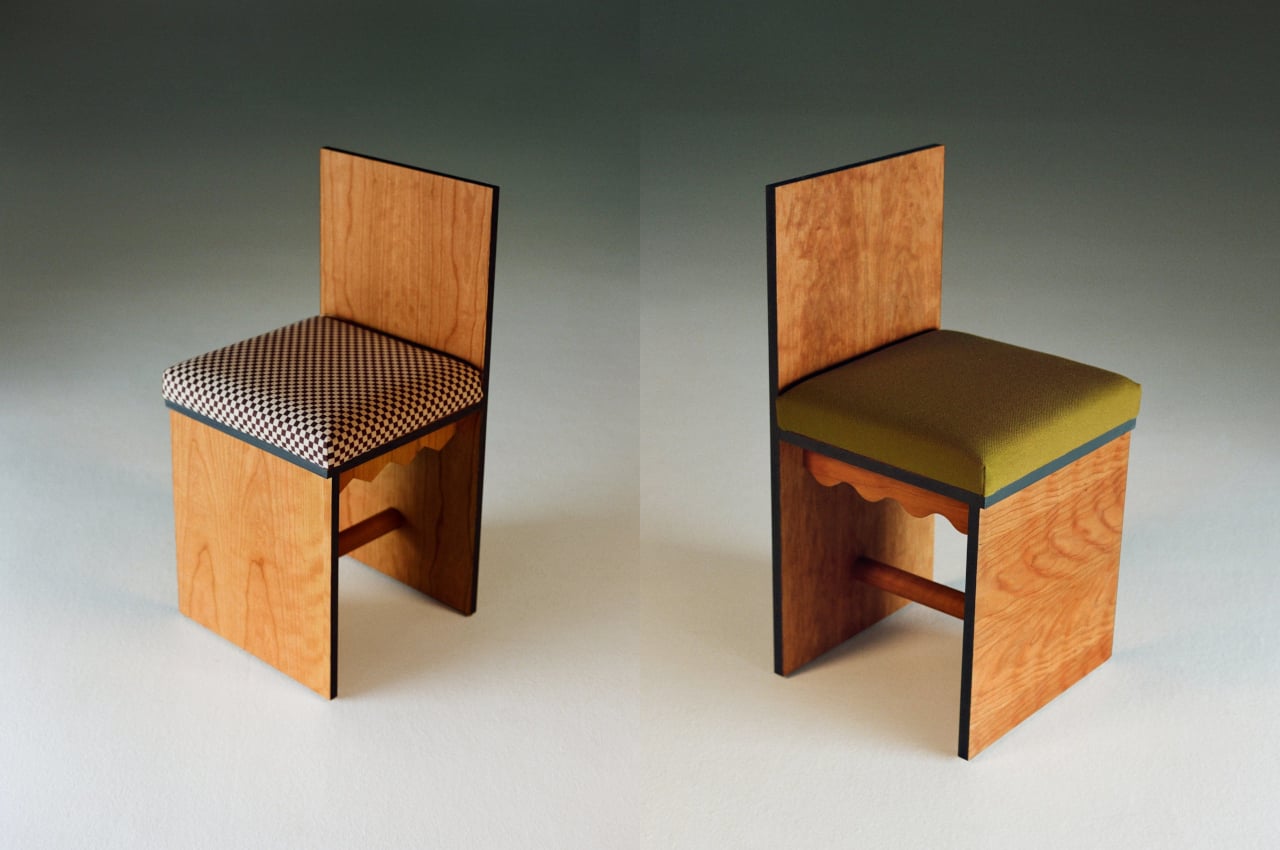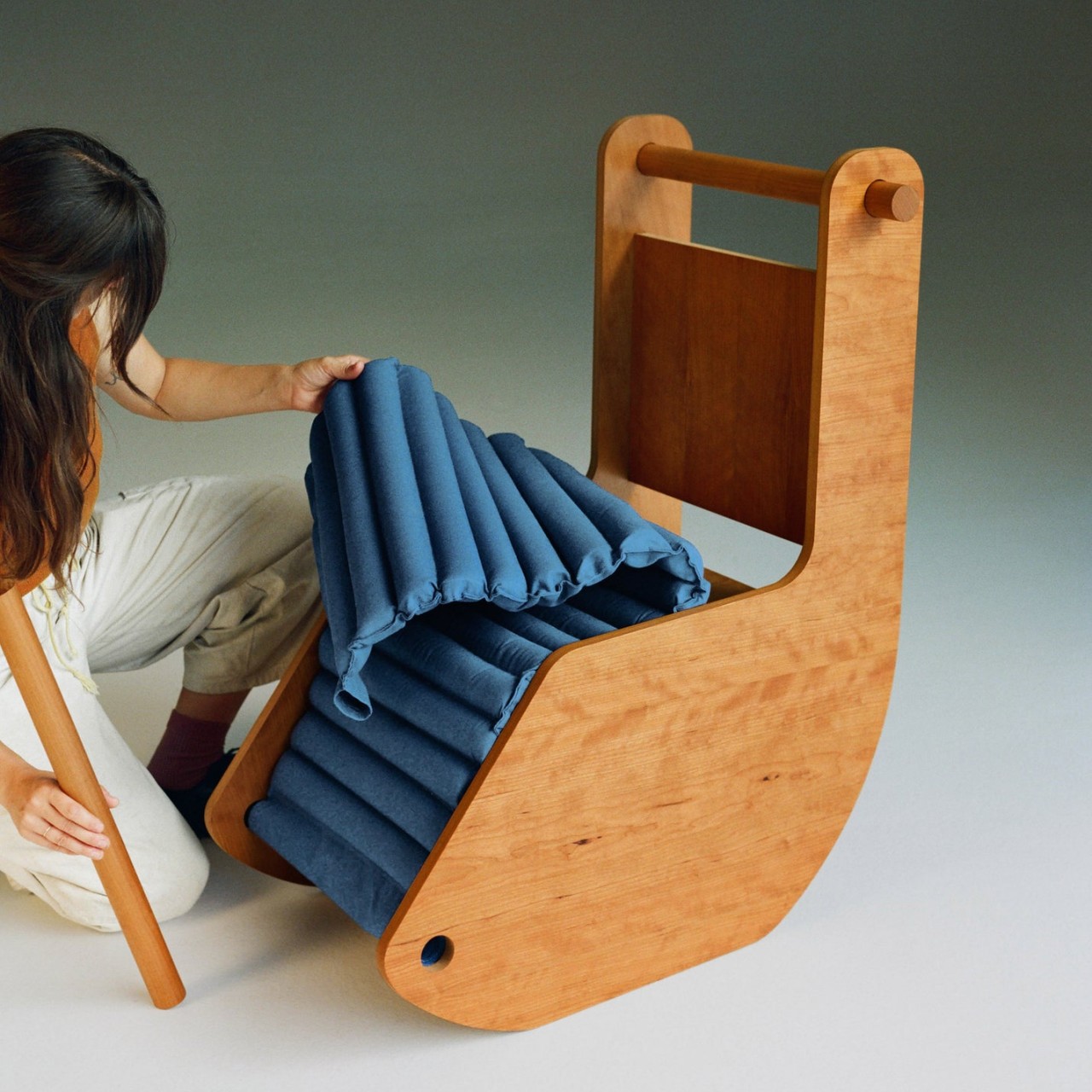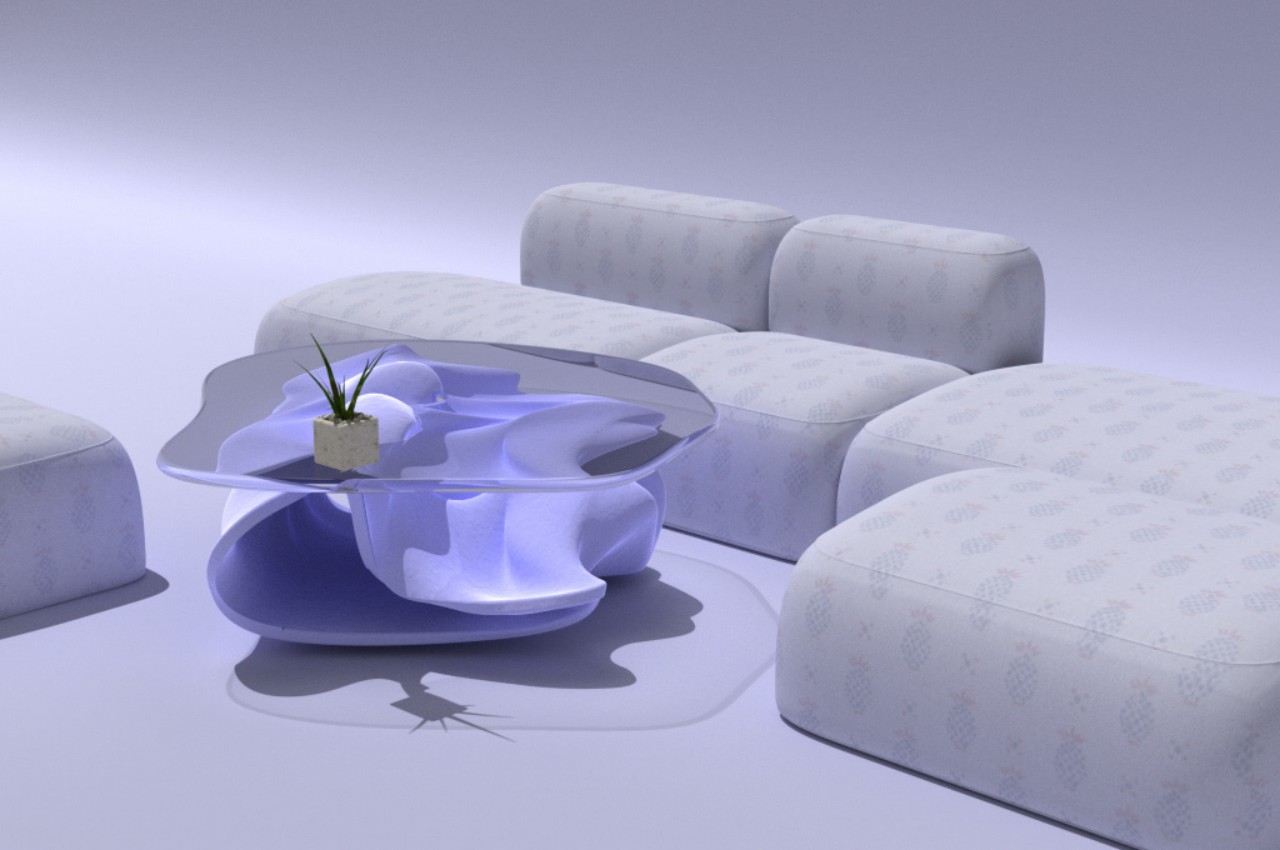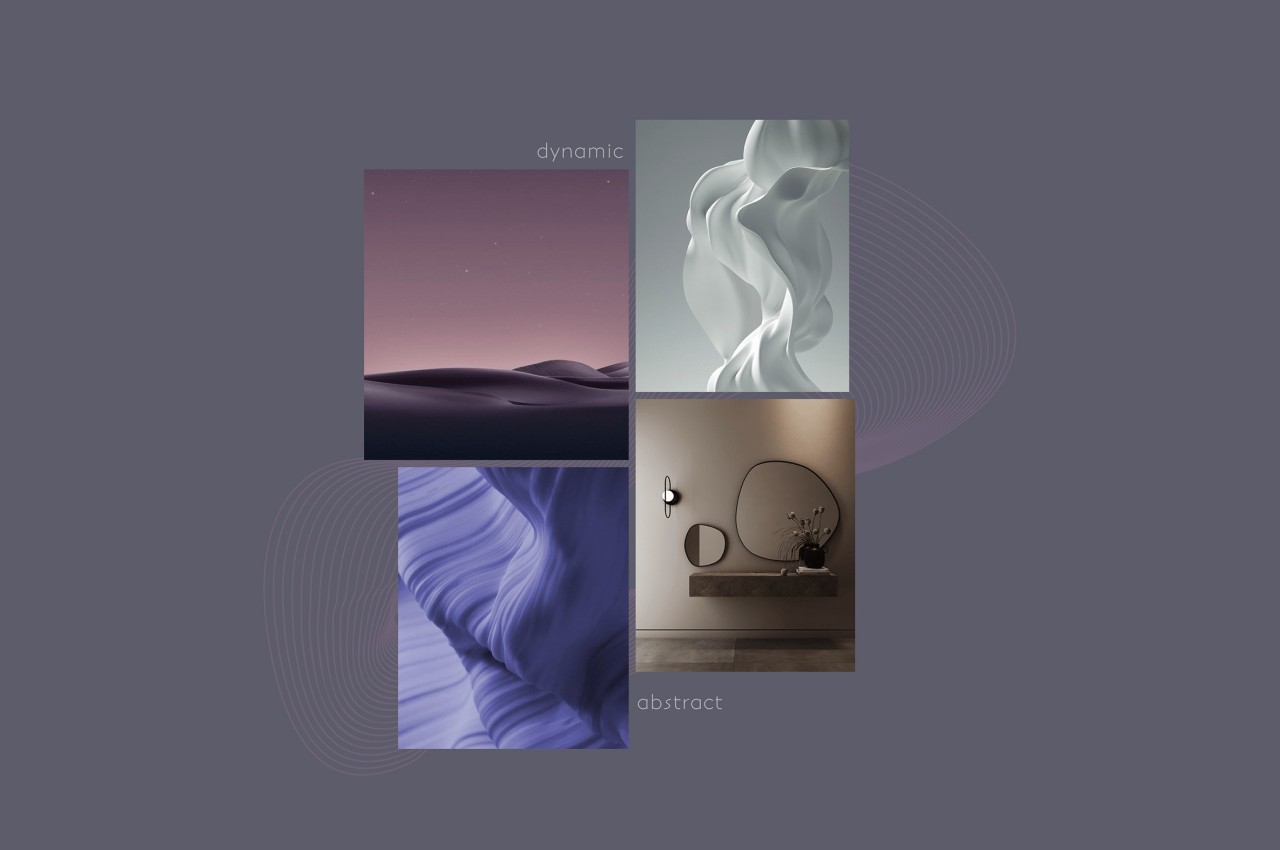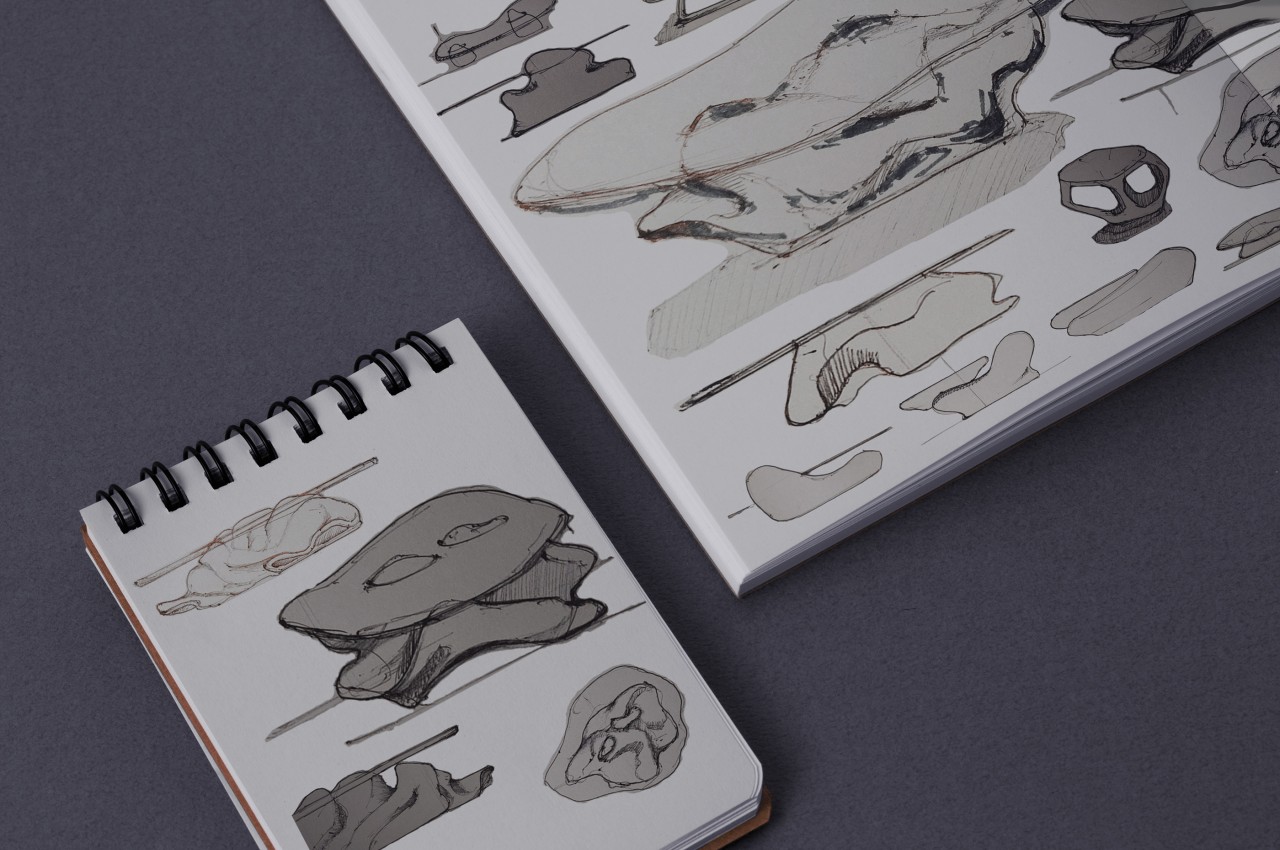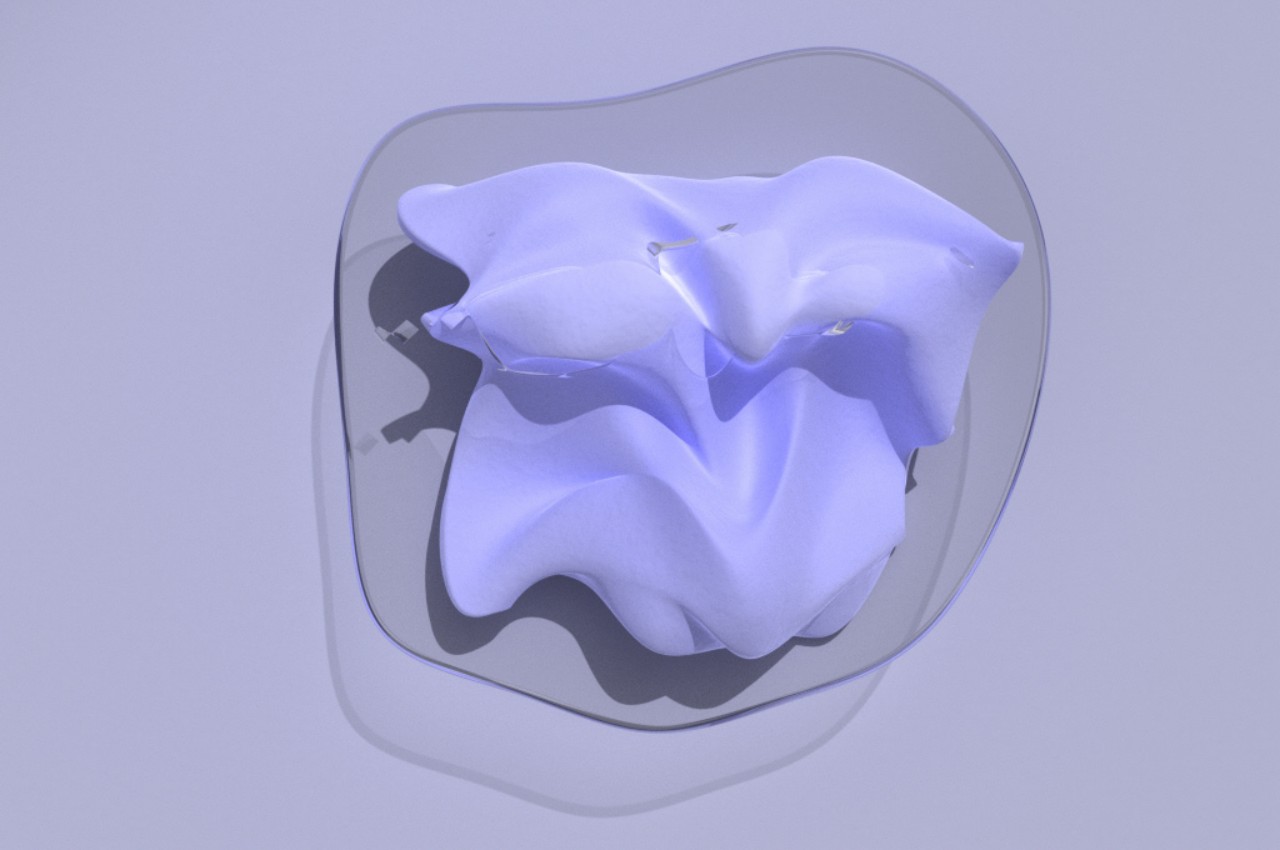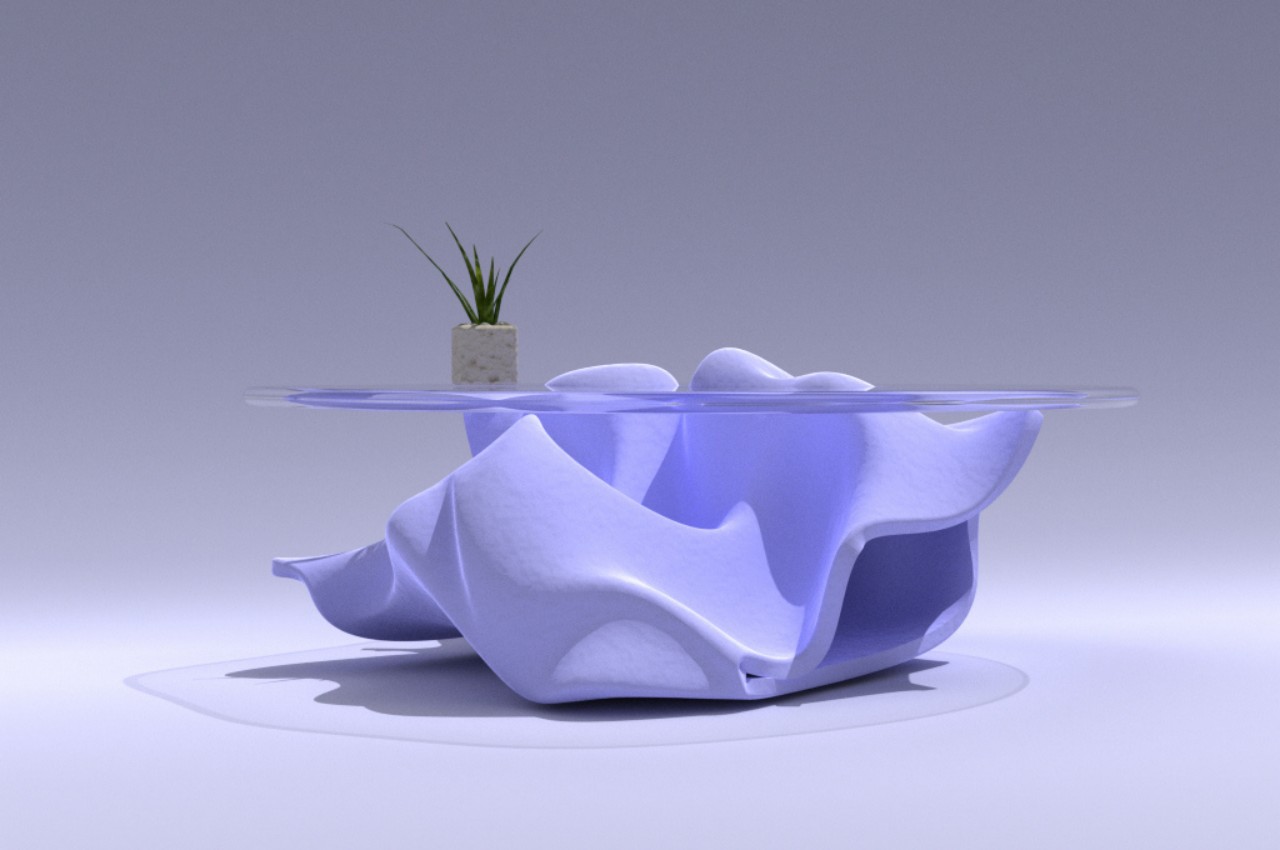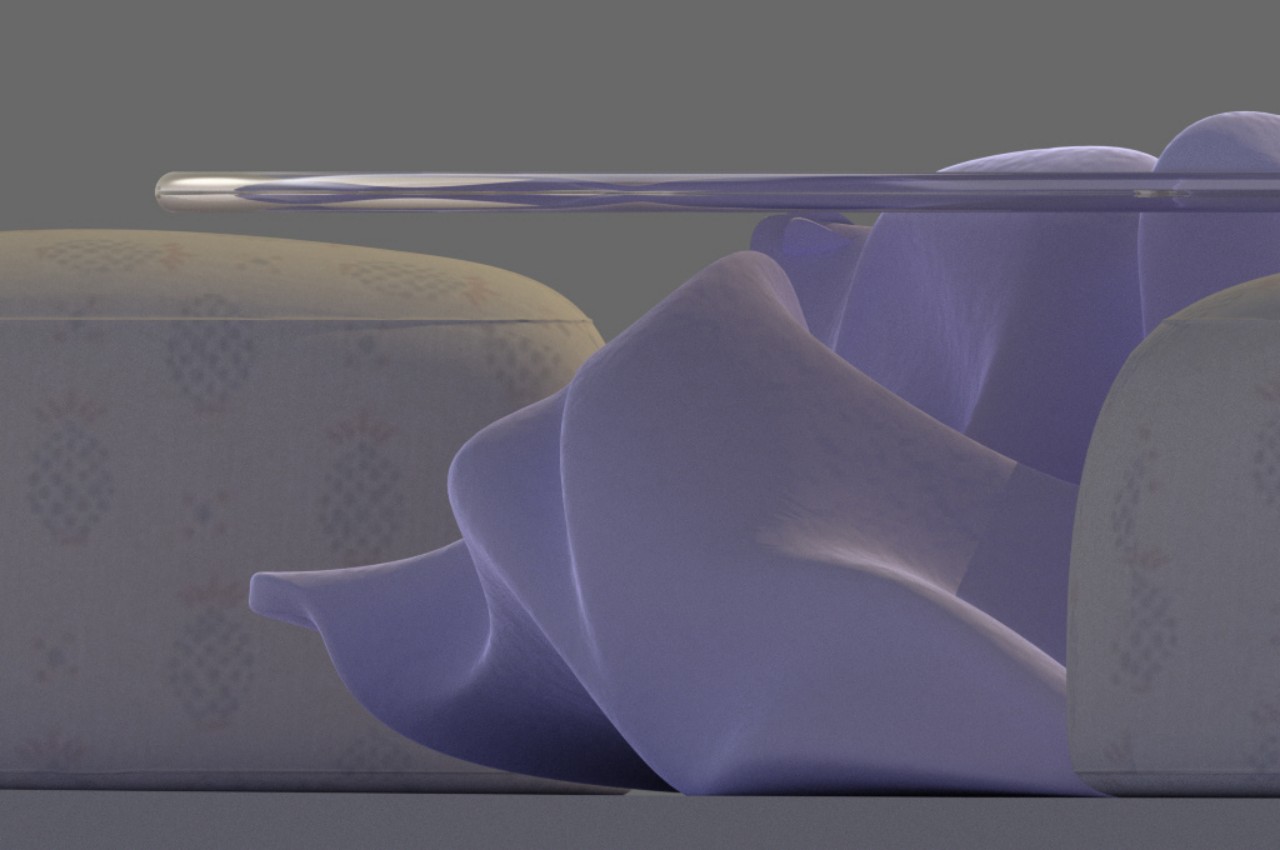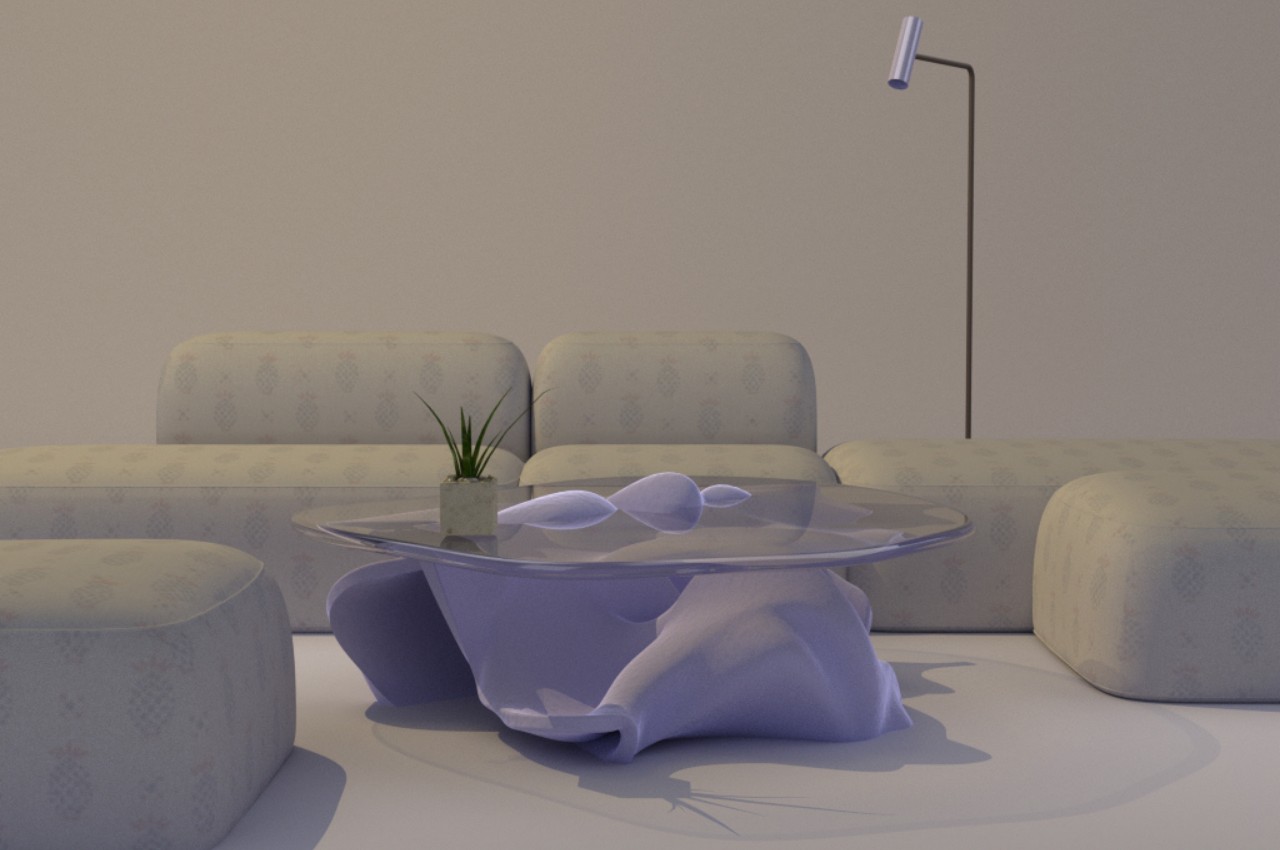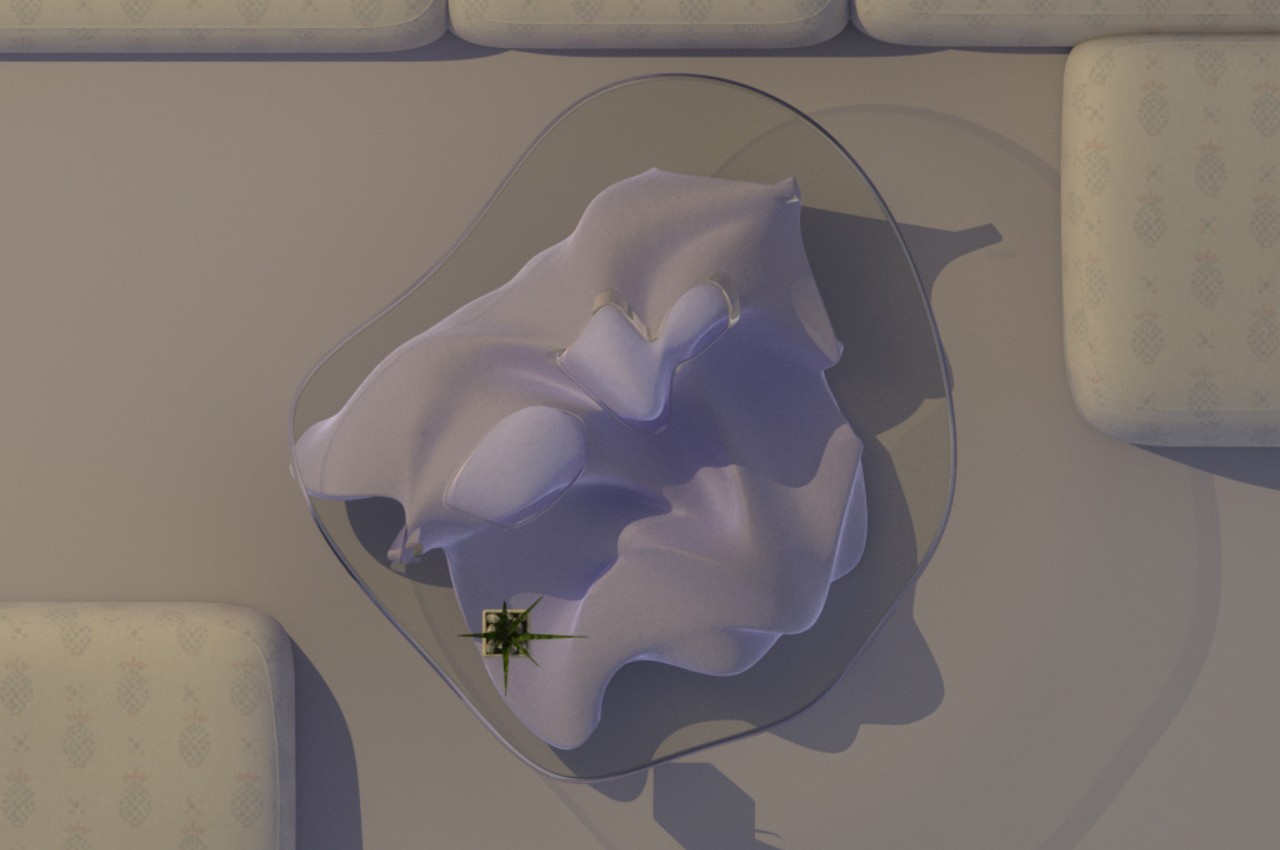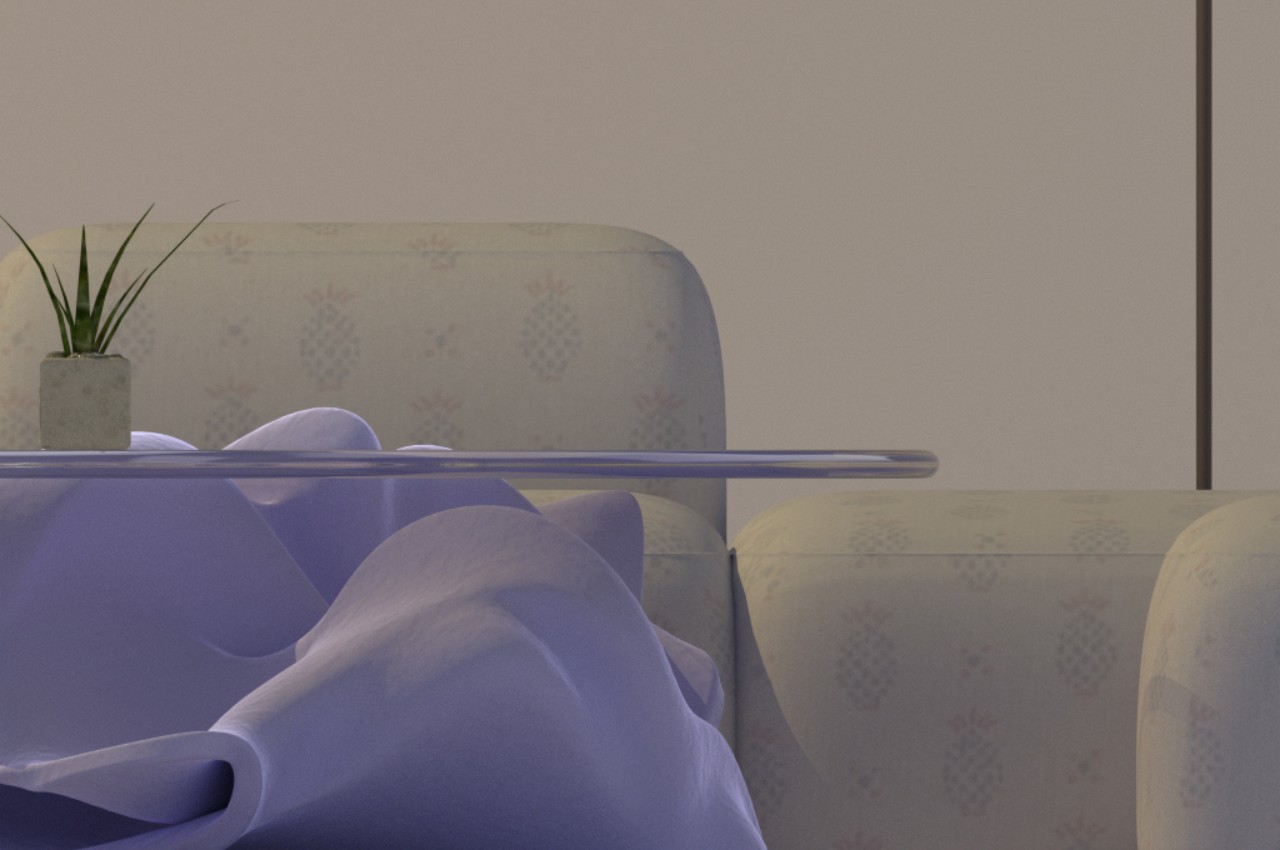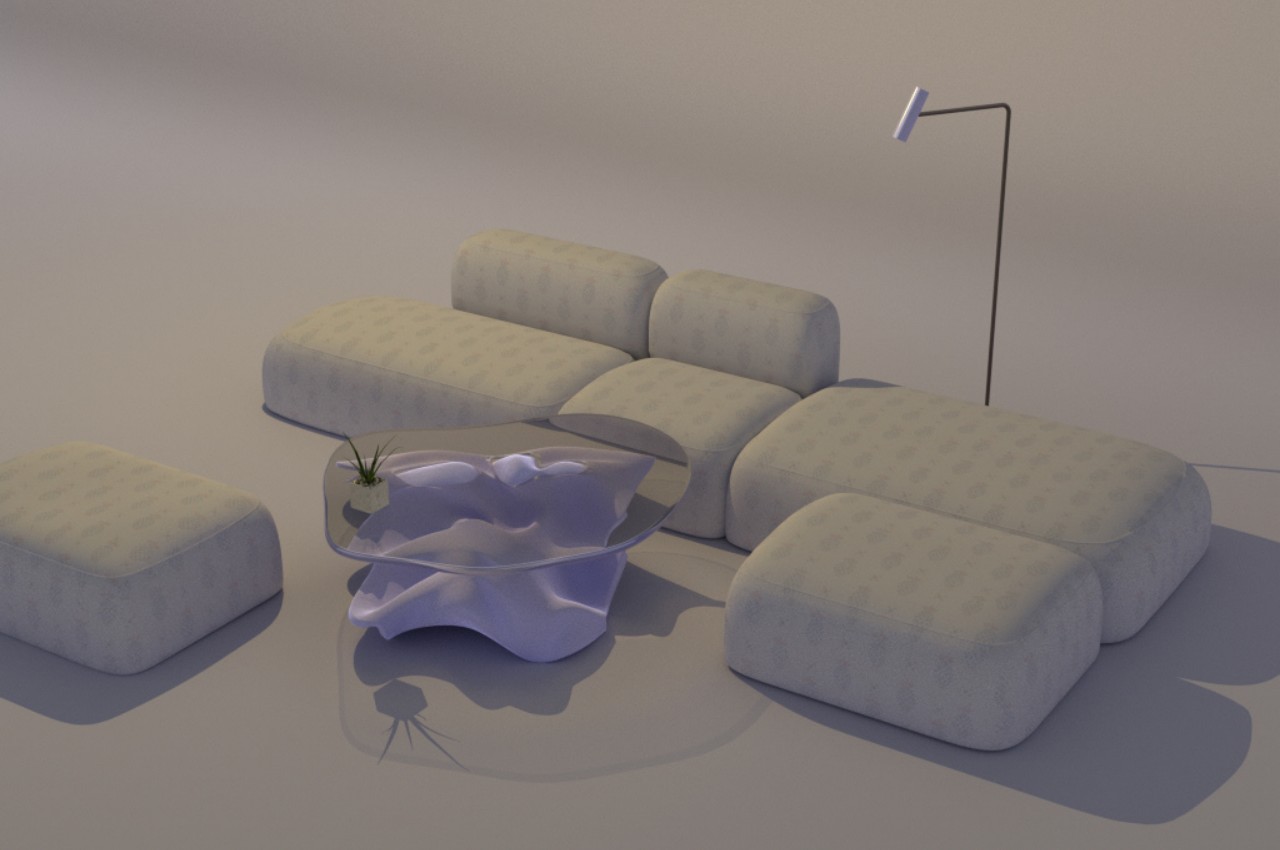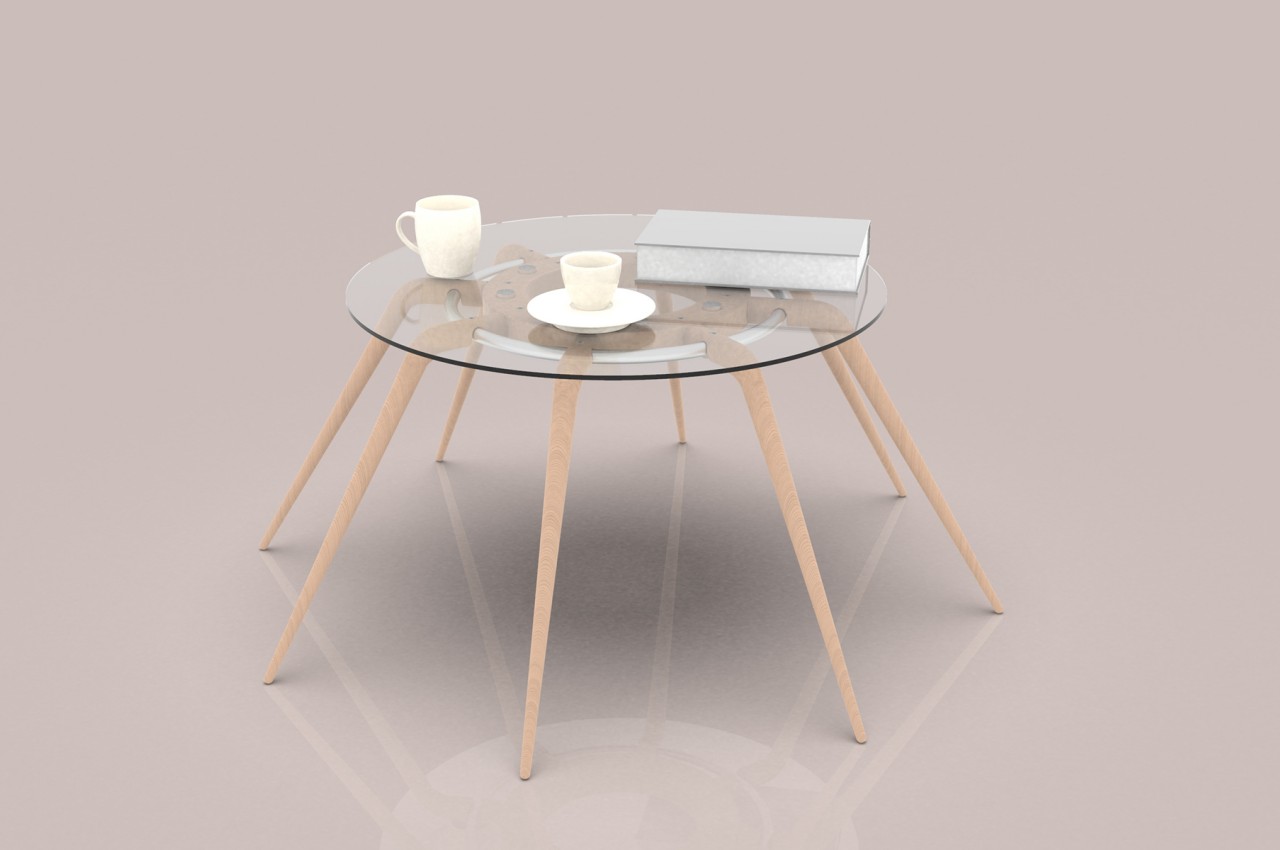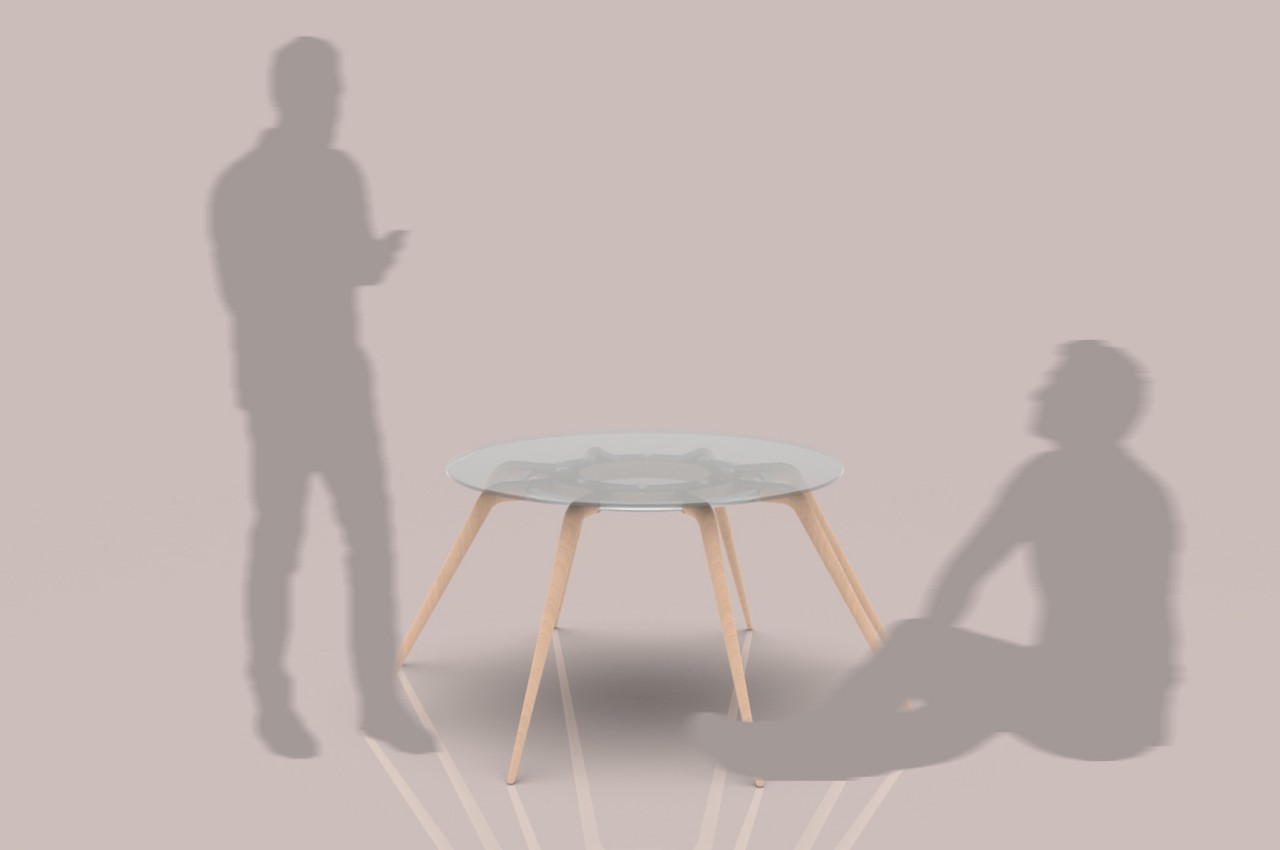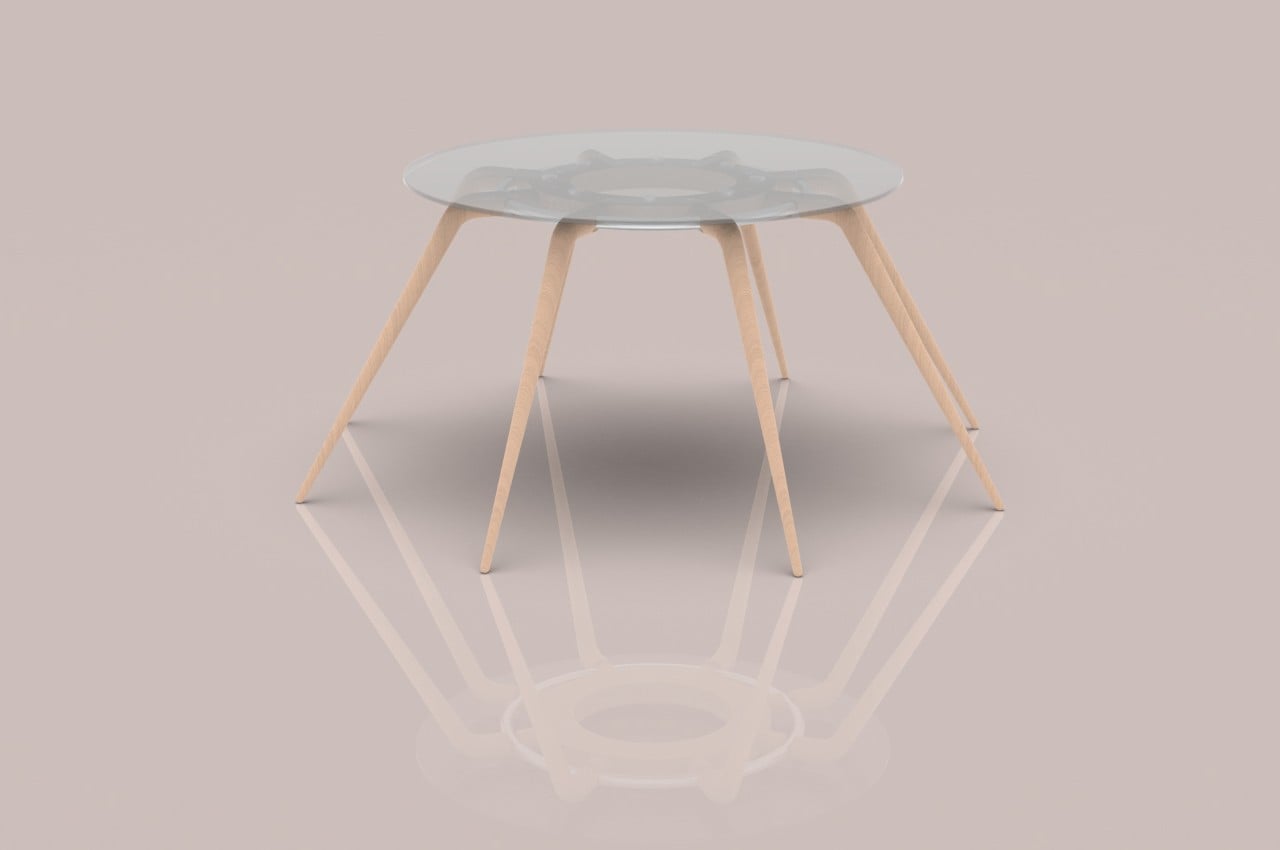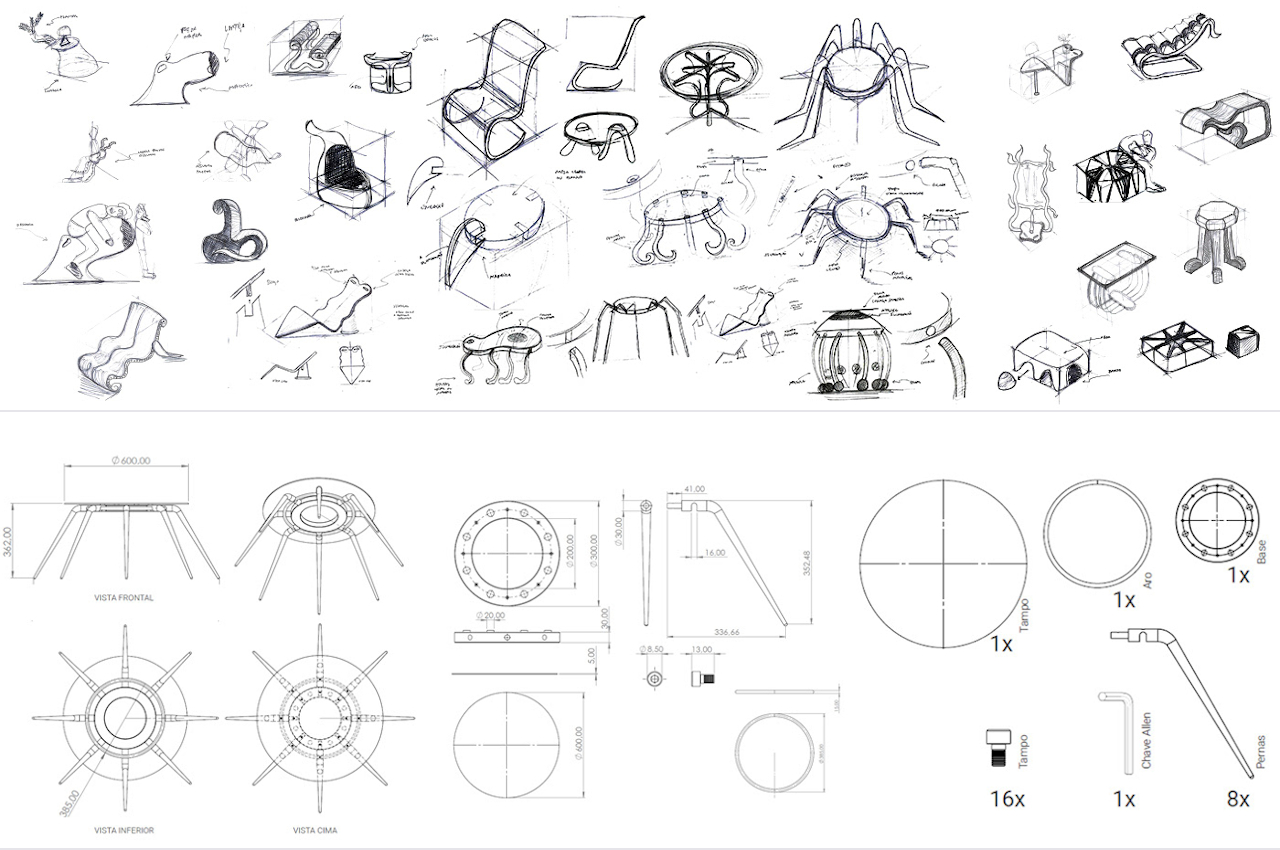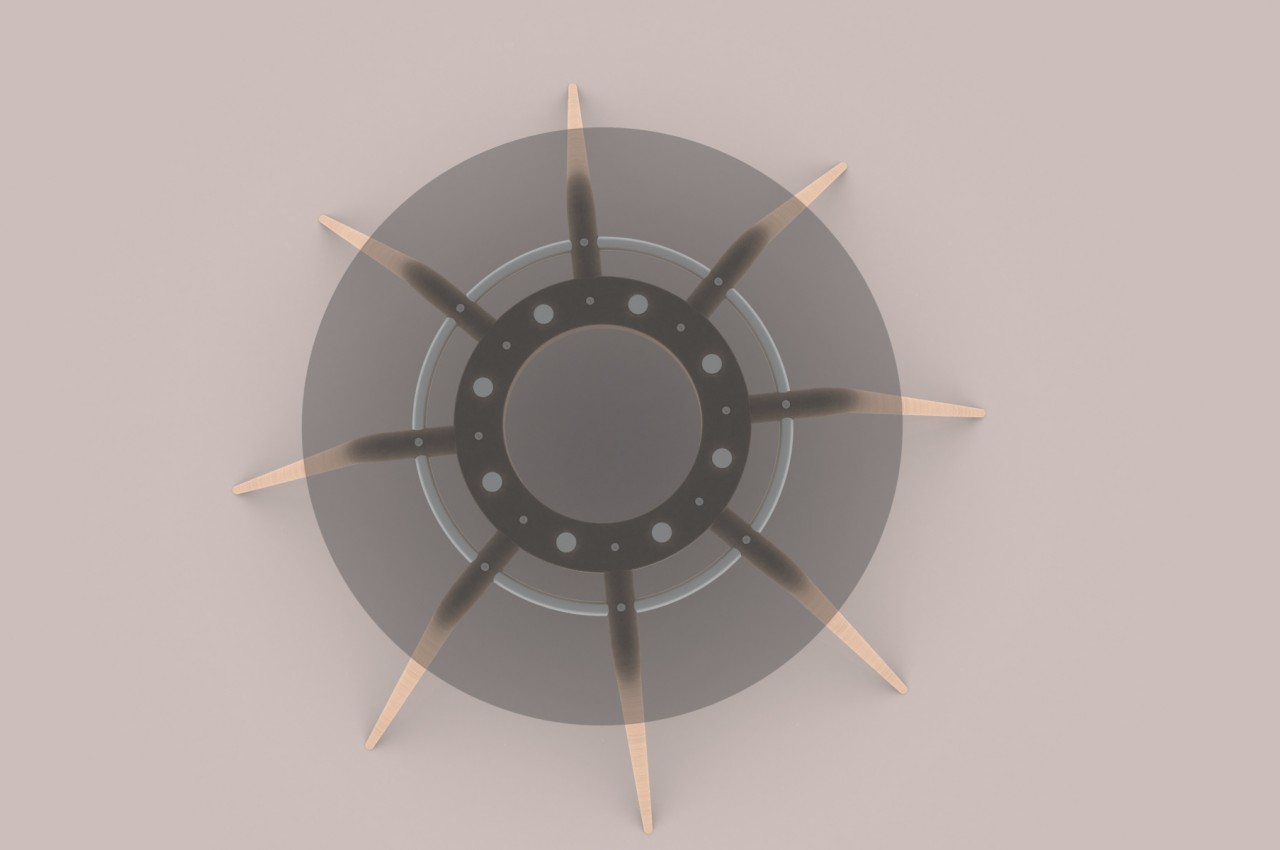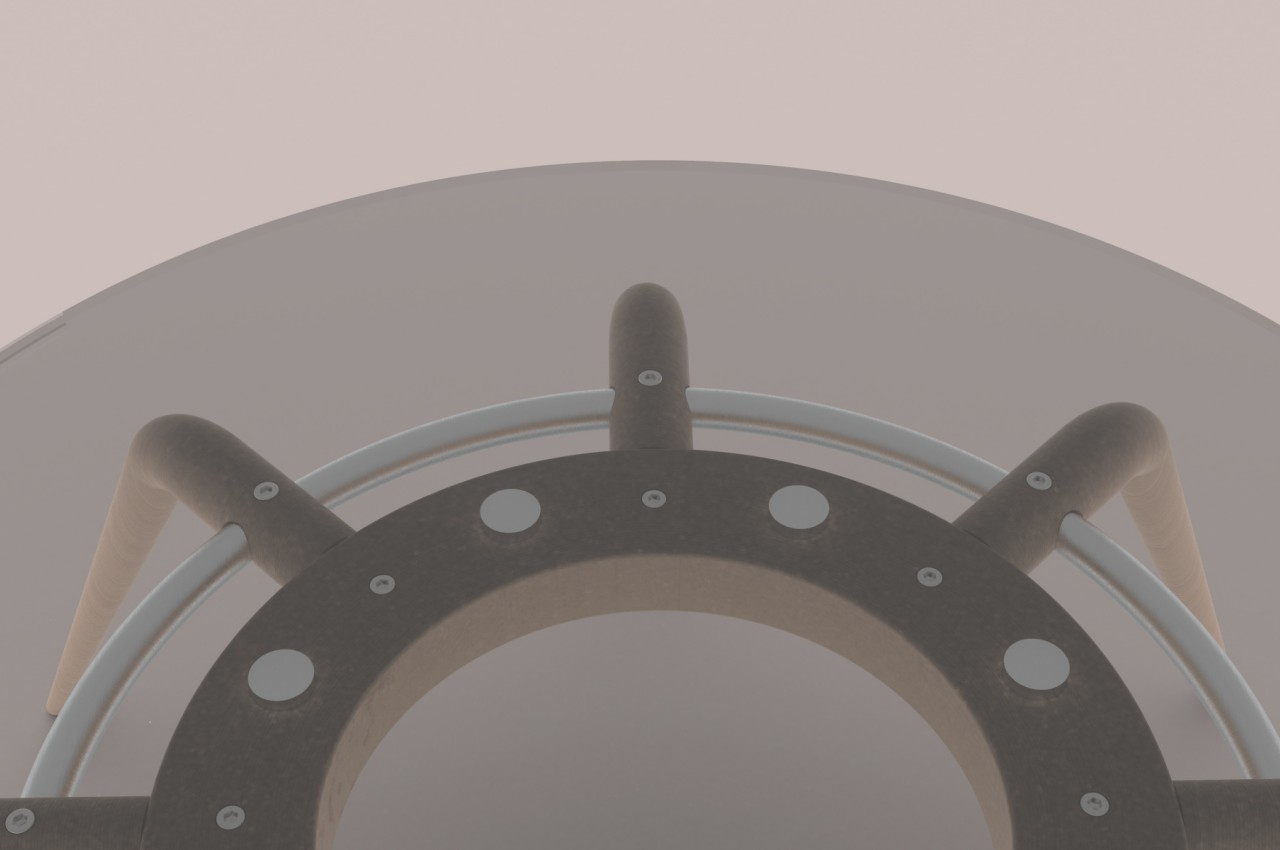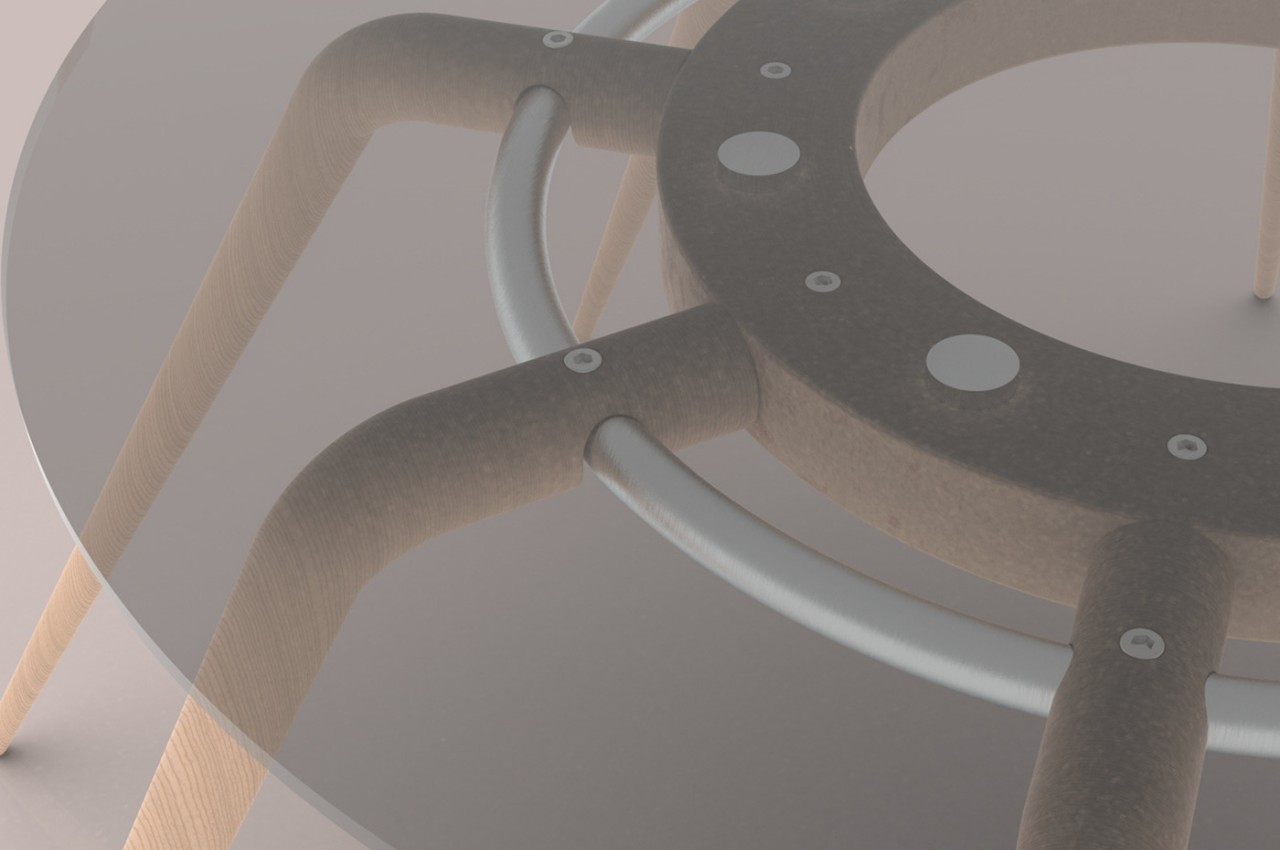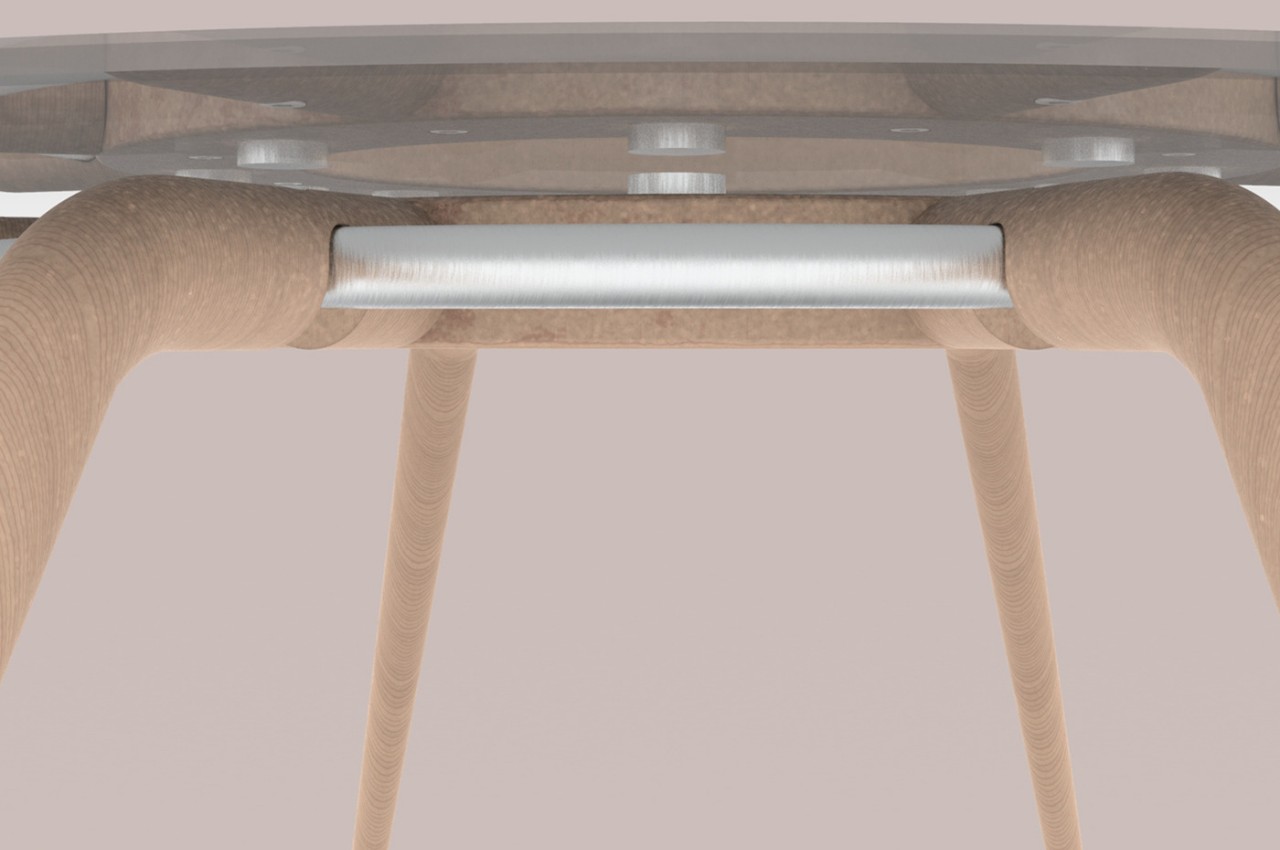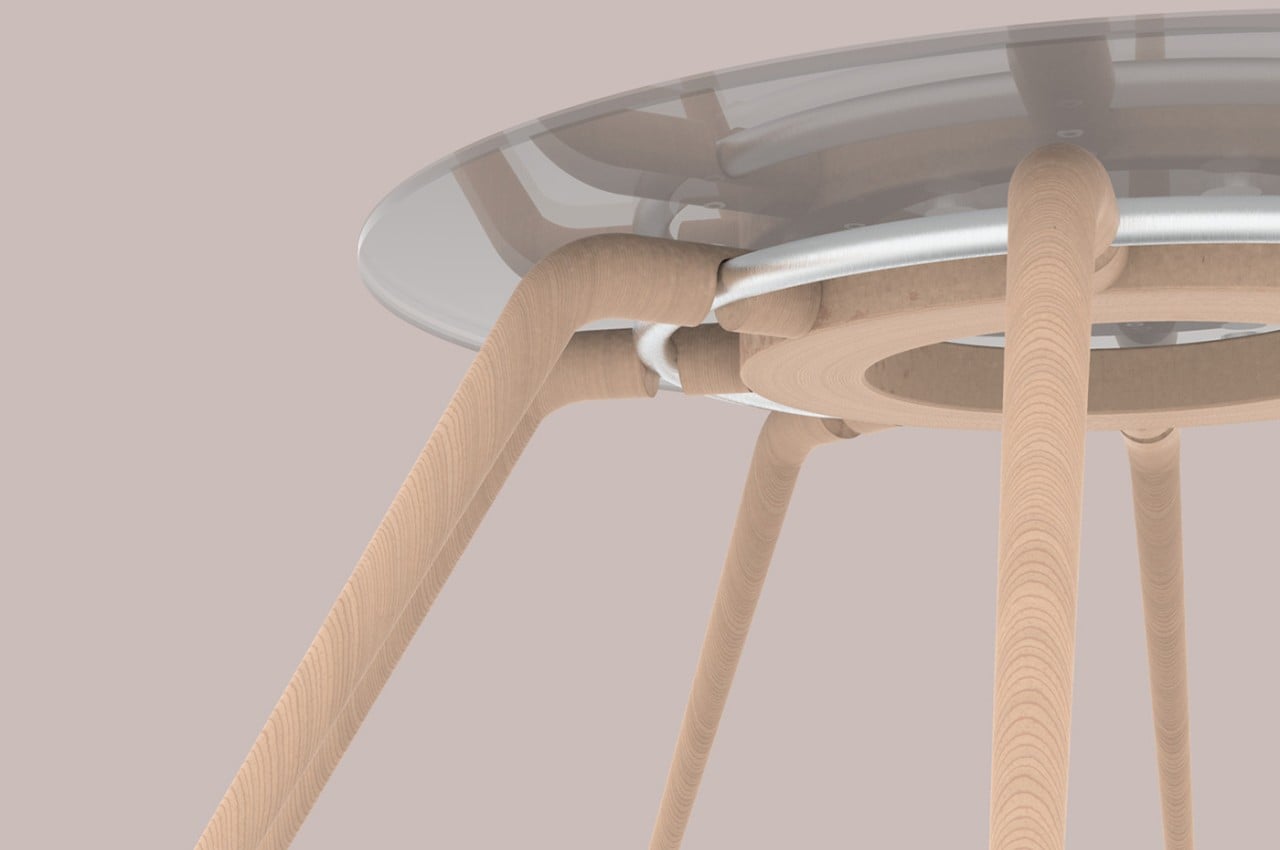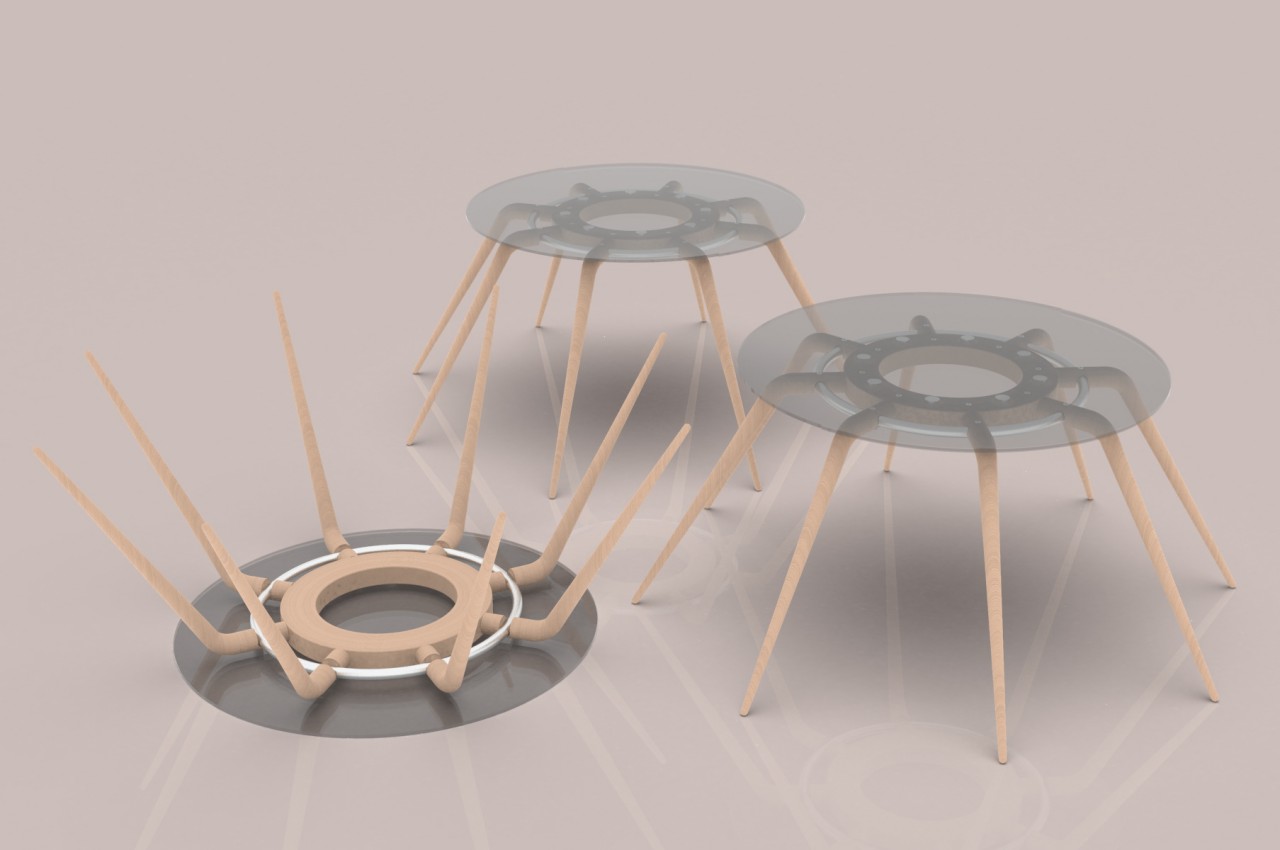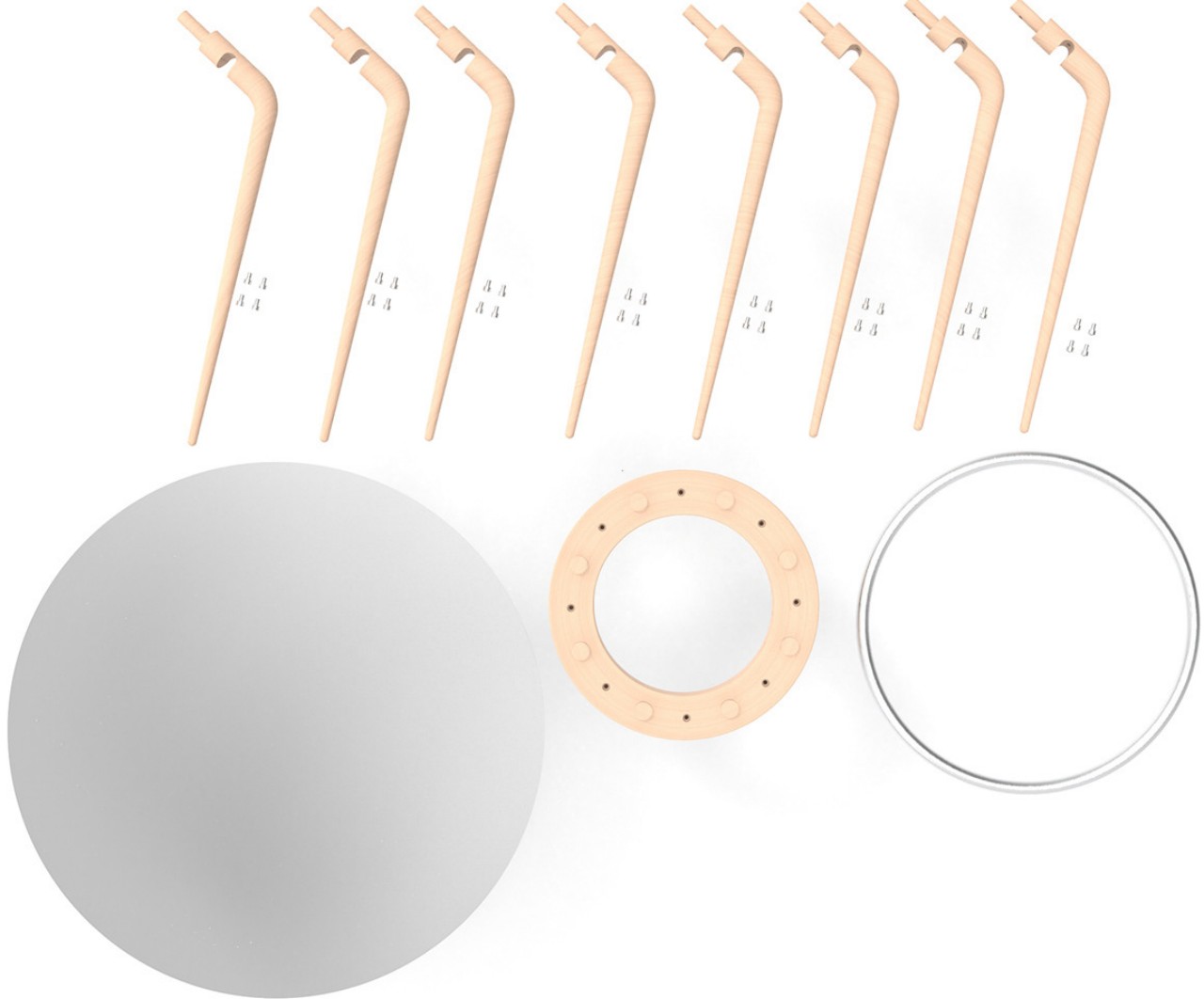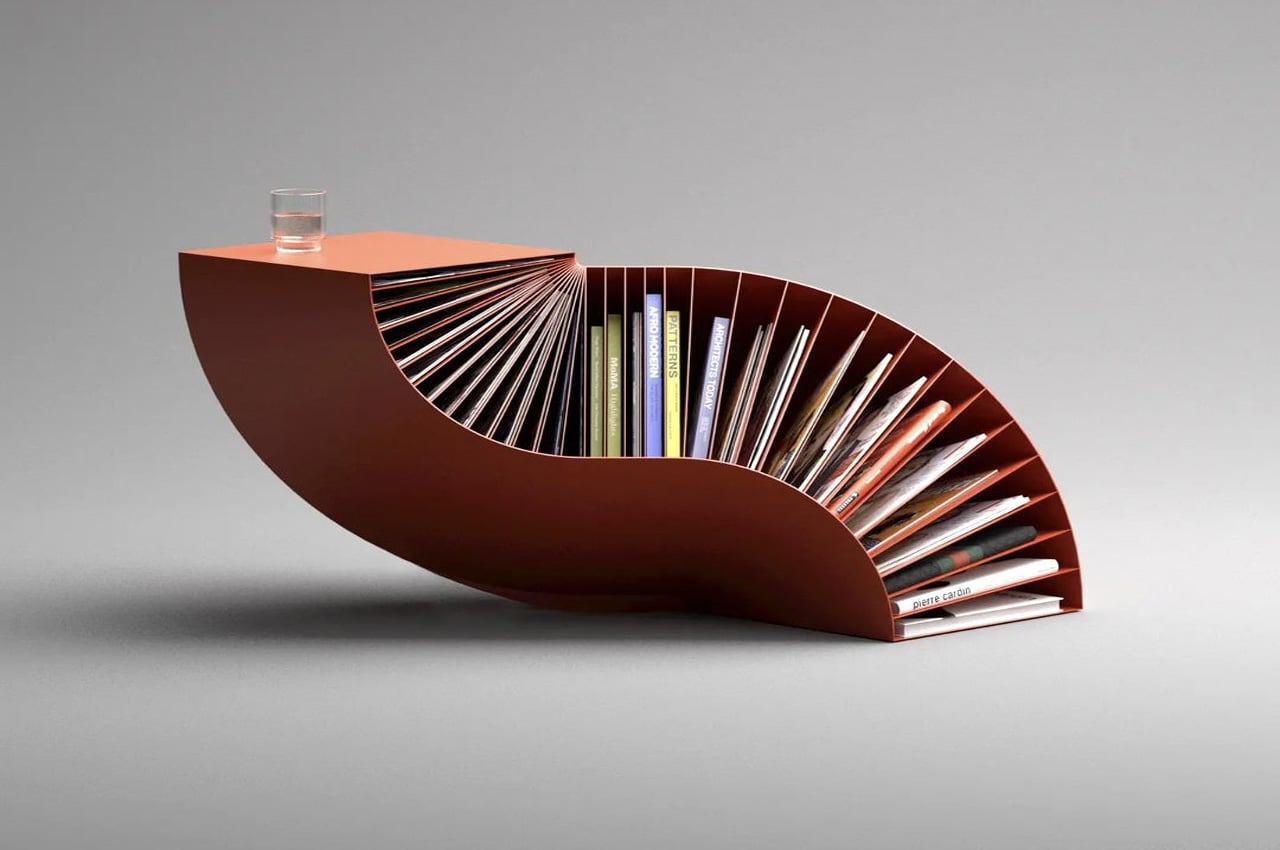
I believe that the secret to a great living room is an excellent coffee table. Coffee tables function as the centerpiece of a living room, hence you need to pick one that truly livens it up, and sets the tone for it. And, once the perfect coffee table has been set, you can start building the rest of the space around it – a comfy sofa, cute side tables, exquisite lighting, elegant decorative pieces. They are all brought together by the right coffee table! And even coffee tables are getting more innovative, unique, and well-crafted by the day! From a quirky red cuboidal coffee table that effortlessly stores your books and magazines, to a coffee table that holds an electric fireplace and is the ultimate winter essential – these exquisite coffee table designs are all you need to completely bring together your living room, and meet your interior design goals!
1. The Bookpet
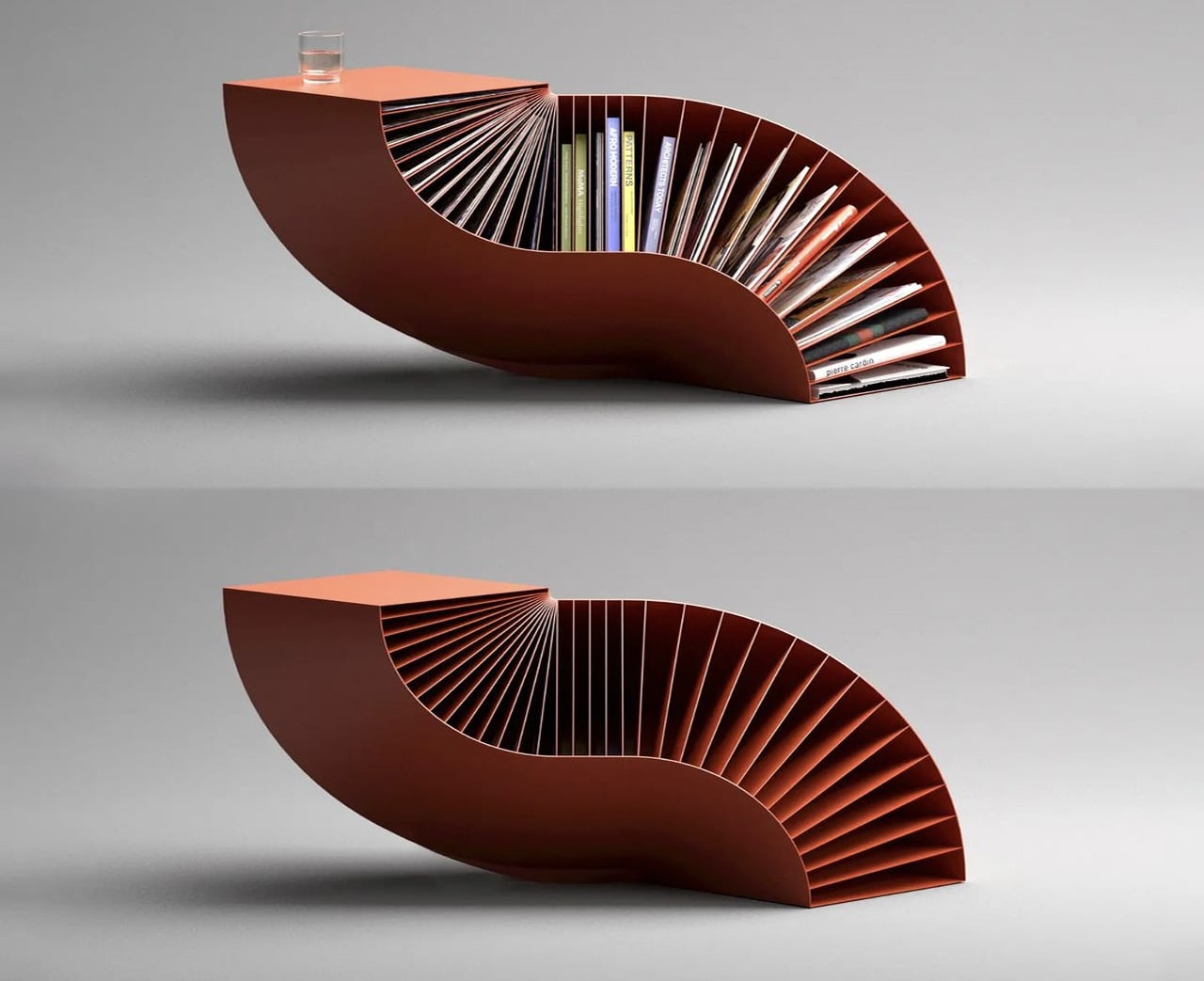
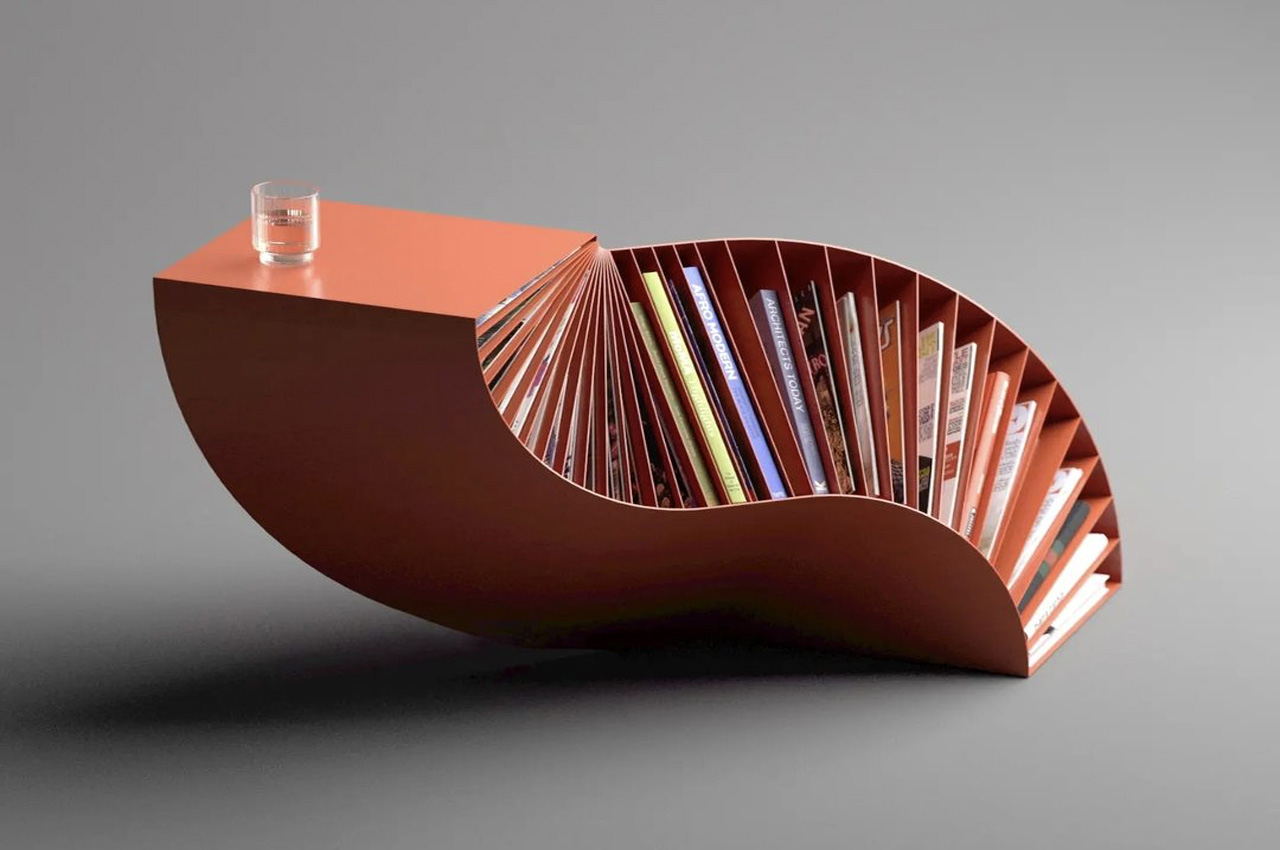
Designed to be a ‘coffee-book table’, the Bookpet is a visually exciting coffee table, that also doubles up as an excellent storage space for your books and magazines. It showcases a sculptural shape that evolves from a double-bent cuboid.
Why is it noteworthy?
The cuboidal form of the furniture allows for a sturdy tabletop at one end, which functions as the coffee table part of the design. In contrast, the rest of the piece has been integrated with little slits and nooks that can perfectly hold your favorite books and magazines. Bookpet has a compact and space-friendly size, allowing it to be ideal for tiny homes, and modern apartments with space constraint woes.
What we like
- Compact + space-saving design
- It looks like a sausage dog!
What we dislike
2. Wormhole Coffee Table
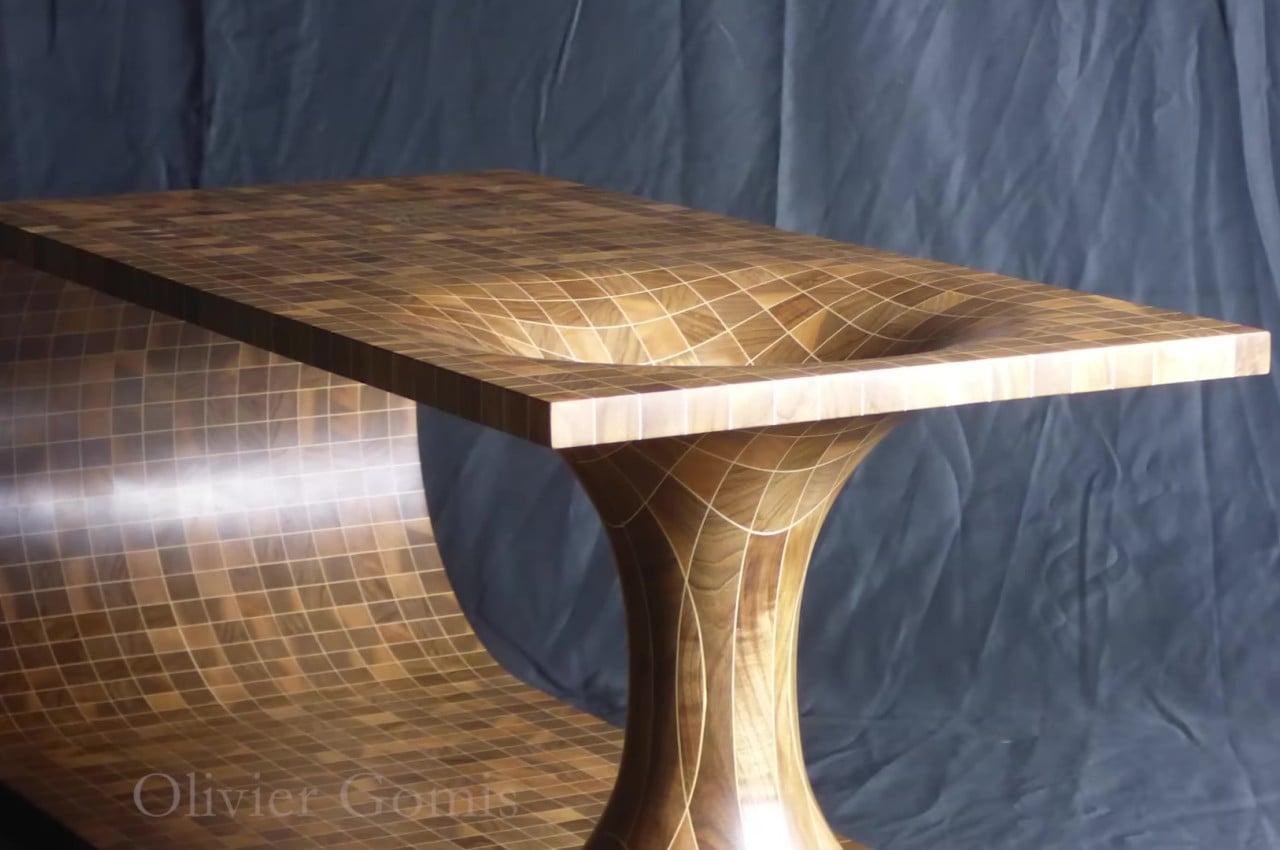
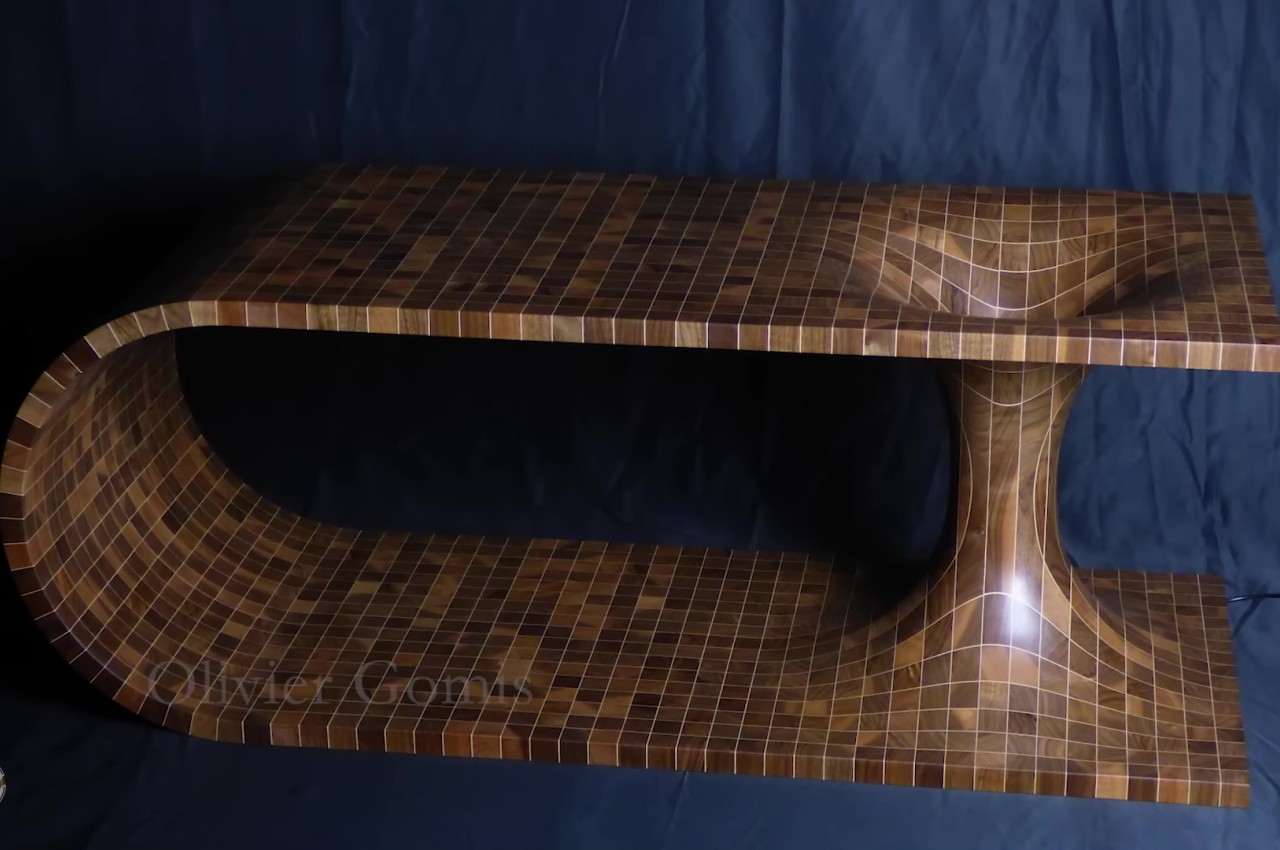
Wormholes can hypothetically connect two disparate points in spacetime via a tunnel. And they’re quite commonly found in science fiction! And this mind-blowing coffee table by Olivier Gomis attempts to convert the hypothetical wormhole into a physical manifestation.
Why is it noteworthy?
The shape of a table is already quite eye-catching on its own. It’s almost like a wooden plank that has been bent so that the two ends are on top of each other and then joined together by a double cone. These are then glued together with sheets of maple veneer in between, which give the appearance of those faint light lines that form the grid.
What we like
- A lamp was installed in the center of the hole, giving the table an eerie appearance in the dark
What we dislike
- You’ll probably want to keep things away from the part of the table that curves downward
3. Duffy London’s Table


This beautiful coffee table is the latest addition to the Abyss Horizon collection, and it makes you feel as if you’re going down an aquatic rabbit hole! It also gives the impression that it is free floating above the floor of your house. It features a deep turquoise color that has intersecting and playful lines, colors, and shapes running through it!
Why is it noteworthy?
The coffee table also has three curved legs to support the surface while its contoured base looks like it’s actually diving down deep into your floor. The clean edges of the table also enhance your view of the aquatic abyss and let you focus on the sinkhole at the center. Think of it as looking at all the different ways we see the colors of the ocean become different at the various depths of the water. But this time, it’s right in front of you at your table.
What we like
- There are only 25 handmade pieces
What we dislike
4. The Orbit Coffee Table
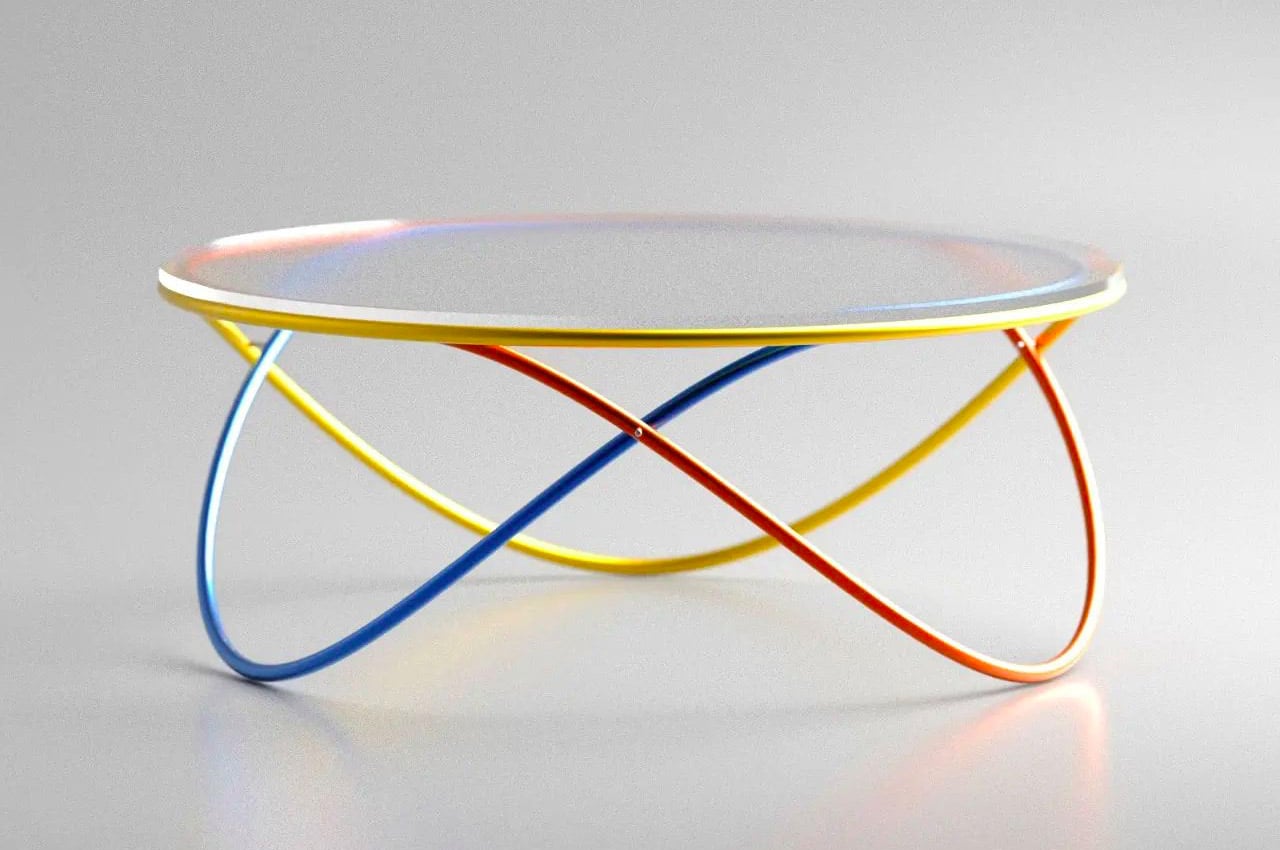
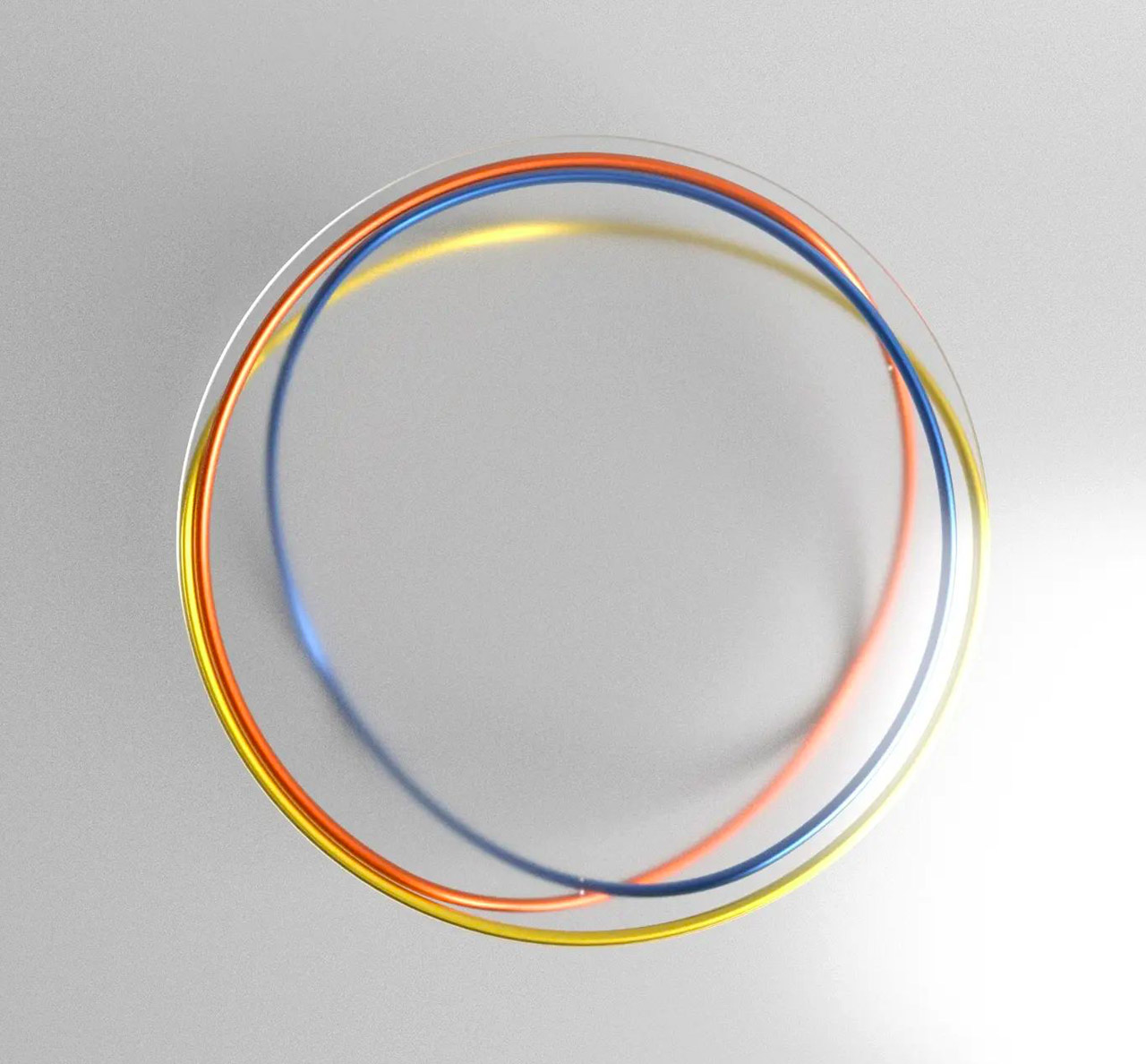
The Orbit Coffee Table is defined by multicolored and interloping legs. The design draws inspiration for the table legs from the orbits you find in outer space. If you compare the coffee table to the images you’ve seen in your school textbooks of planets orbiting the sun, you’ll realize that they’re actually quite similar!
Why is it noteworthy?
The coffee table features a round glass tabletop that is supported by three oscillating metal tubes. The tubes are interestingly intertwined, creating an intriguing visual mesh, which is further enhanced by giving each of them a different color. Aktay gave the tubes separate colors, to provide each element with a sense of individuality, and to help segregate them distinctly. This ensures that we notice and appreciate the unique construction of the table thoroughly.
What we like
- Inspired by orbits found in outer space
What we dislike
5. The Dune Table
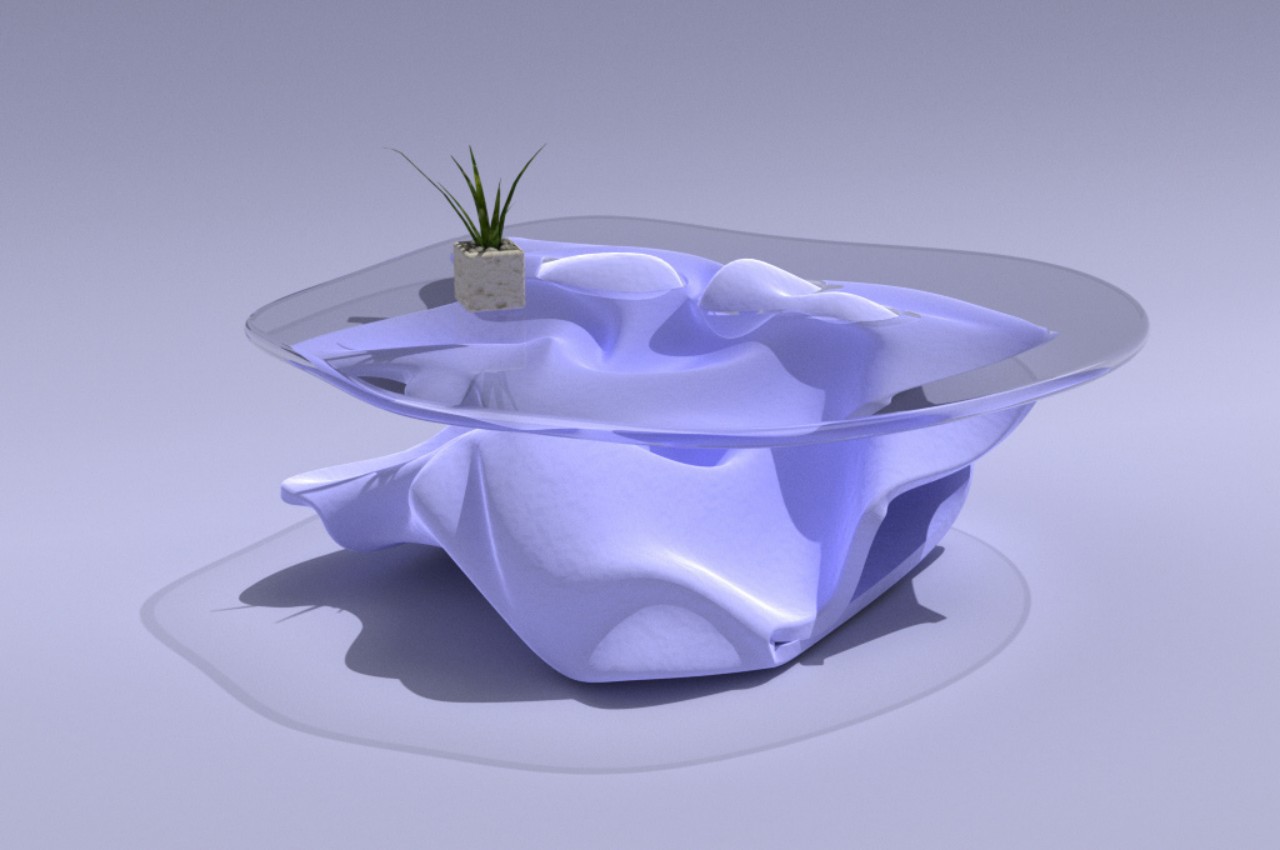
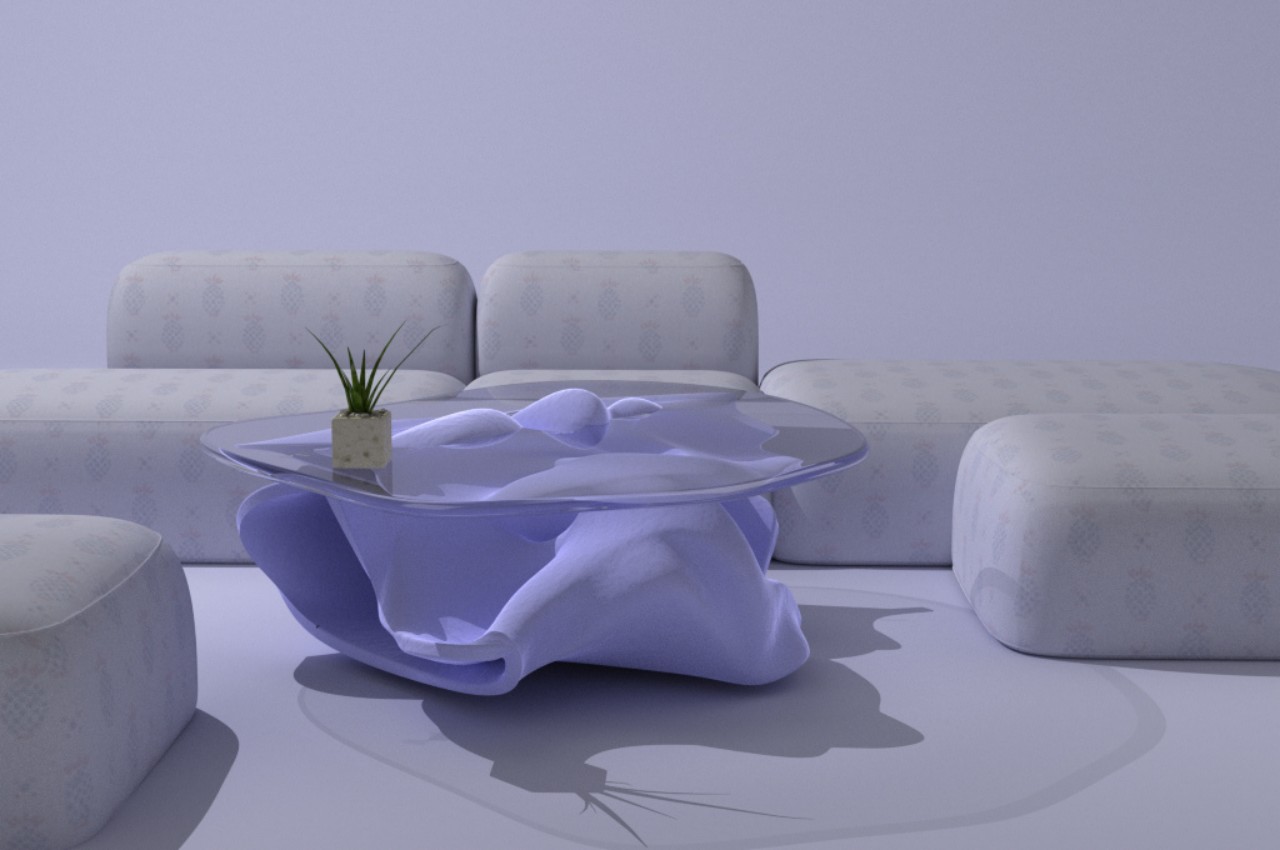
This beautiful center table concept is designed to make people feel at peace – with the help of loose sand. You don’t need to visit a beach or travel to a desert to enjoy the sensation of this, you can now do it in the comfort of your own home with the Dune table!
Why is it noteworthy?
The Dune table’s name makes clear its inspiration, which might not be immediately apparent simply from its form. Unlike a gently sloping dune, the table’s base rises and falls in an almost random pattern. This creates shapes, edges, and corners that wouldn’t be ordinarily possible with natural dunes. Along with its blue hue, however, it gives the table an almost mystical and otherworldly character that only adds to its soothing visual.
What we like
- The tabletop also follows this amorphous design, forming an irregular shape rather than a typical circle or ellipse. It gives a perfect view of the man-made dune underneath, serving both functional and aesthetic duties
What we dislike
6. The Wait
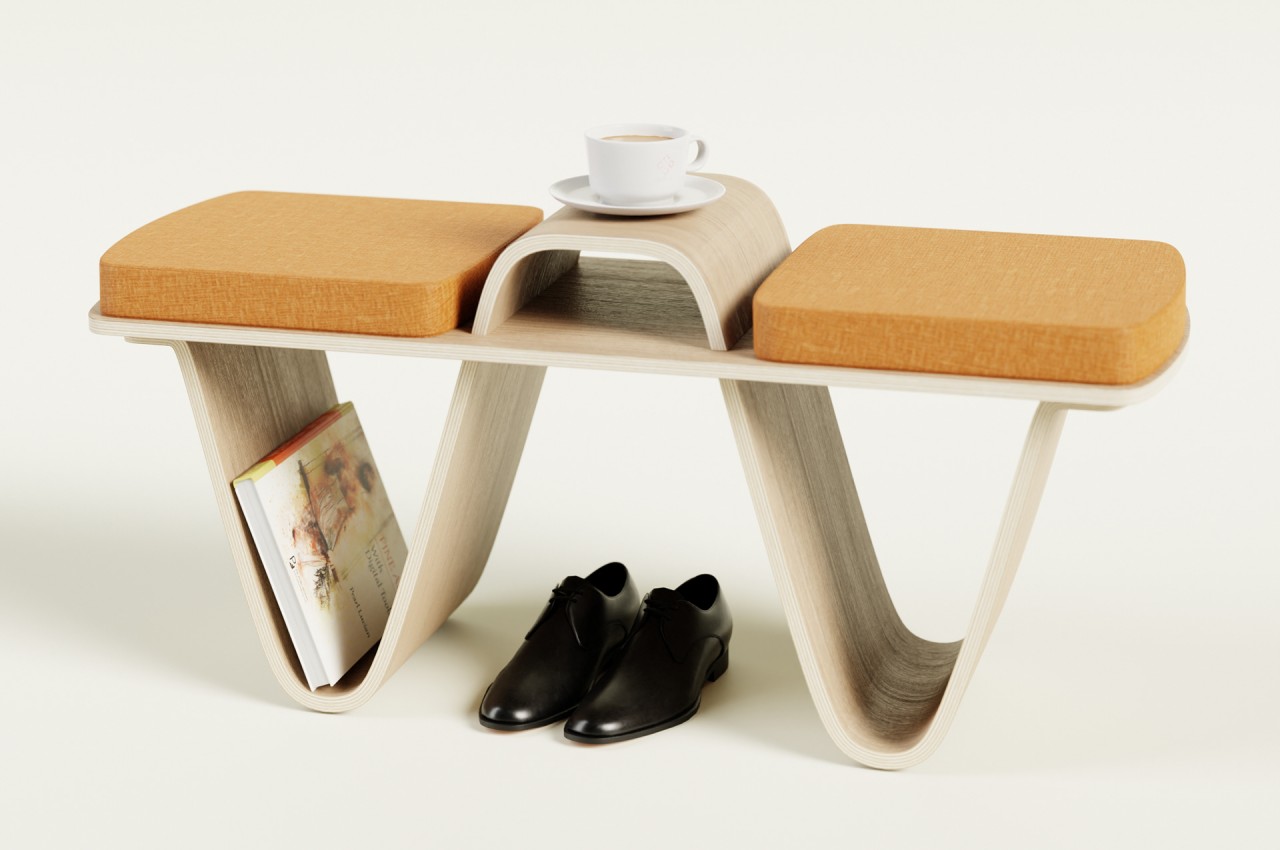

Called, the Wait, this multifunctional piece of furniture features a horizontal slab of wood that interconnects a wave-like form, giving it a sense of dynamism and free-flowing movement. The coffee table/ bench is lying in wait, ready to jump into action at any given moment.
Why is it noteworthy?
The dynamism is also present in how the furniture can be used. It takes very little to change the function of the piece; simply removing one or both cushions frees the surface to be used as table tops. You don’t even have to stick to one or the other mode since leaving one cushion creates a half-and-half that serves both purposes.
What we like
- Multifunctional piece of furniture
- Excellent option for storage space in tiny apartments
What we dislike
7. The Circus Coffee Table
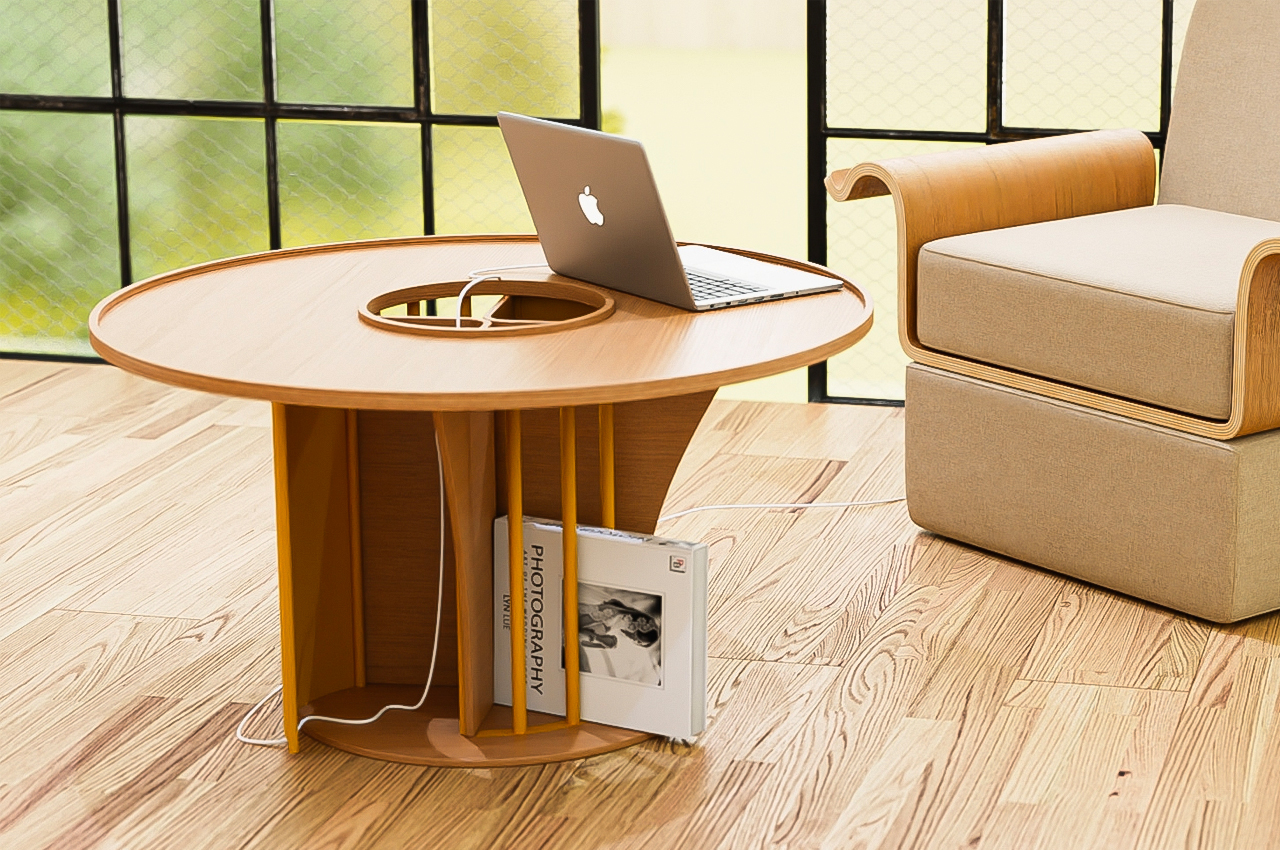
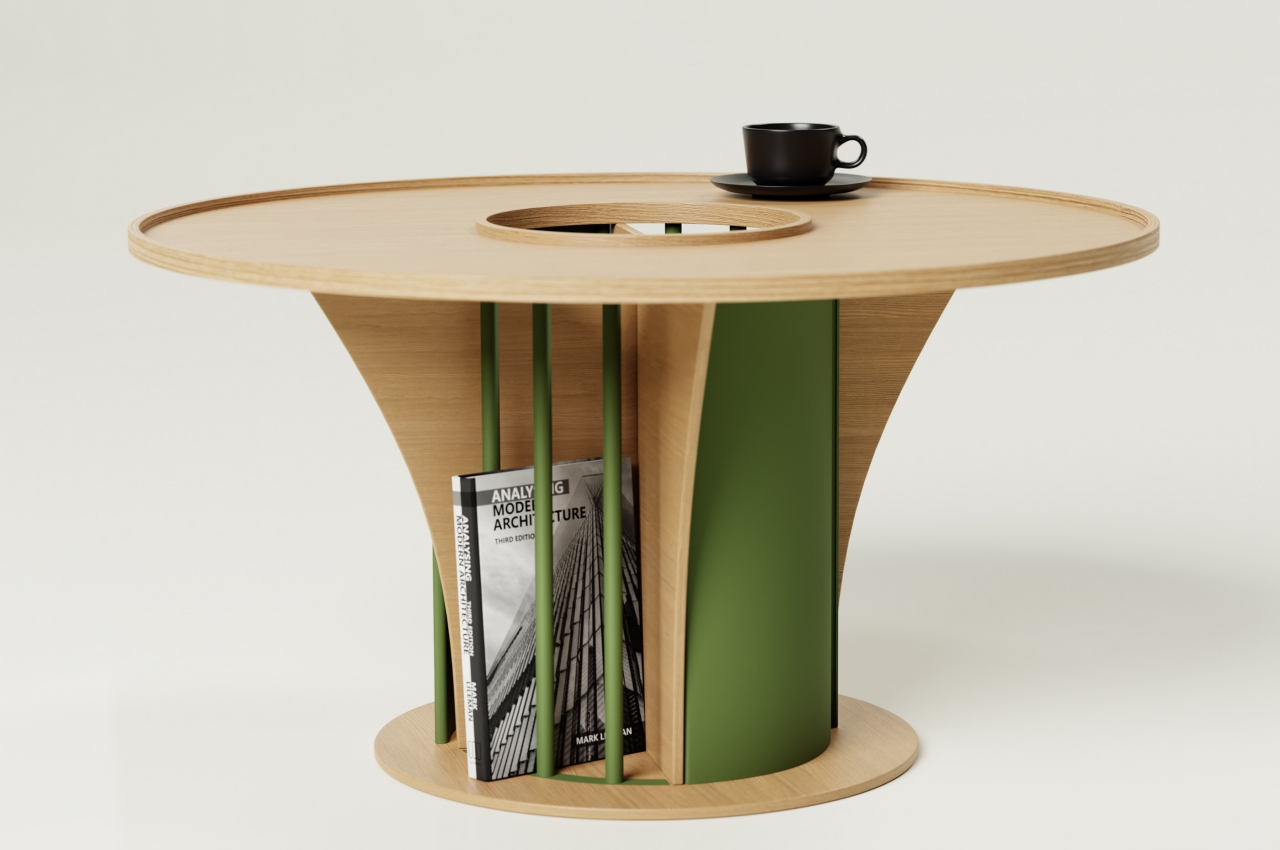
Much like its name, the Circus coffee table is an intriguing concept designed to bring people together in an active, interactive, and chaotic manner. Unlike conventional coffee tables, the circus coffee table is quite tall, and it can be used as a regular desk if need be.
Why is it noteworthy?
The table’s jumble of shapes and materials is almost chaotic, just like a circus. You have a predominantly wooden table with metal components that add functionality to the table. The large circular hole in the middle turns the disc into a donut and reveals two triangular shapes that form the legs of the table. Instead of a solid cylindrical base, the table has metal bars and doors on opposite sides, creating further contrasts in terms of design.
What we like
- Designed to be the center of attraction
- Can function as a regular desk too
What we dislike
- Some people may not like the unconventionality of the design
8. The Cloth Coffee Table
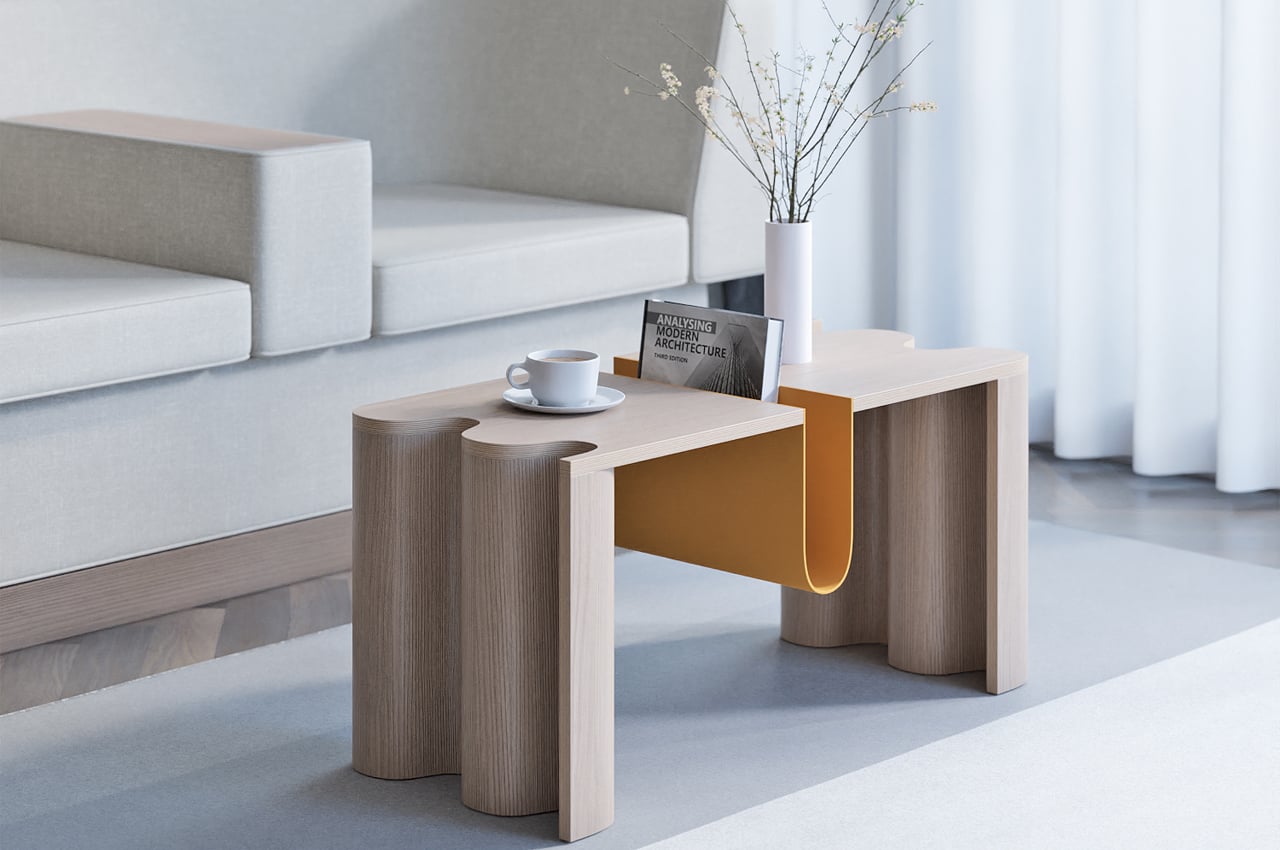
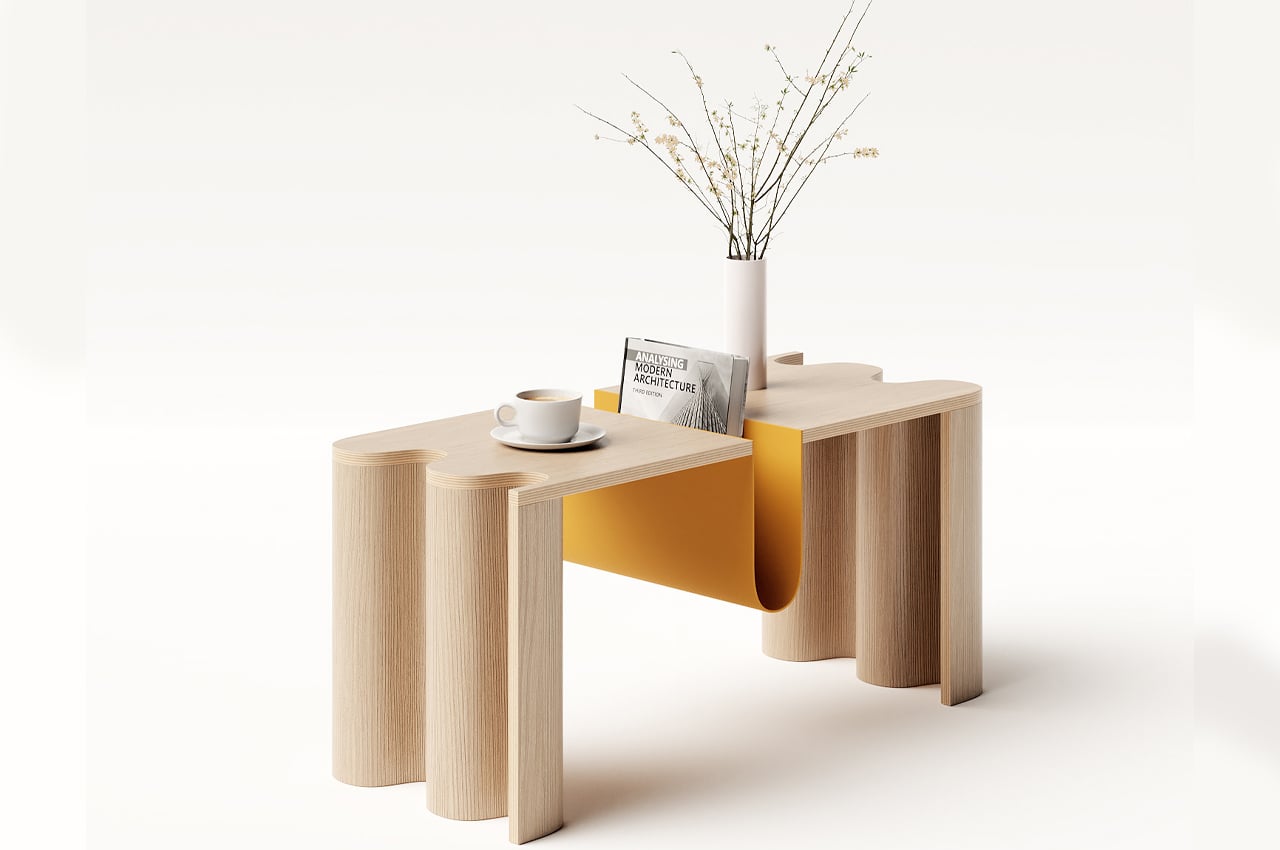
The Cloth coffee table is characterized by a curved bookstand that functions as the table’s centerpiece. The rather curvy personality of the table is seen throughout its bulky bold. The coffee table perfectly strikes a a balance between boldness and elegance, beautifully integrating soft and loud elements.
Why is it noteworthy?
Doing minimalism before it was cool, Japanese and Scandinavian share a lot of common design principles, including a focus on warmth, groundedness, and a subdued color scheme for an overall calming effect. With aim of merging these principles together to design Cloth, Teixeira hoped to find a “balance between boldness and elegance, depending on the angle.”
What we like
- An artful blend of Japanese and Scandinavian design philosophies
- The curved bookstand is a distinguishing feature
What we dislike
9. The REVERSE Table
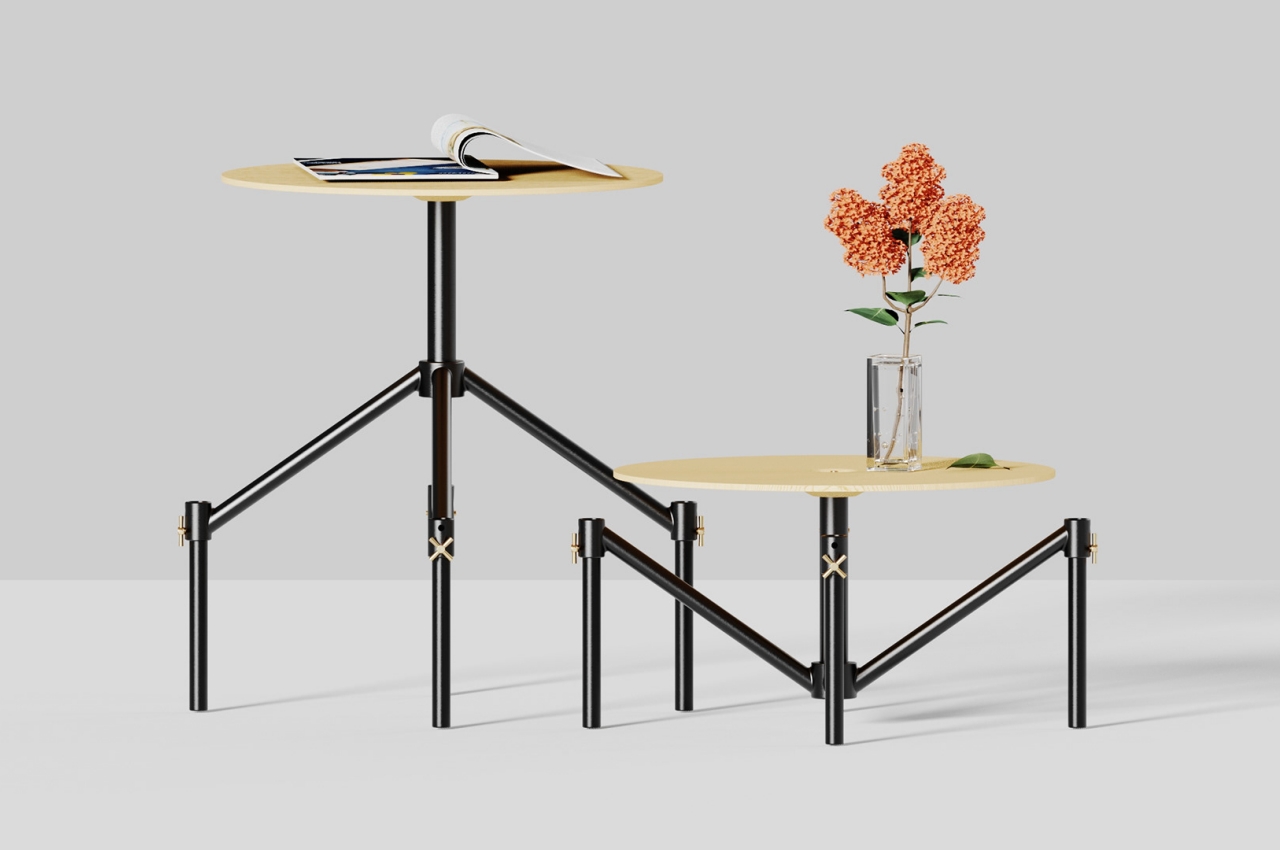
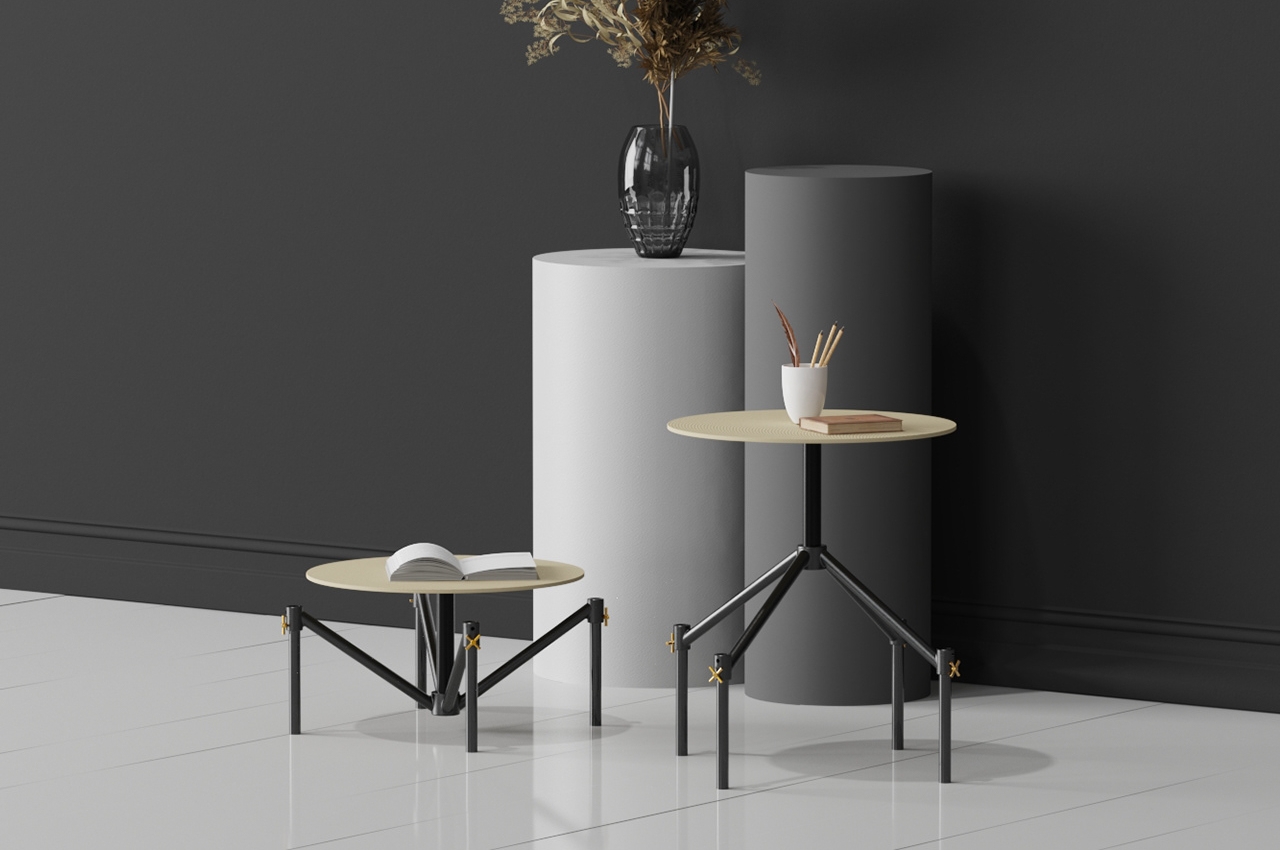
The REVERSE coffee table is not simply a coffee table, it also functions as a side table. You can reuse the same base and same table surface to alternate between the two kinds of tables.
Why is it noteworthy?
The only thing that changes is the middle support structure that determines how high the table can be. Simply reverse its orientation and you can either raise or lower the table, switching between its two functions. The one caveat is that the table’s height seems to be fixed in both situations, with no room for slightly raising or lowering the tabletop.
What we like
- Doubles up as a coffee table and side table
What we dislike
- Switching between the two modes can be complex and time consuming
10. Hearth
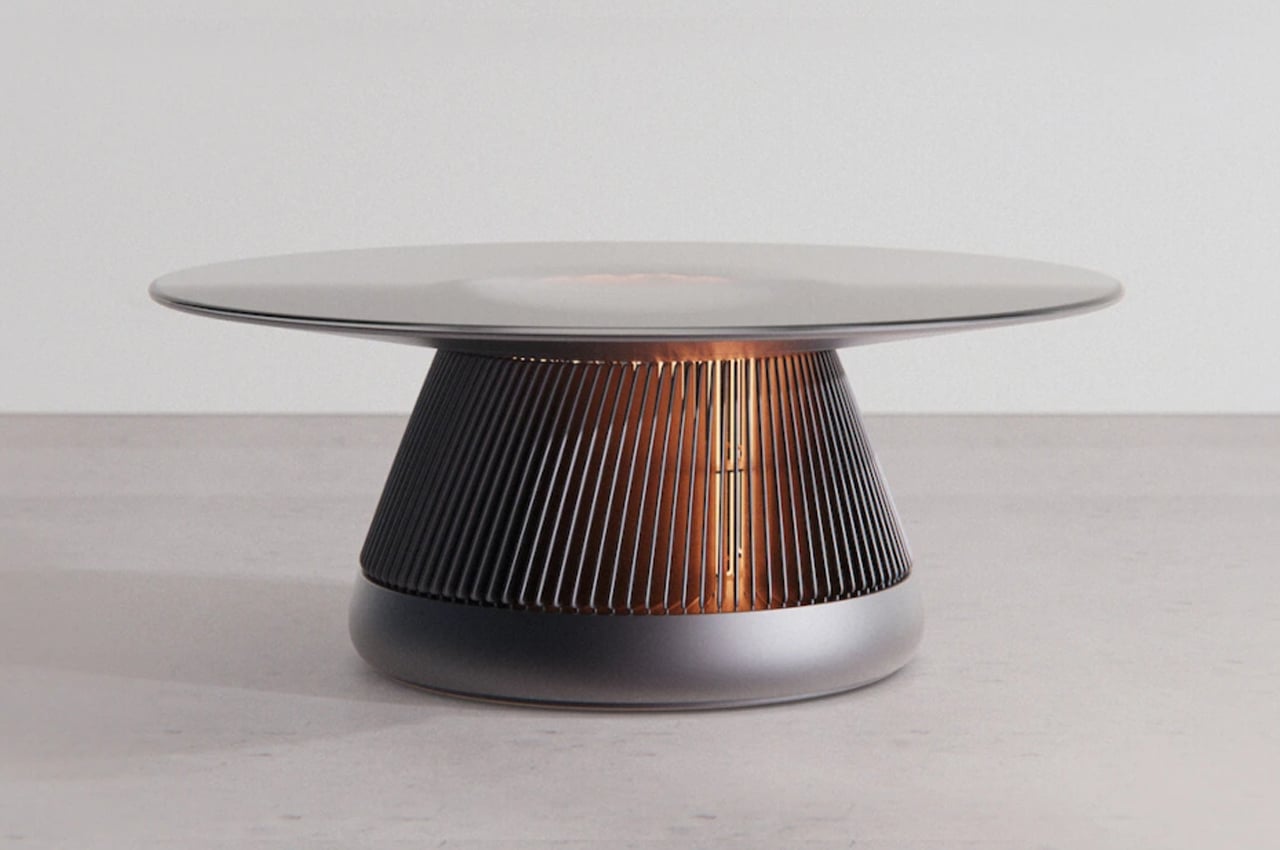
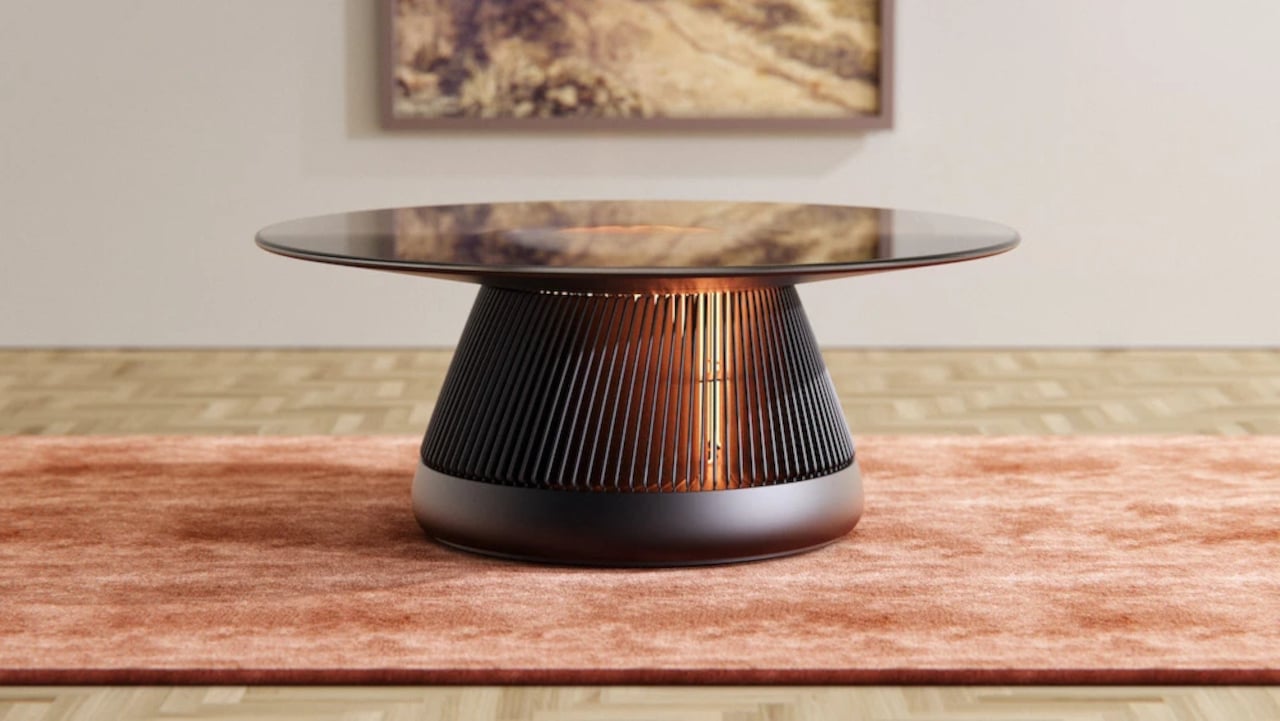
Called, Hearth, this innovative coffee table looks like a conventional and stylish table at first glance. But as you examine it deeper, you realize that it actually puts a modern spin on a rather ancient household fixture.
Why is it noteworthy?
In its dormant state, it already functions as a beautiful centerpiece for people to gather, but that’s just the tip of the iceberg. Twist that tabletop clockwise like a giant dial, and the slanted fins at the base open up, revealing the electric heater inside.
What we like
- Multifunctional design
- Functions as a beautiful centerpiece that warms up your home
What we dislike
The post Top 10 coffee table designs that are the ultimate pick-me-ups your living room needs first appeared on Yanko Design.
